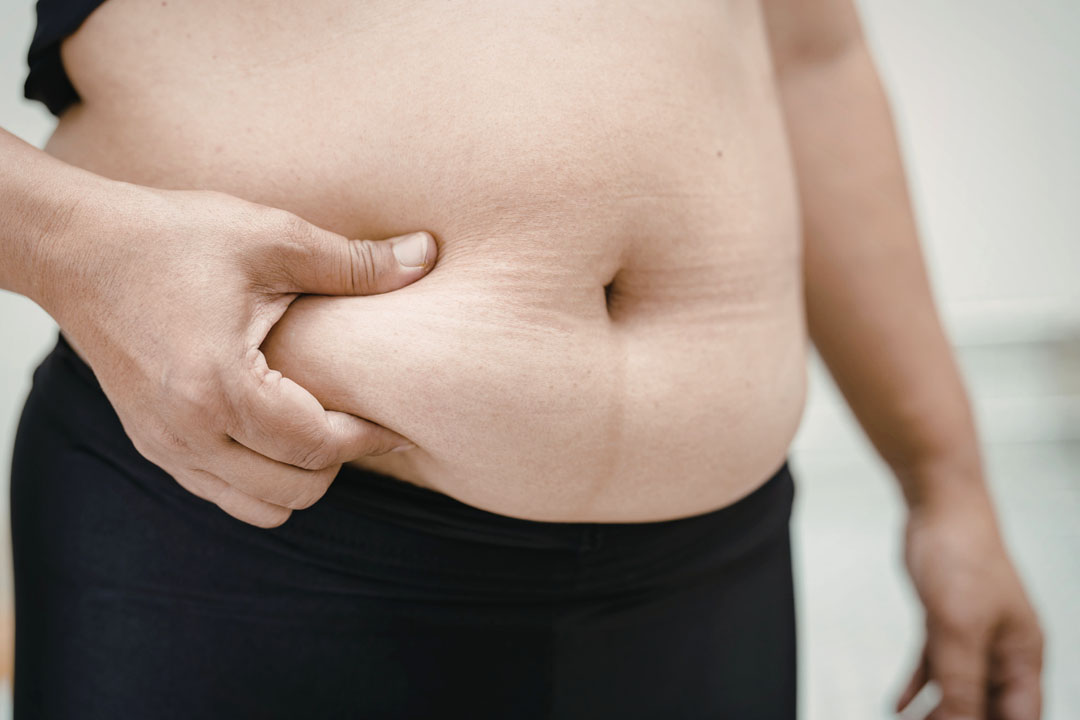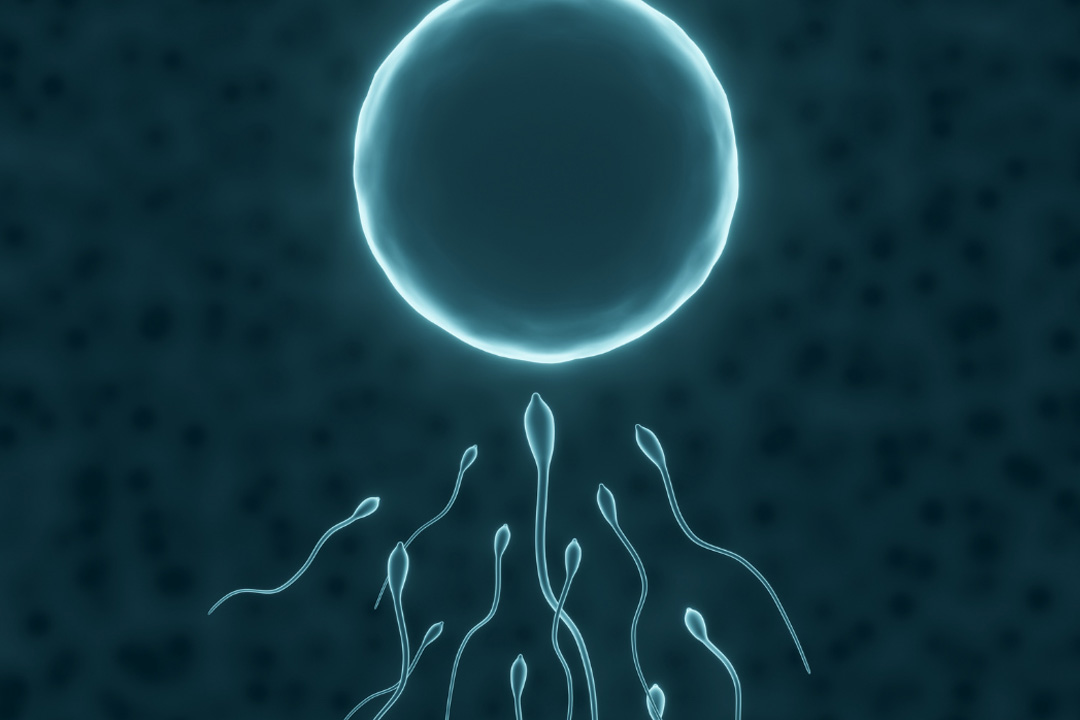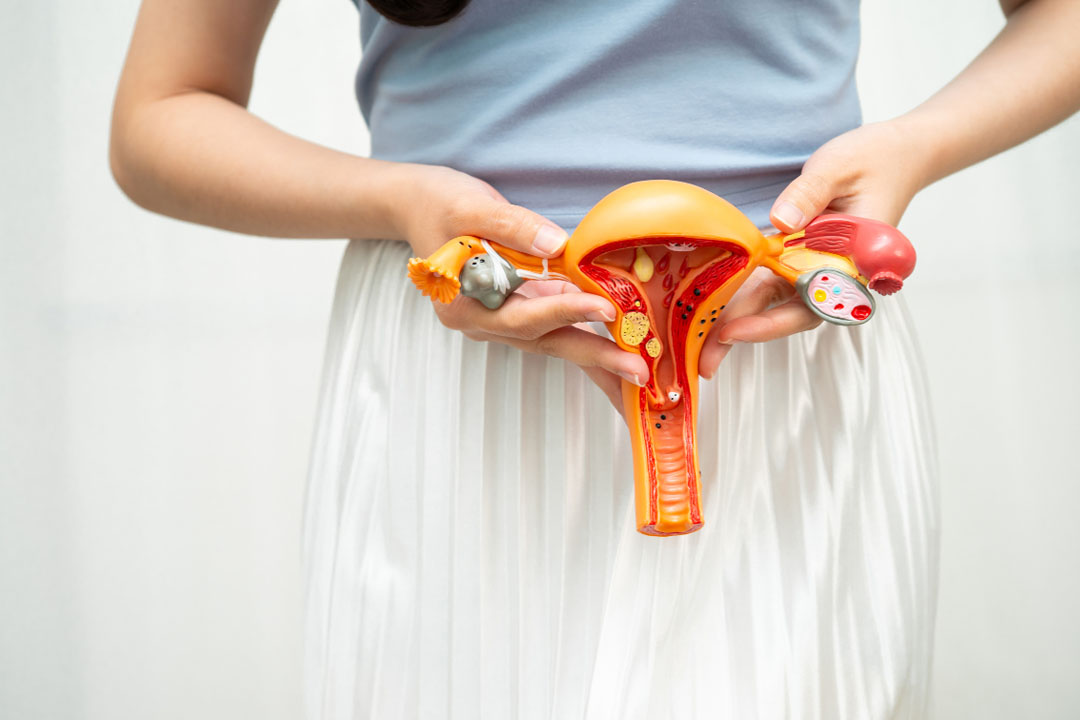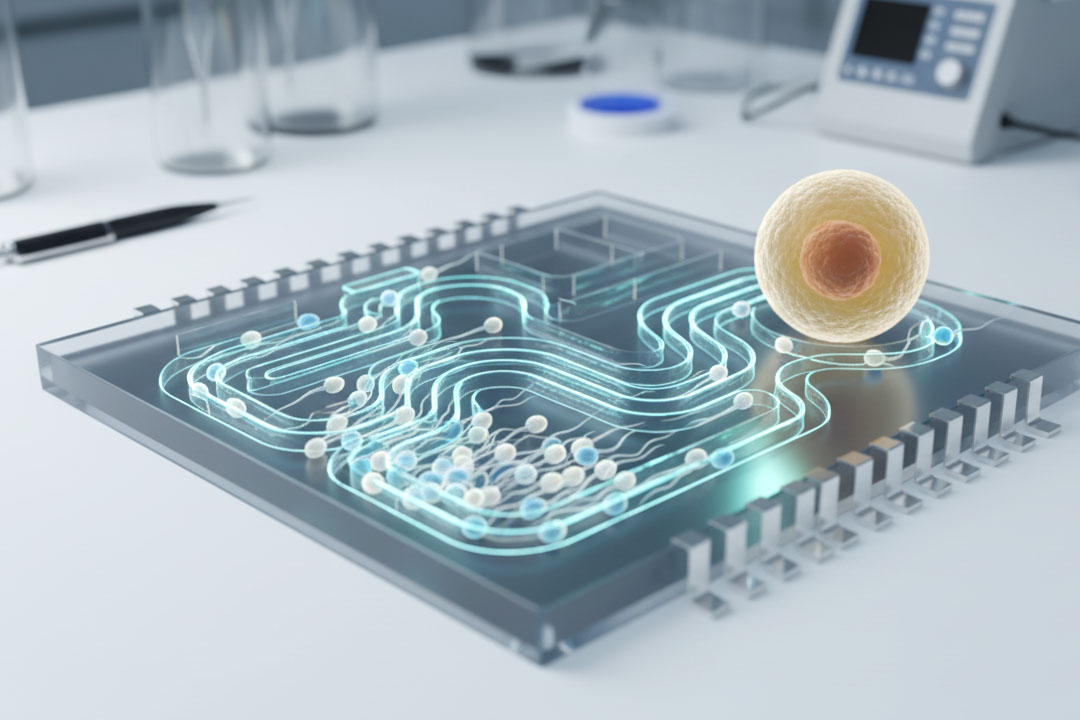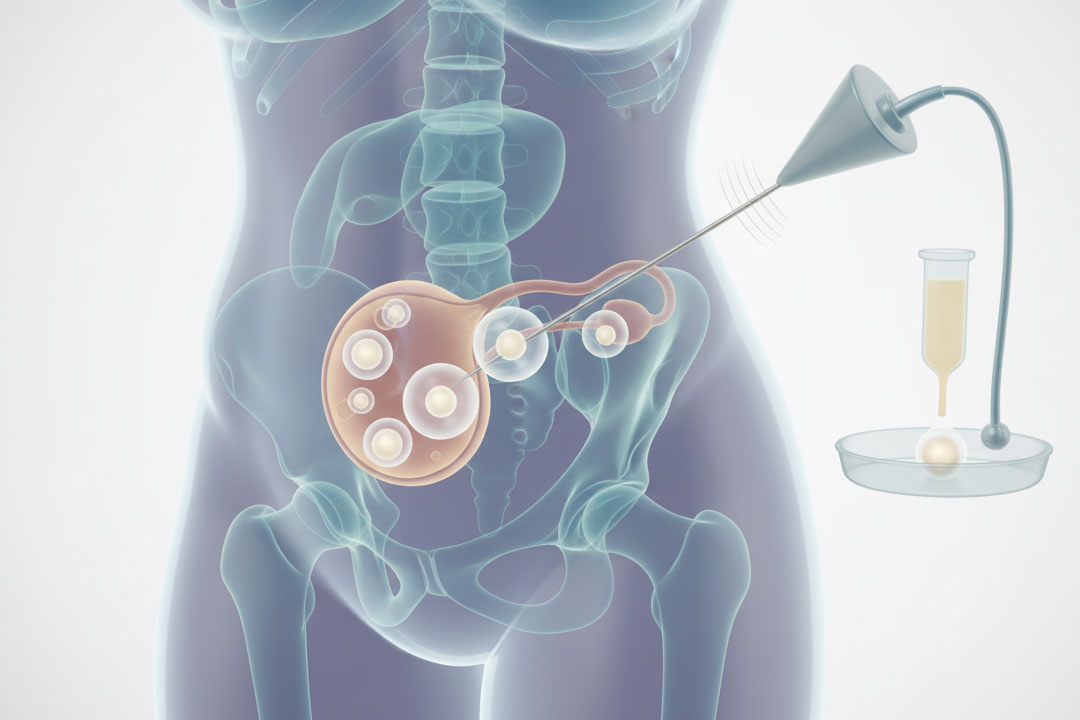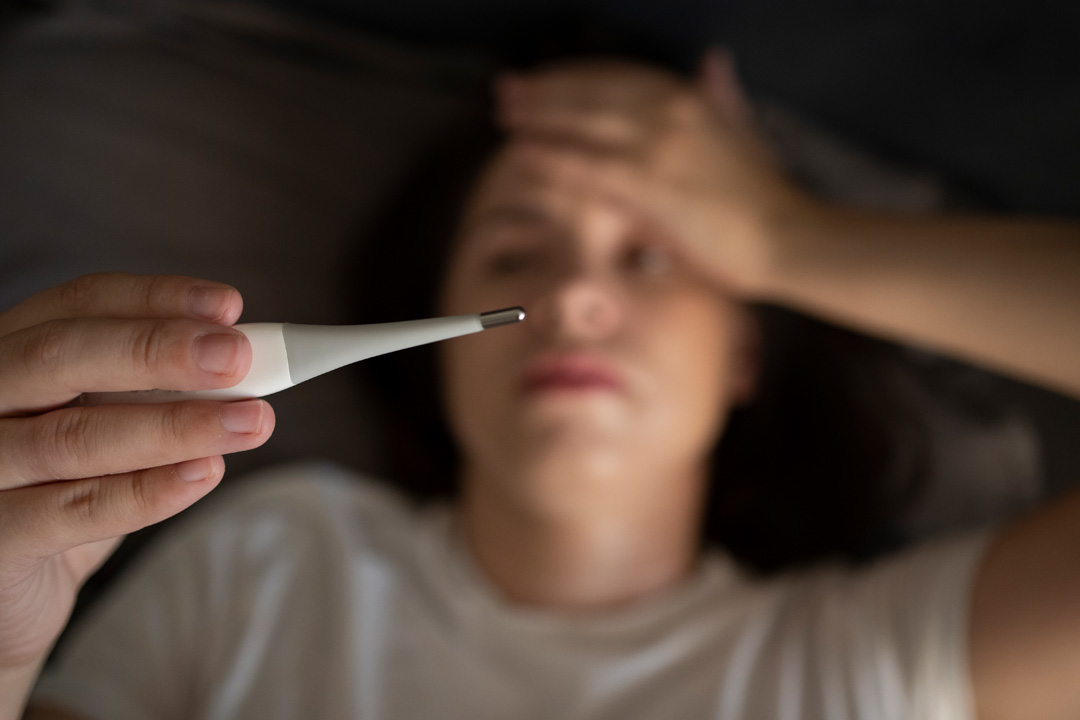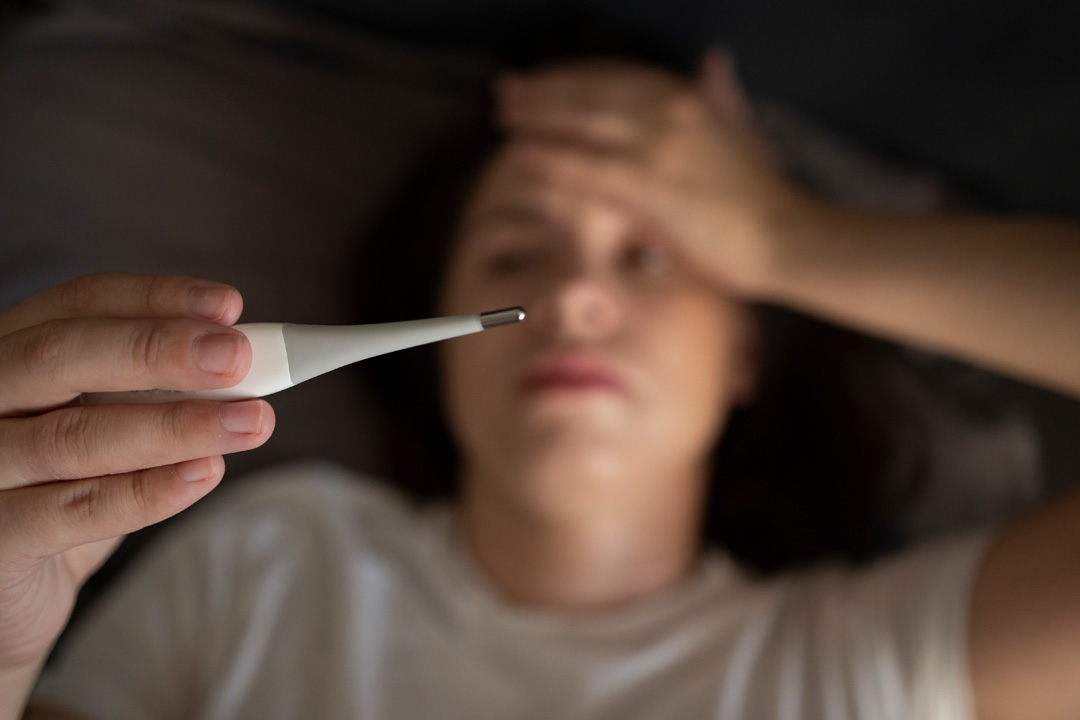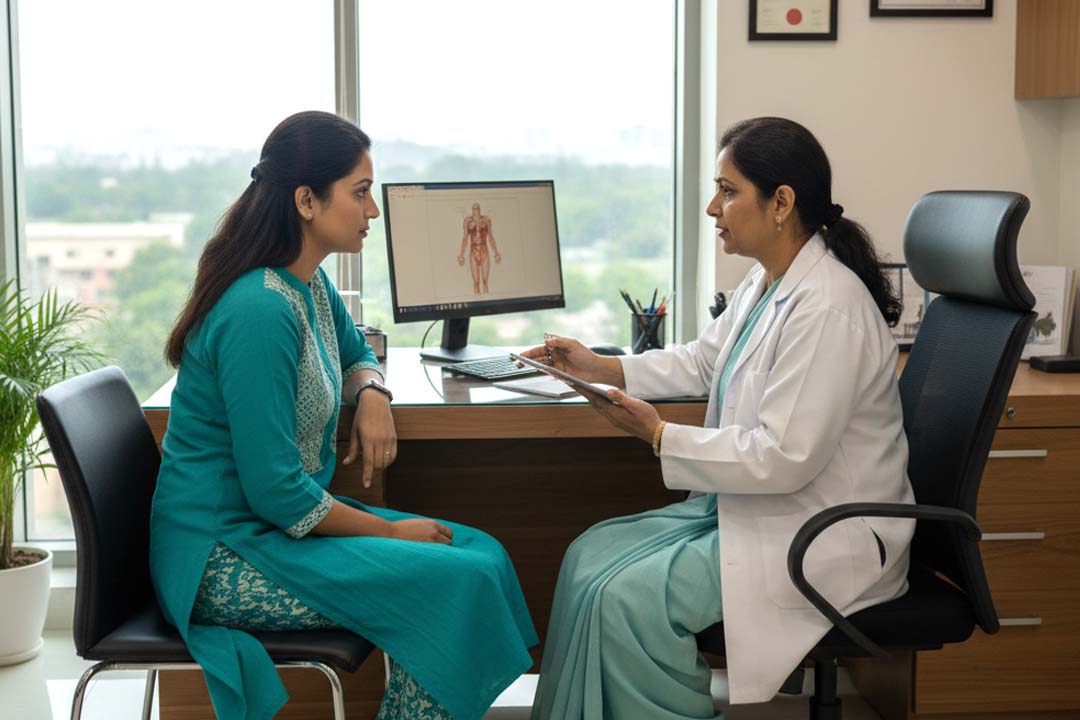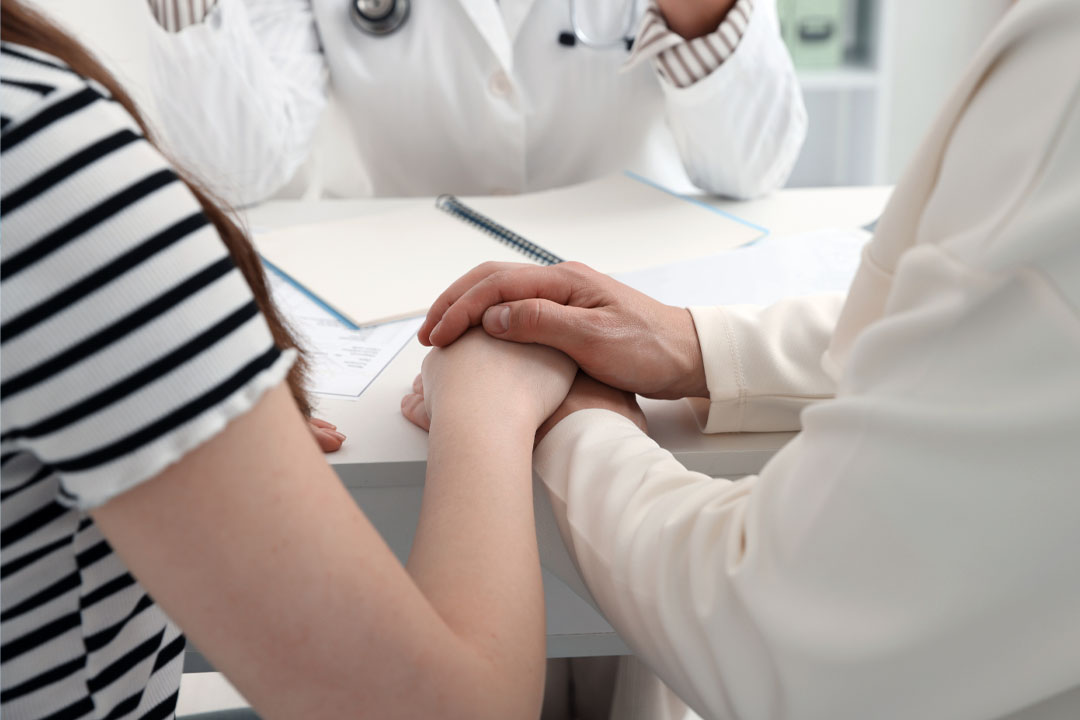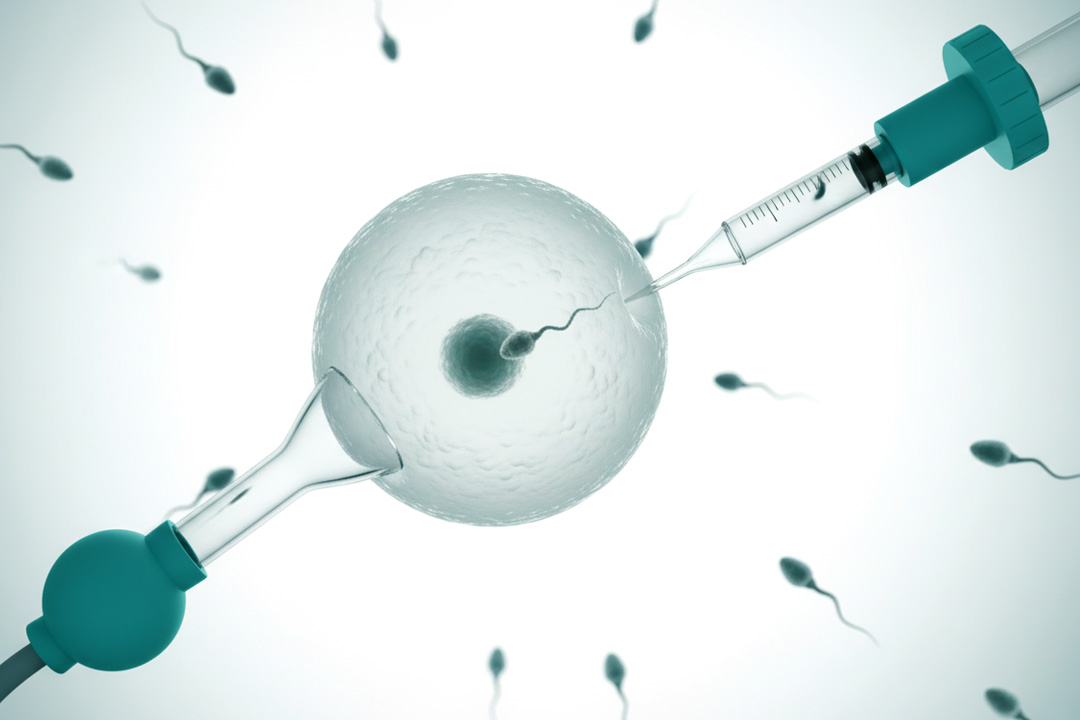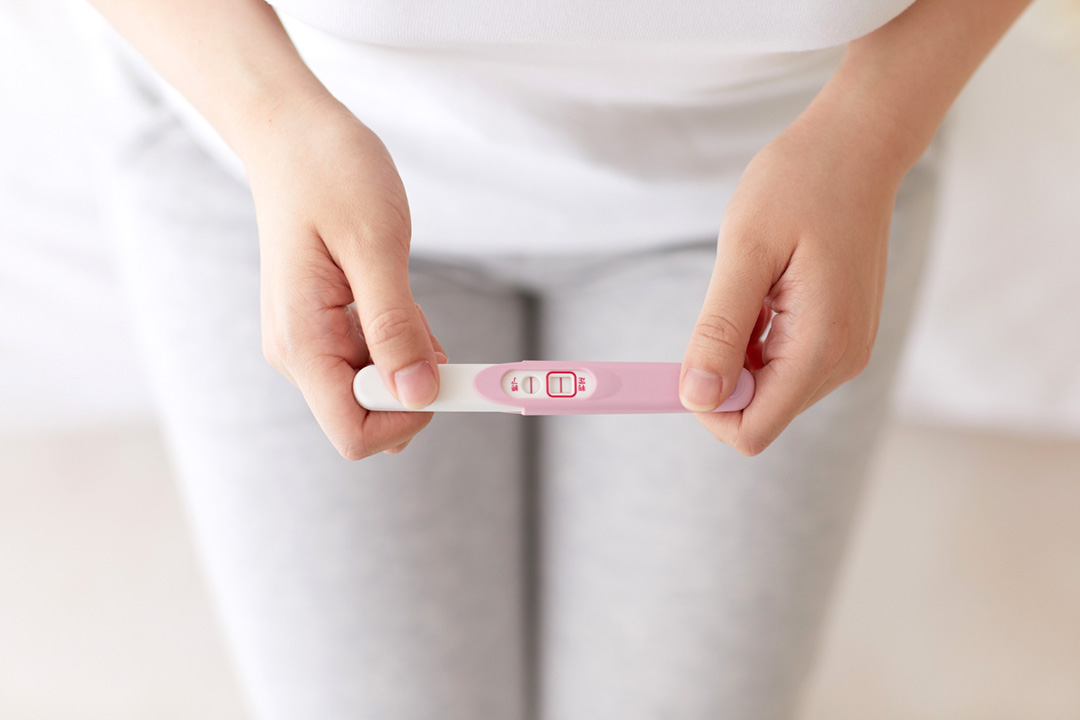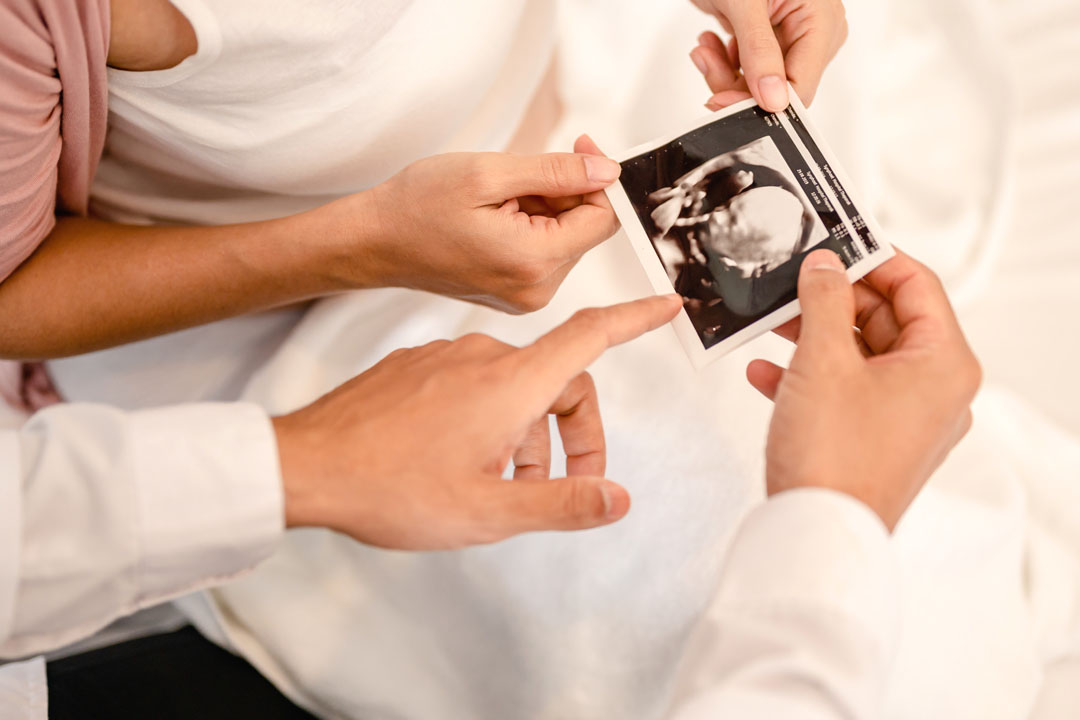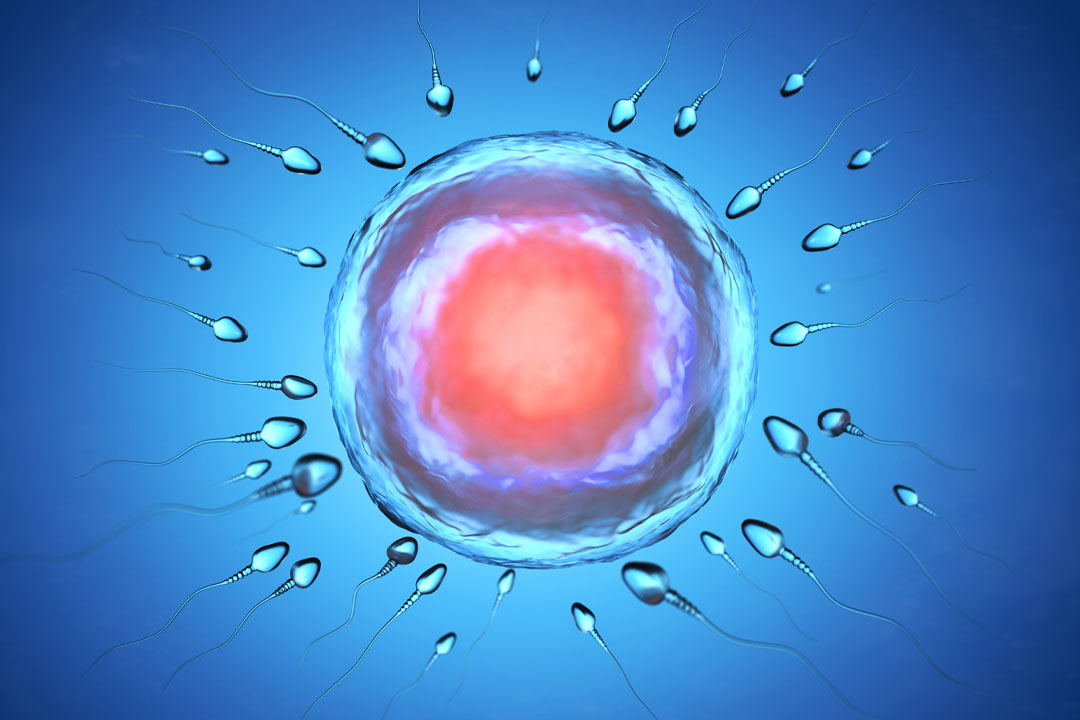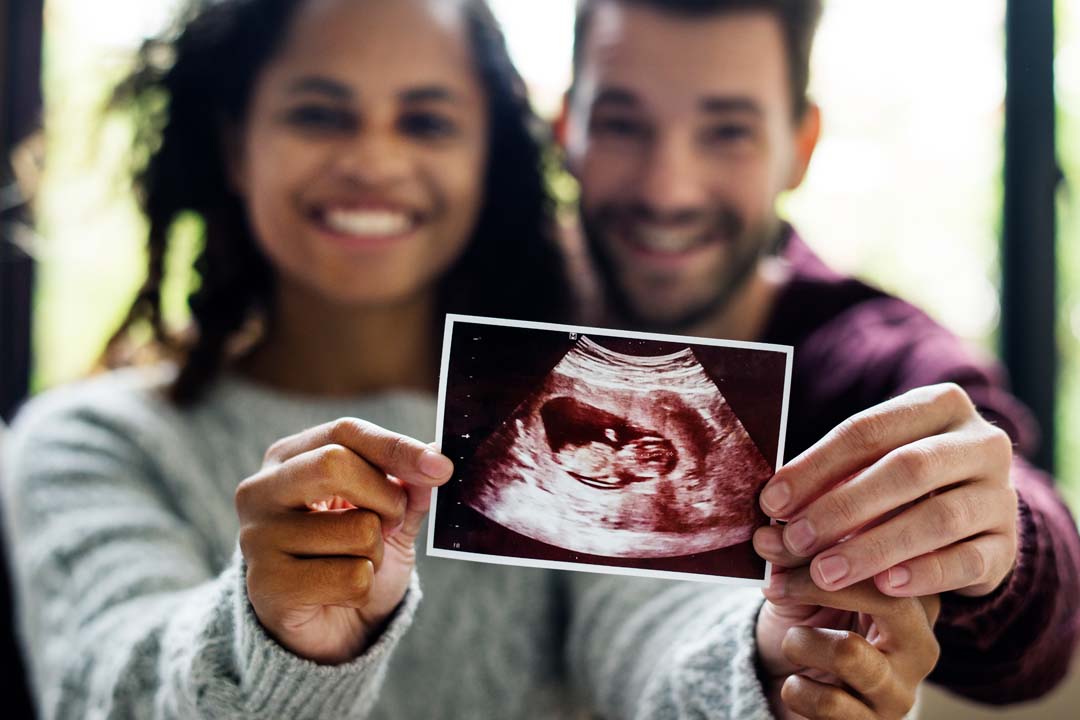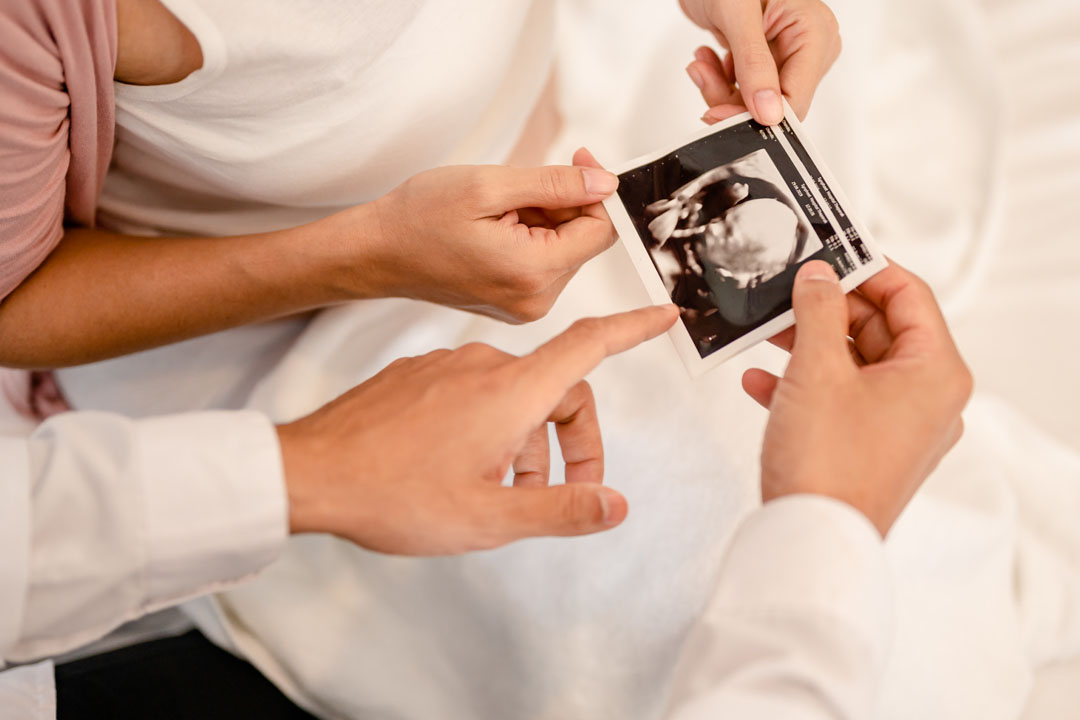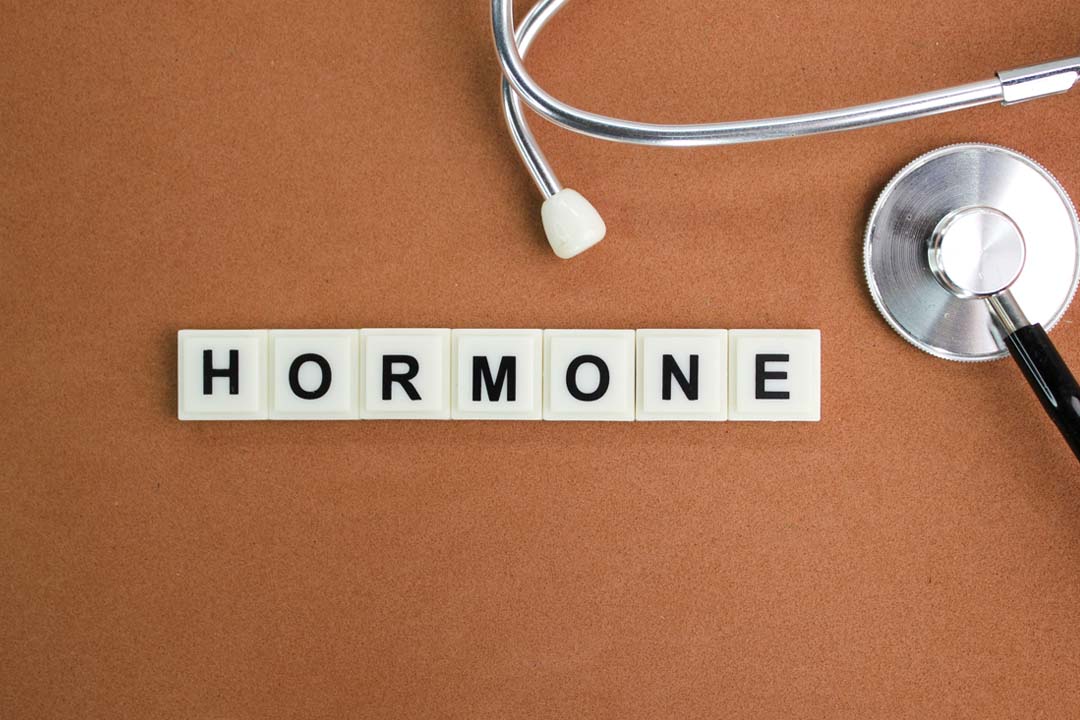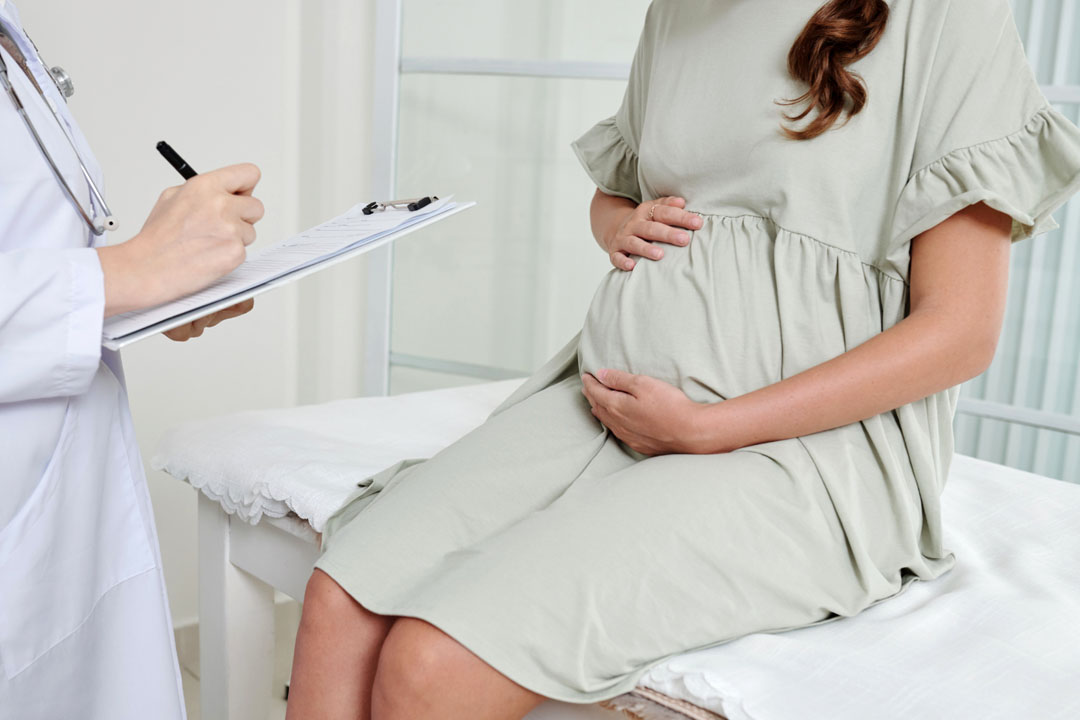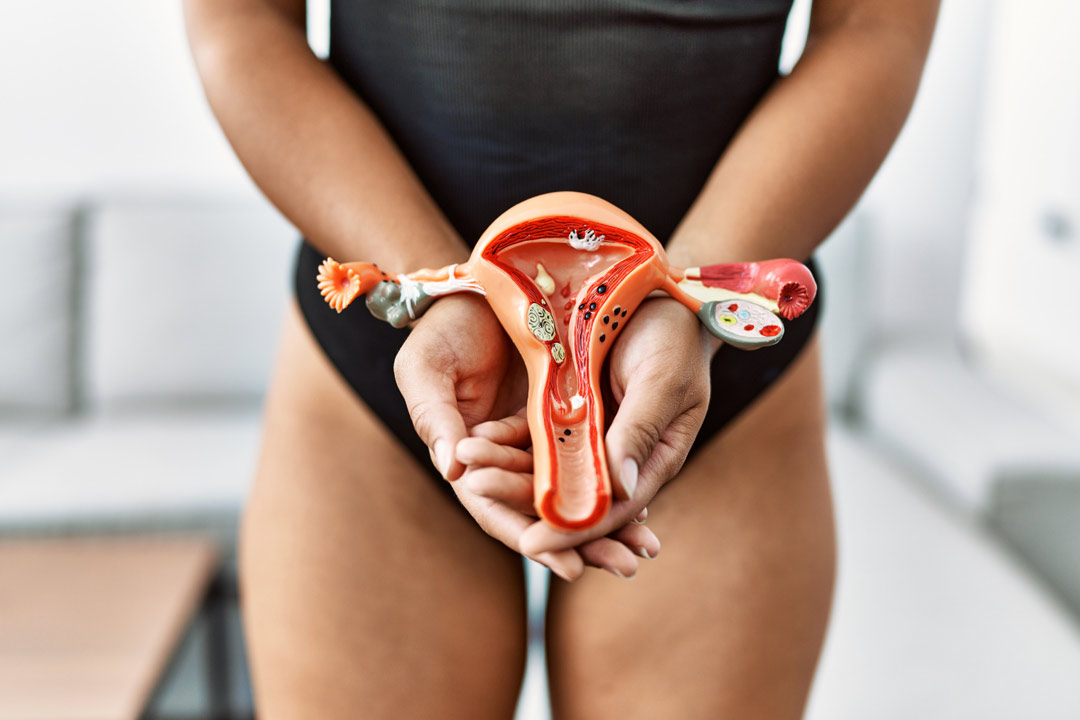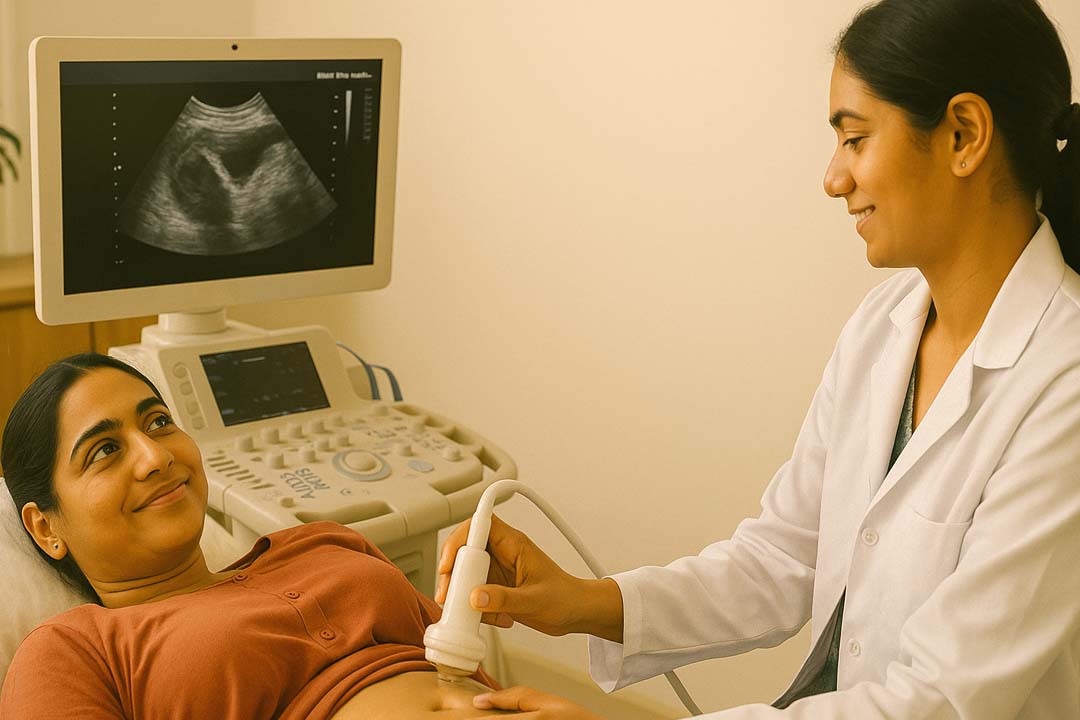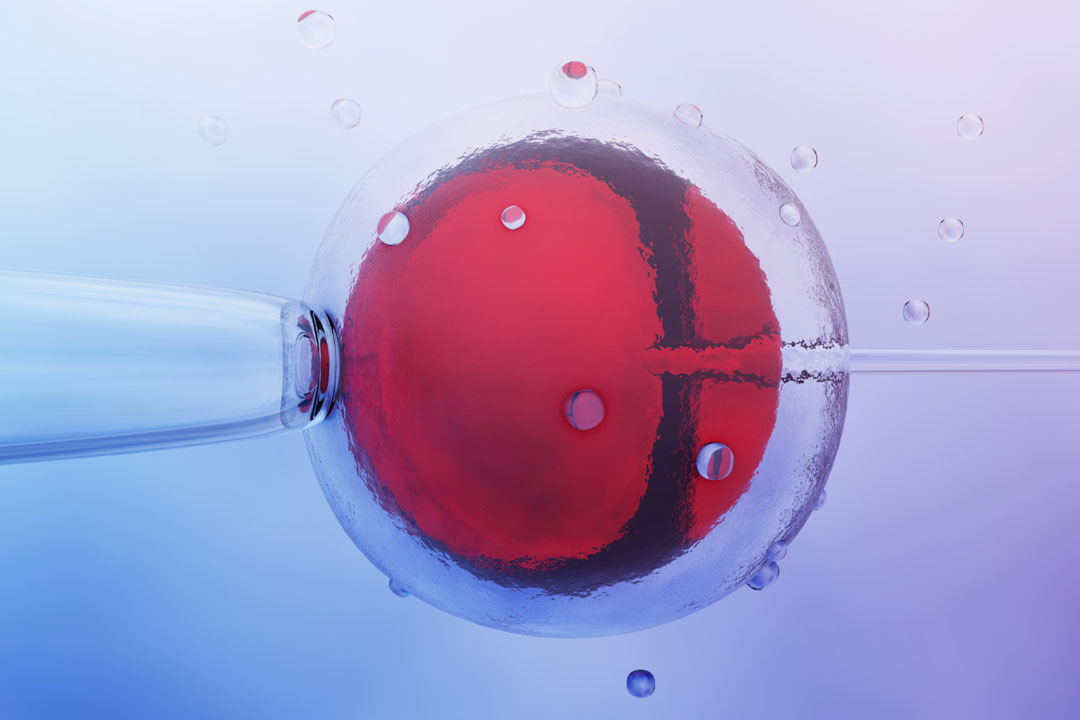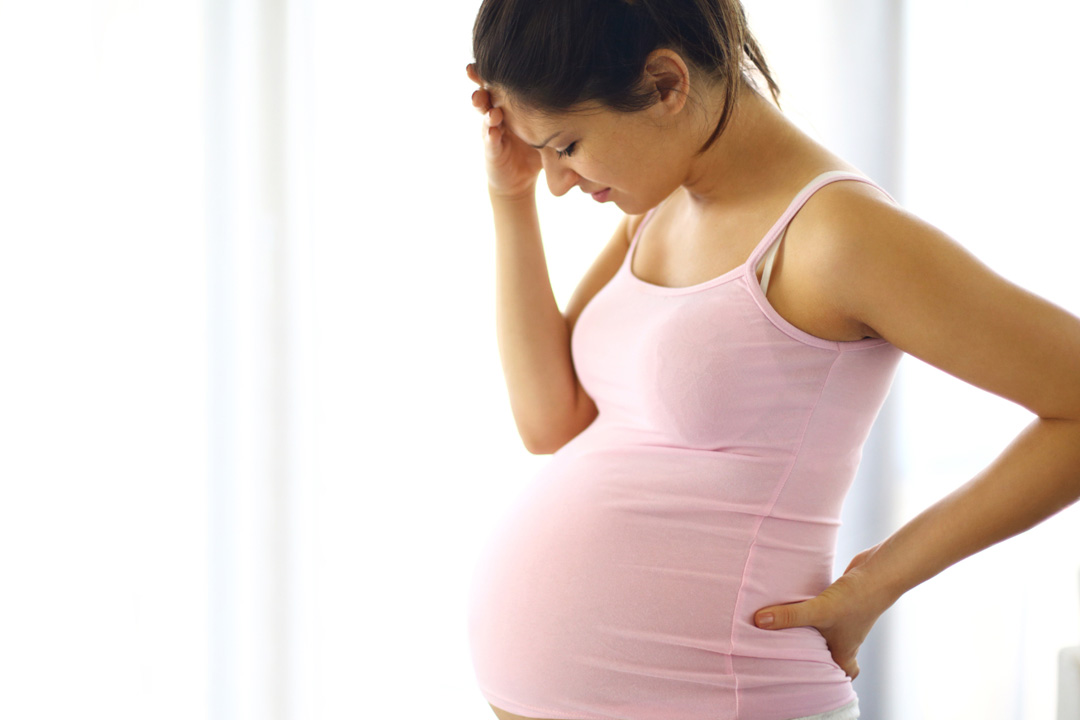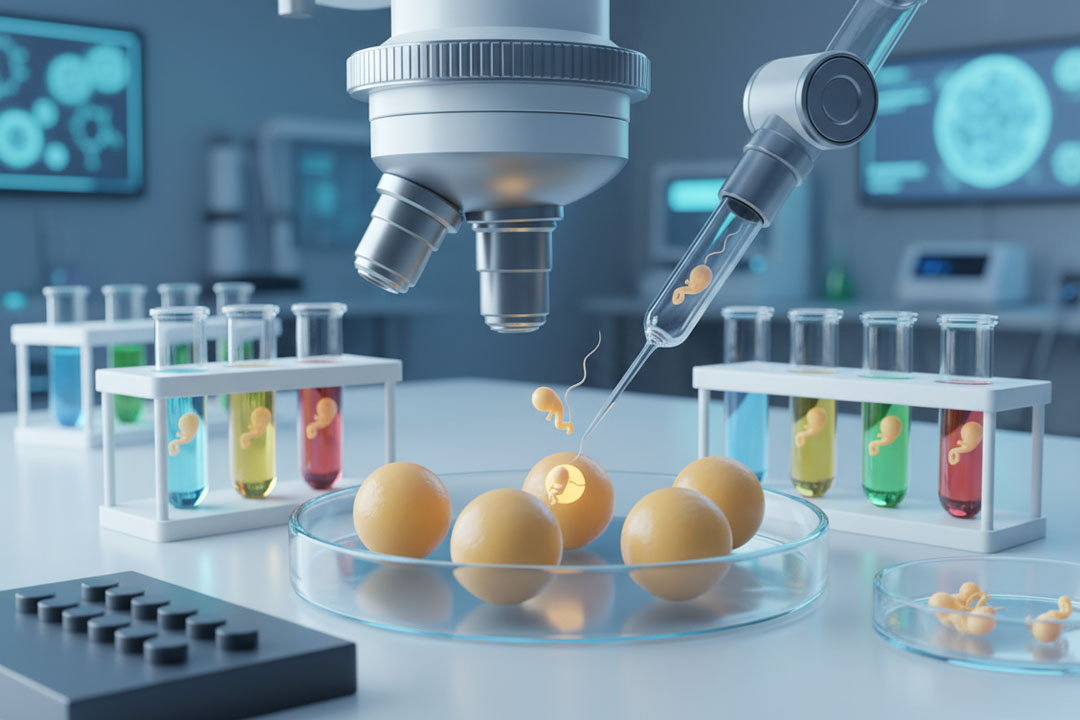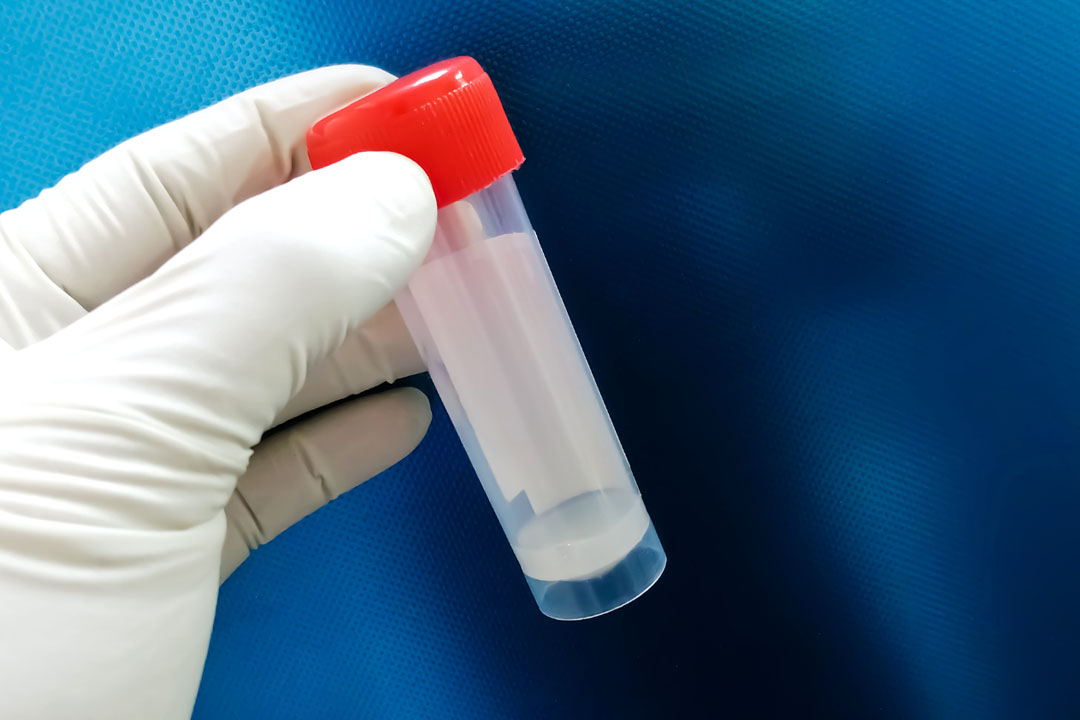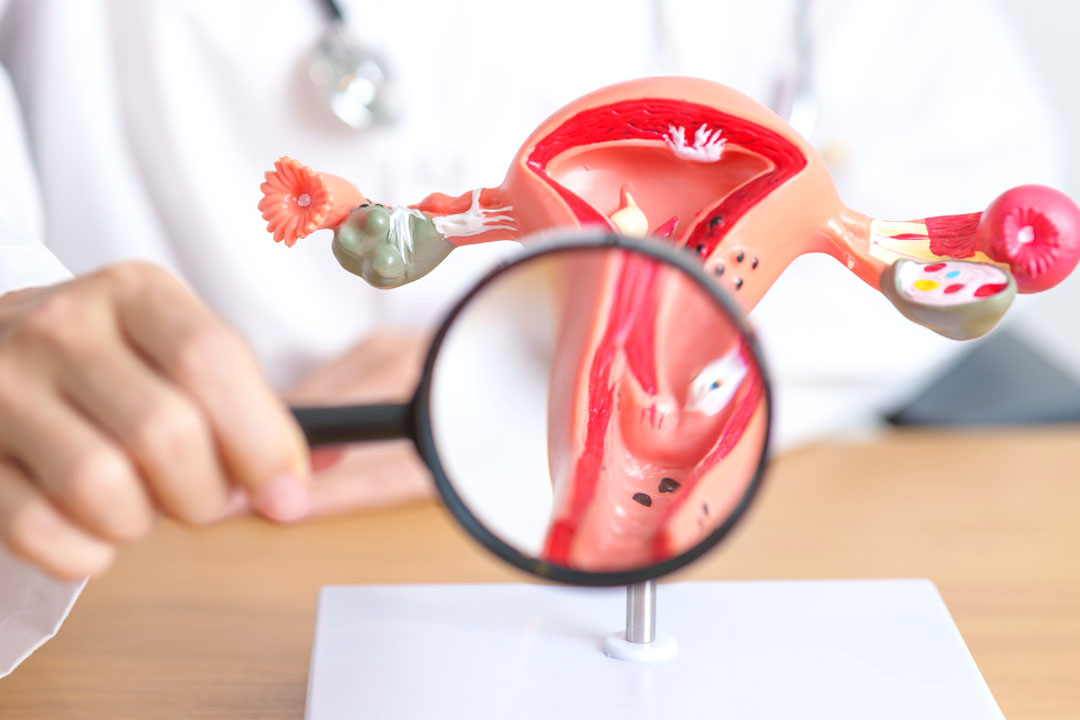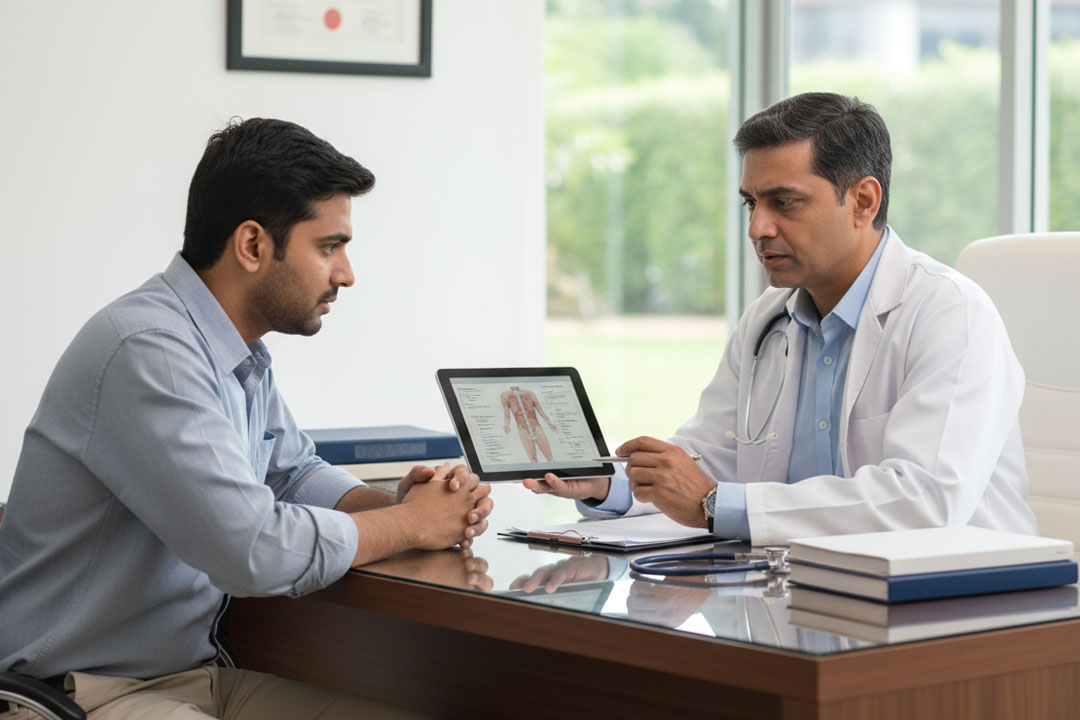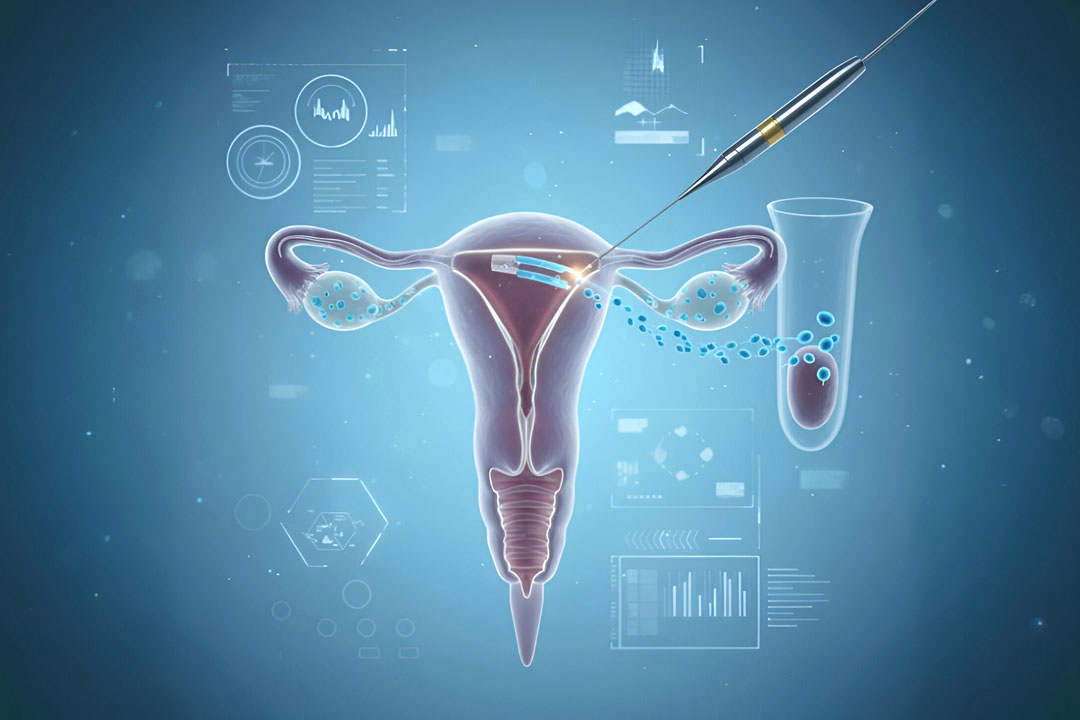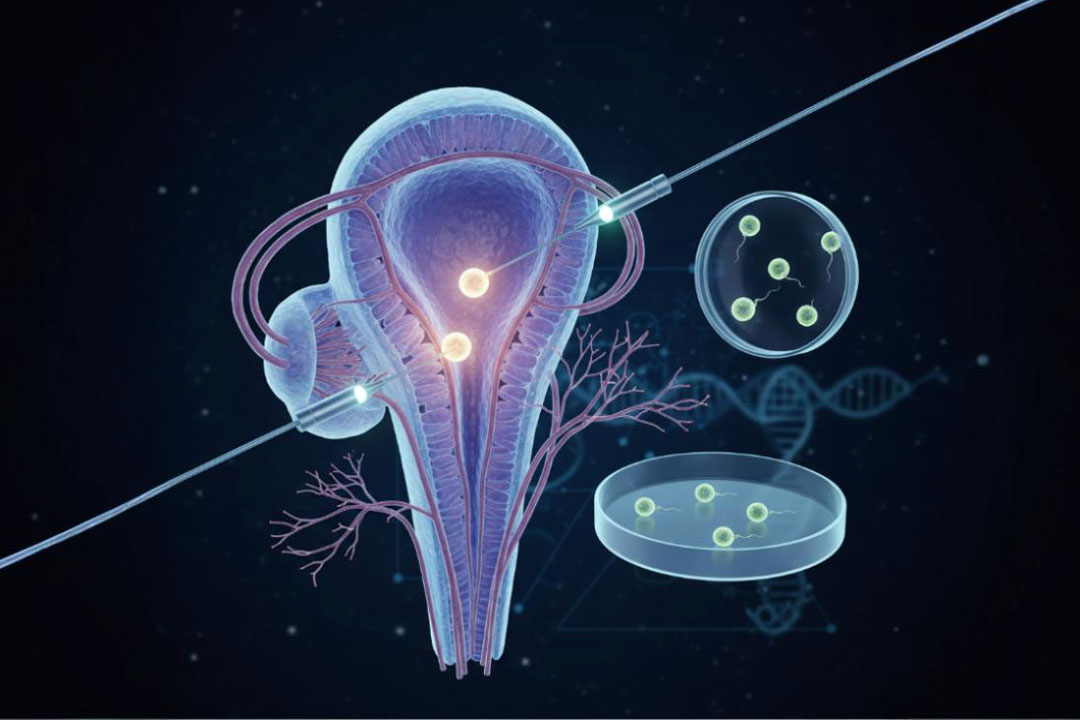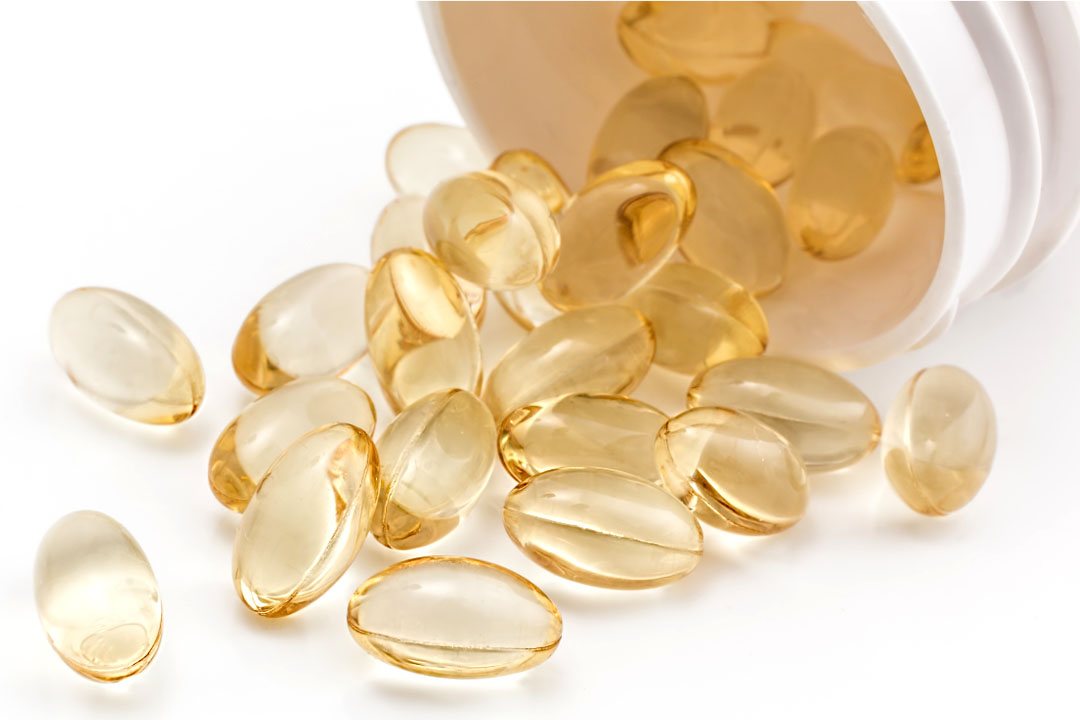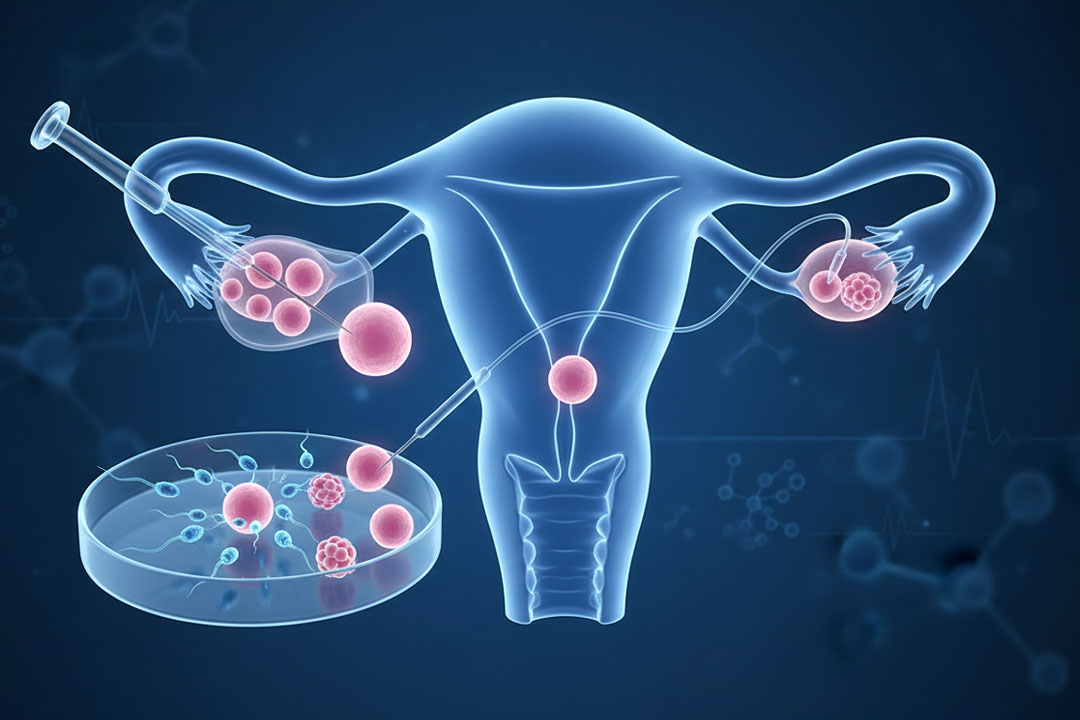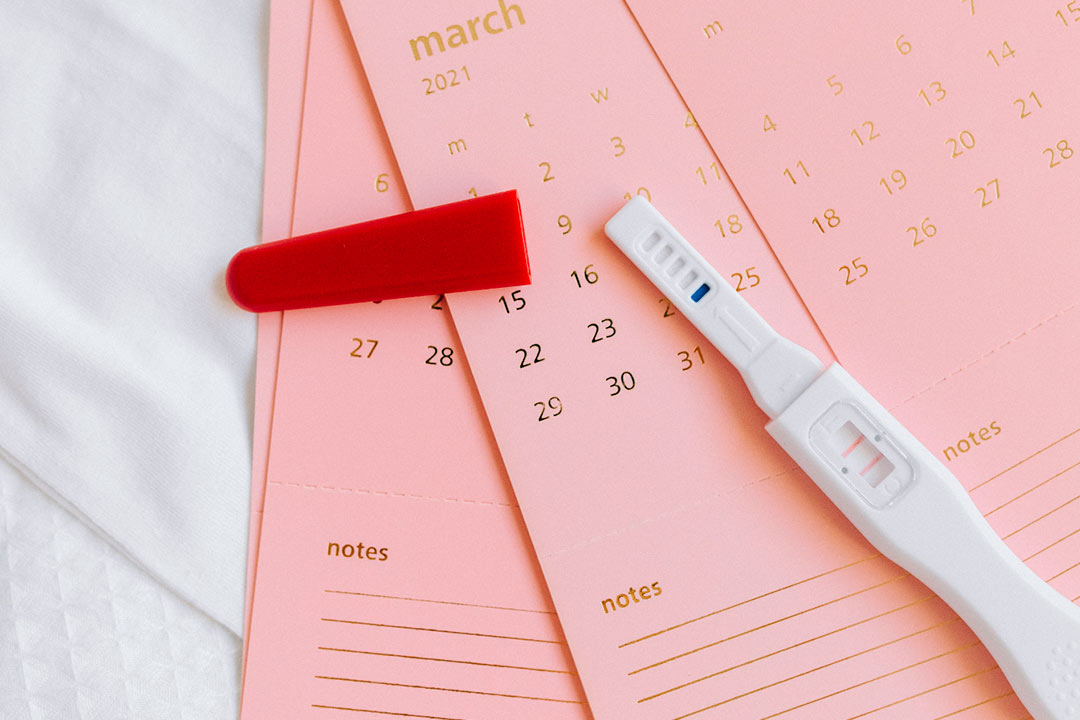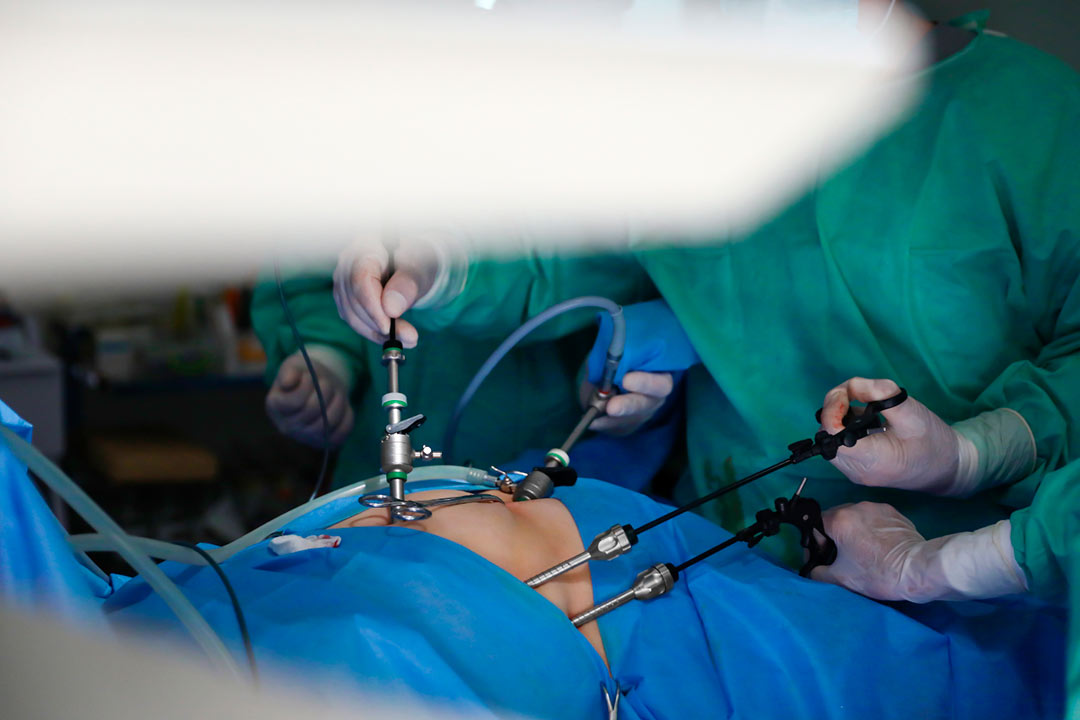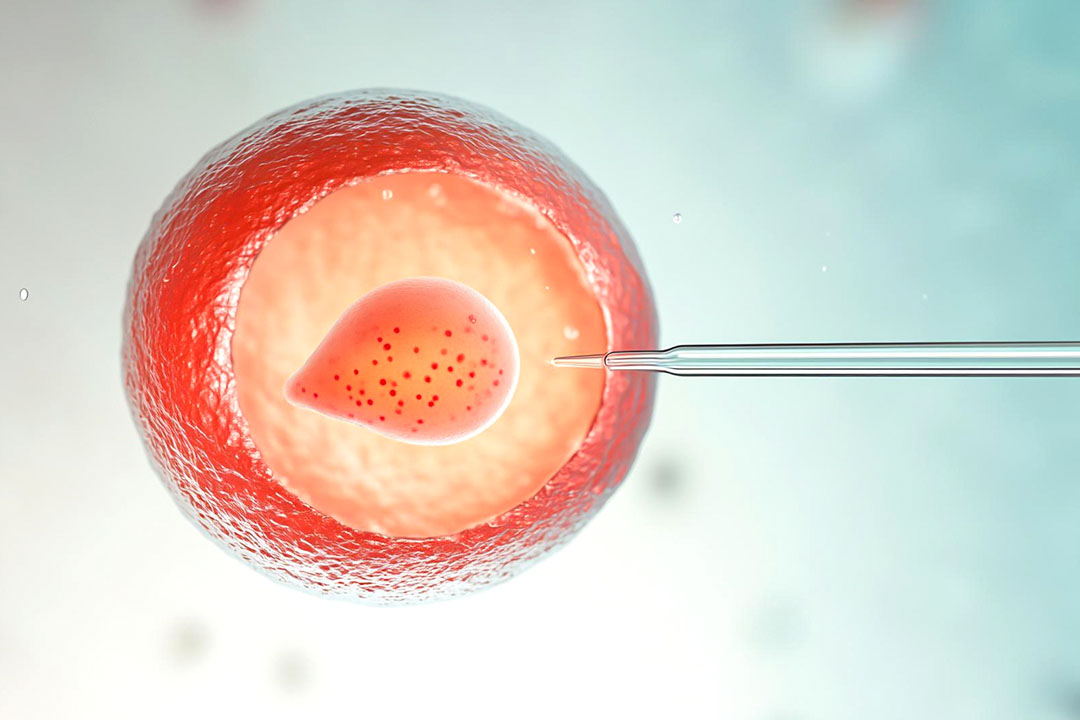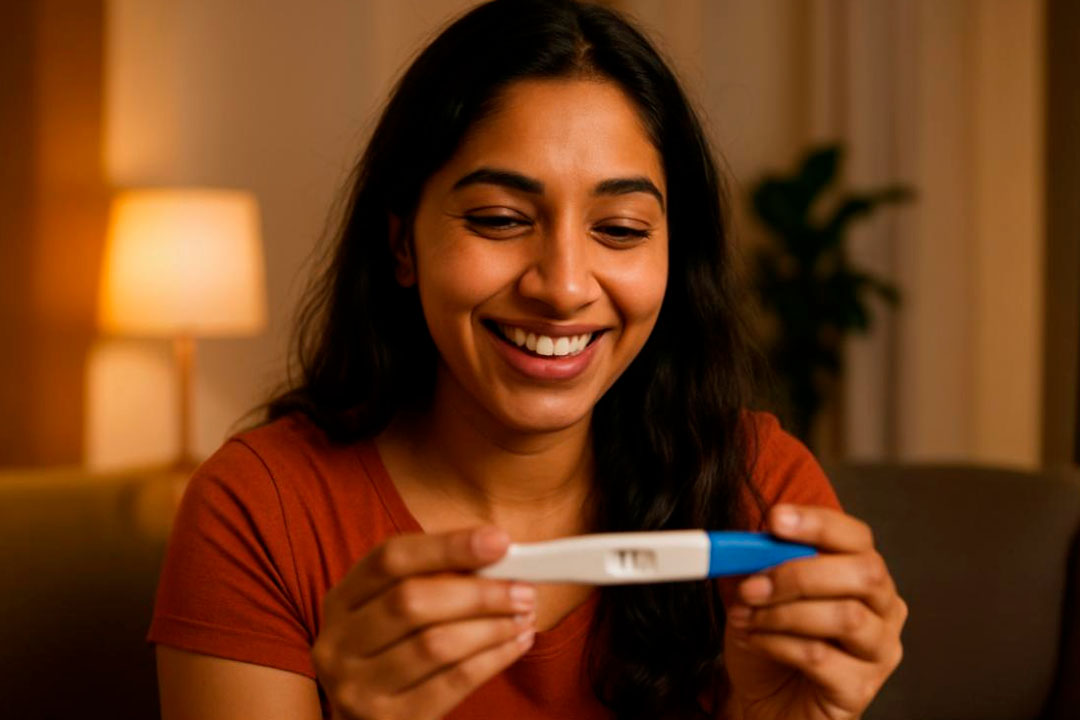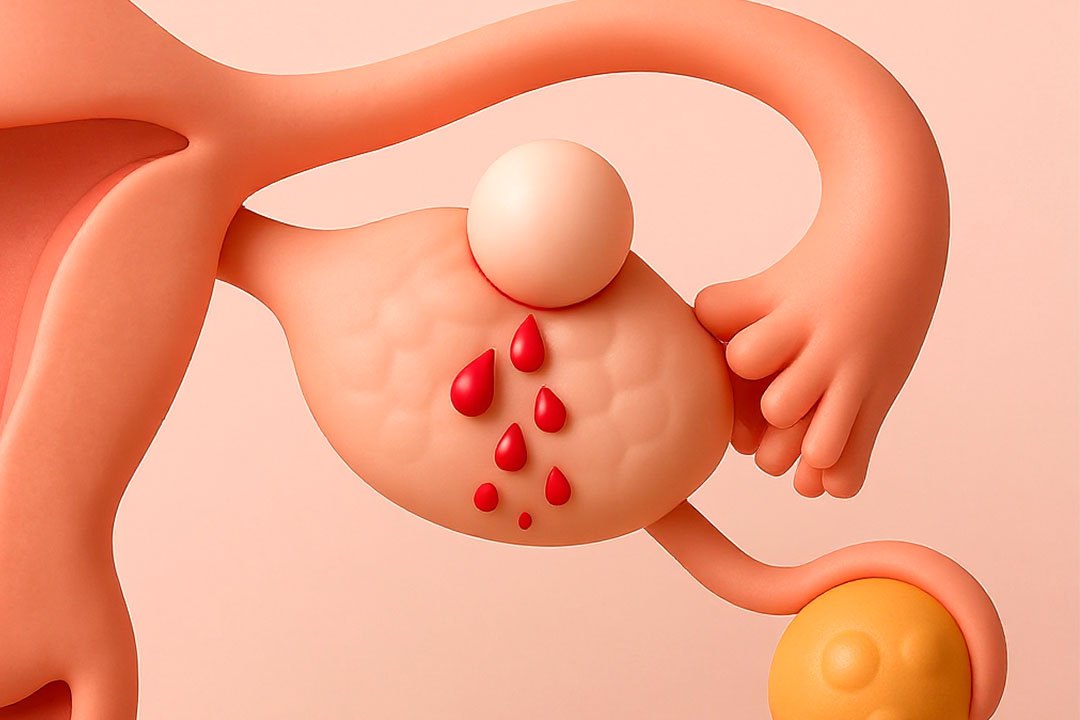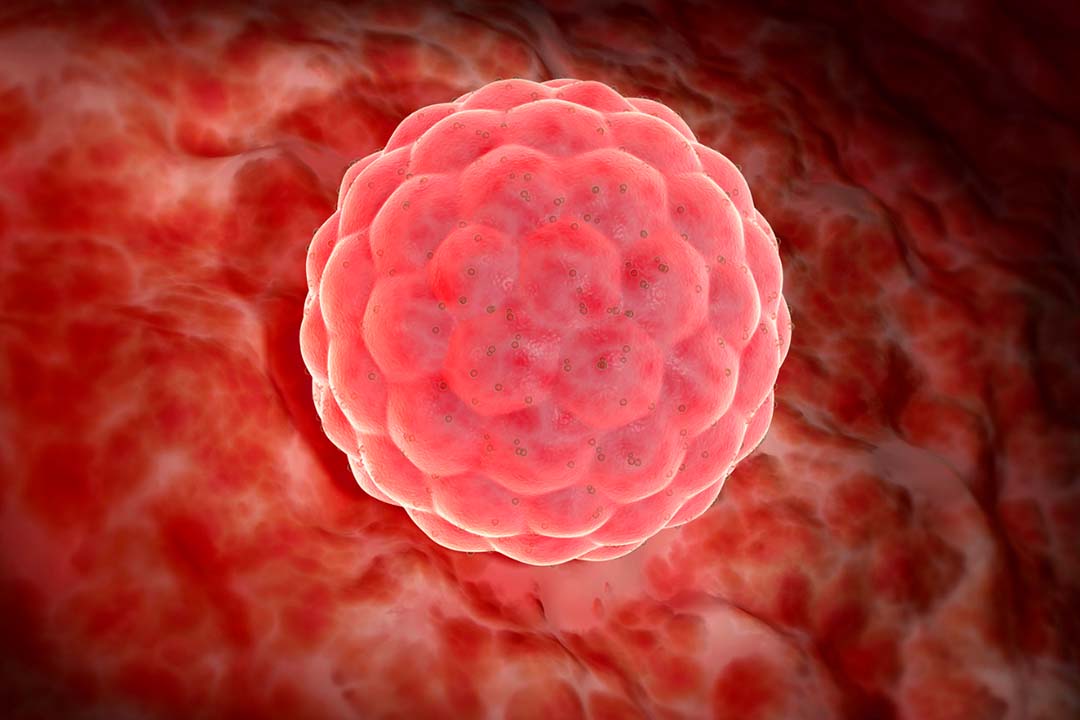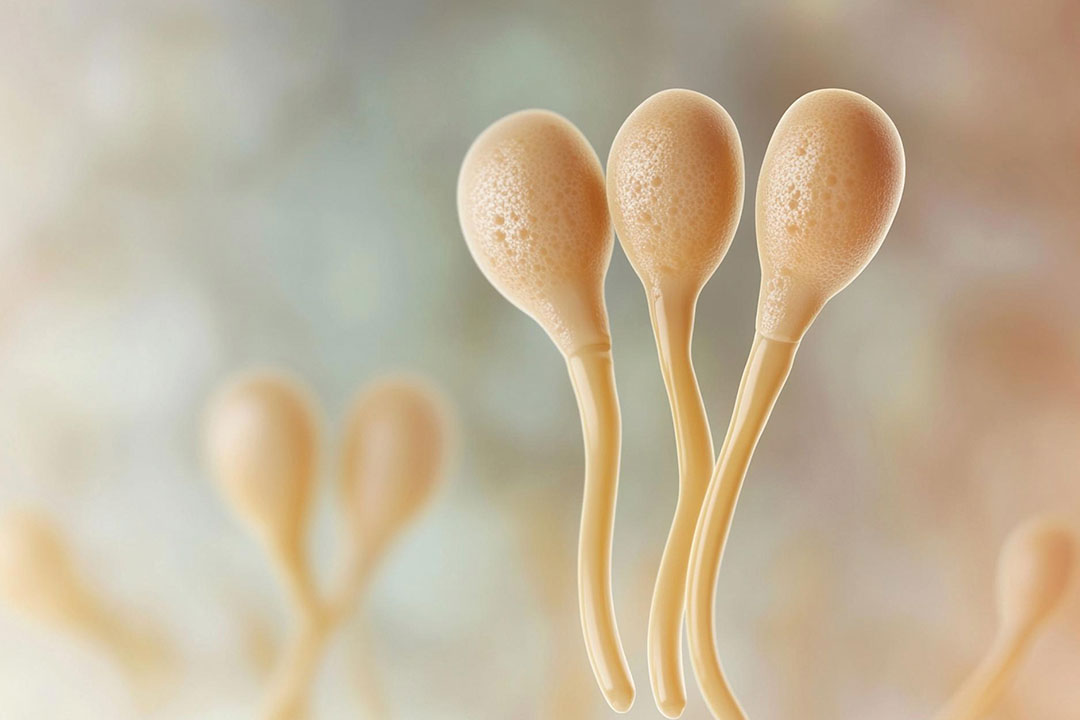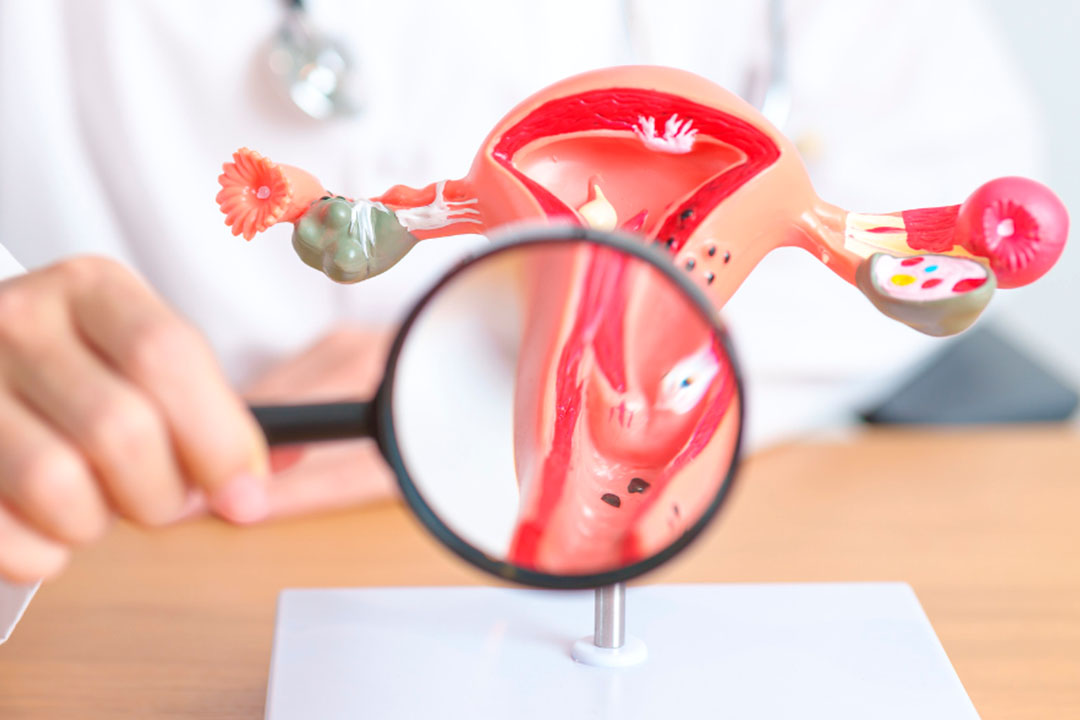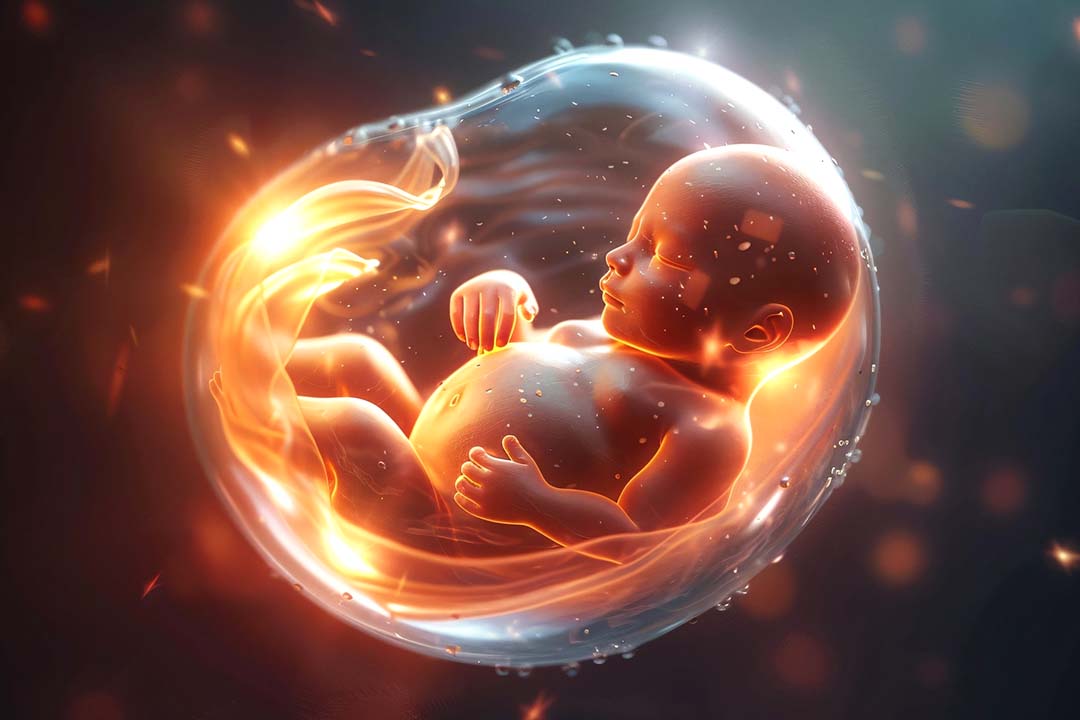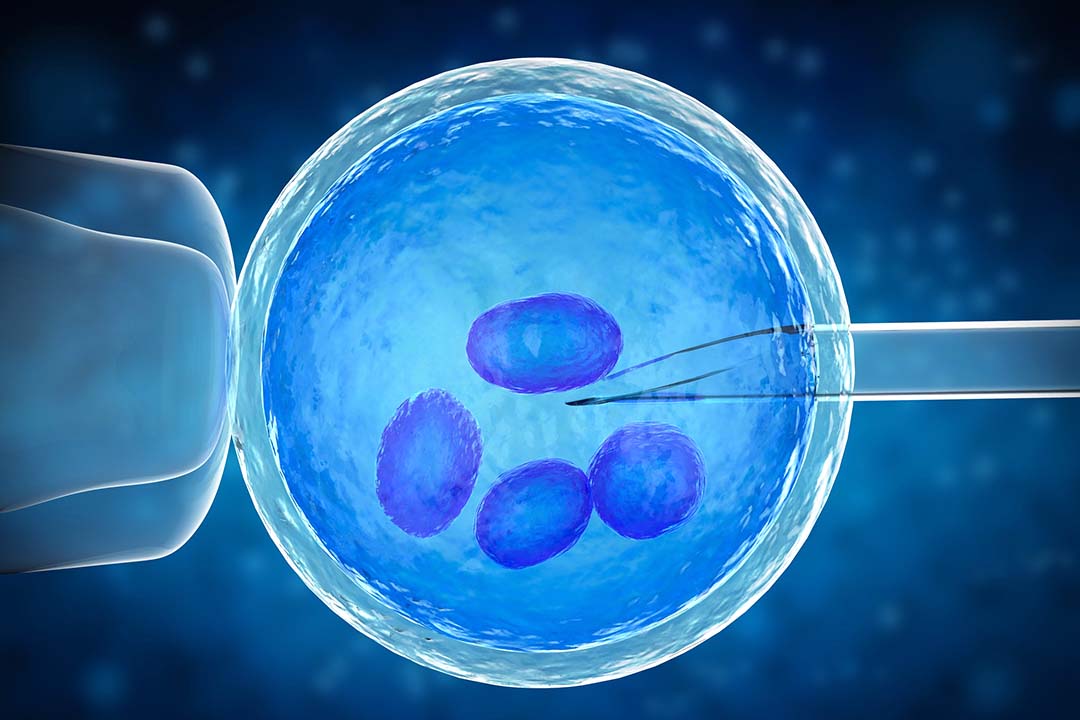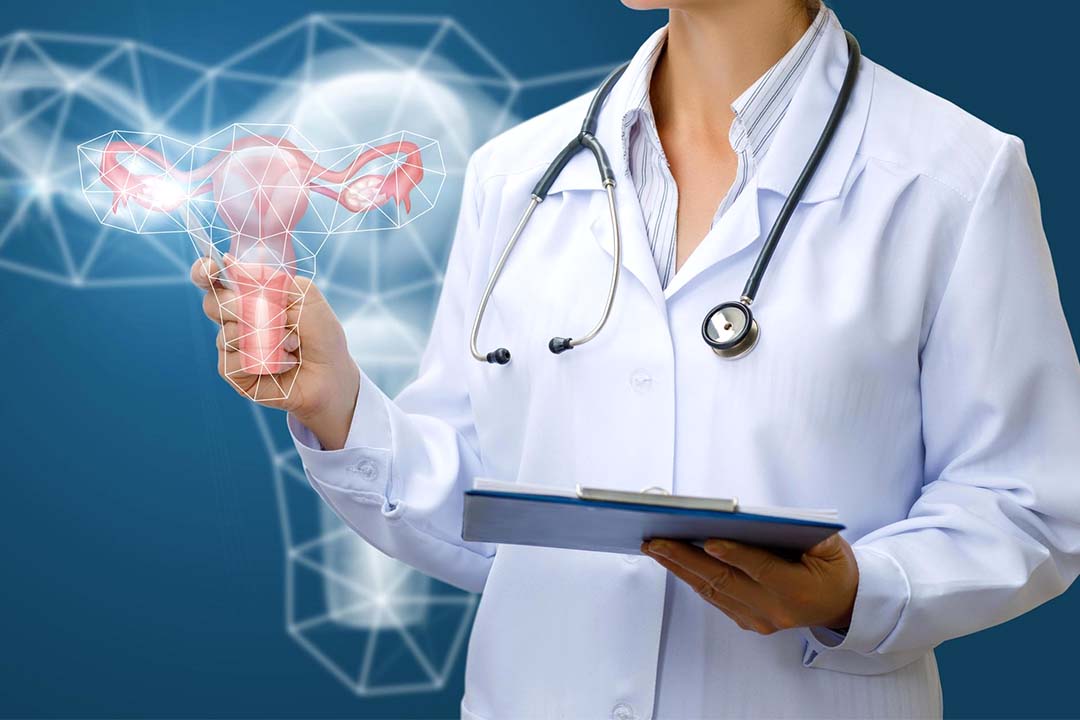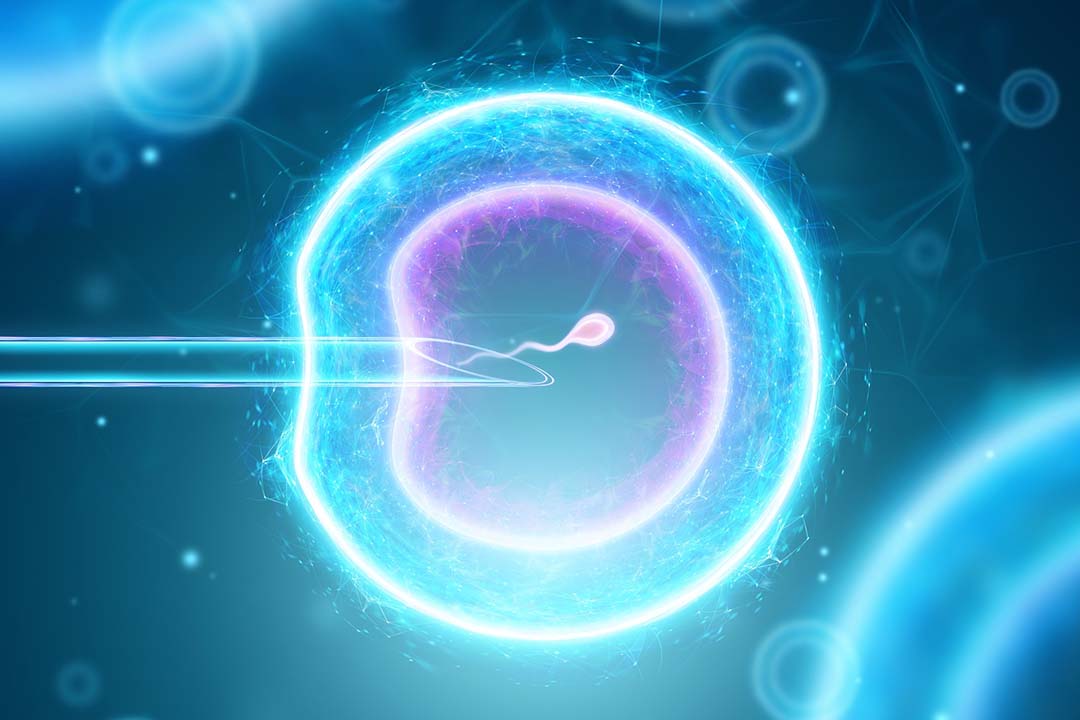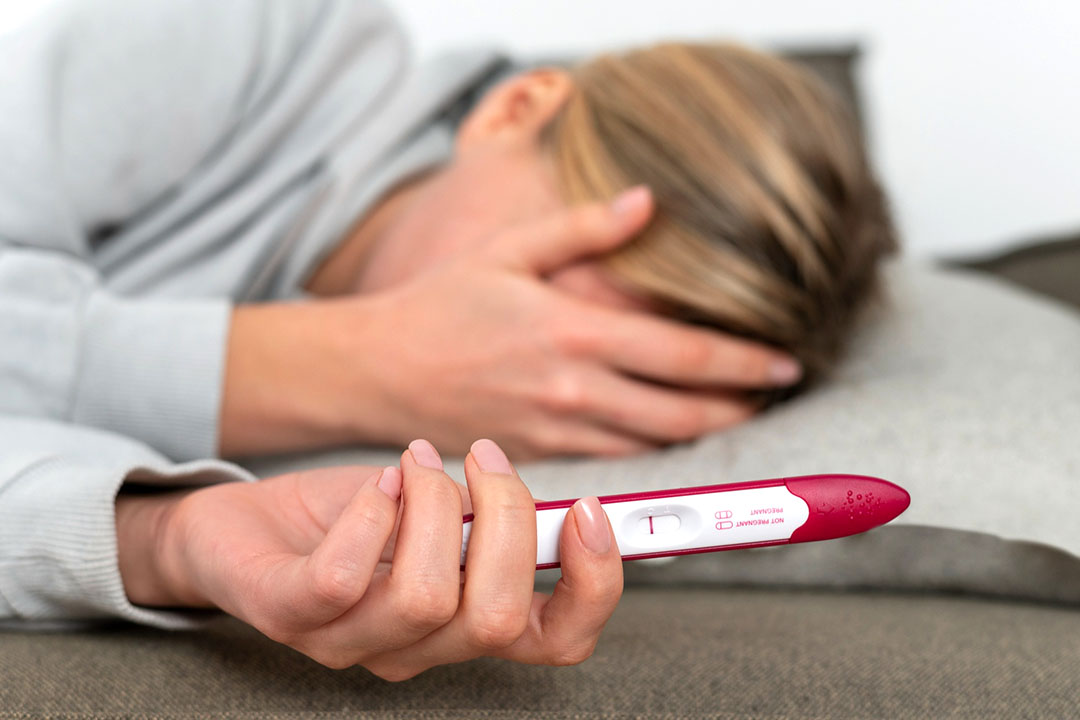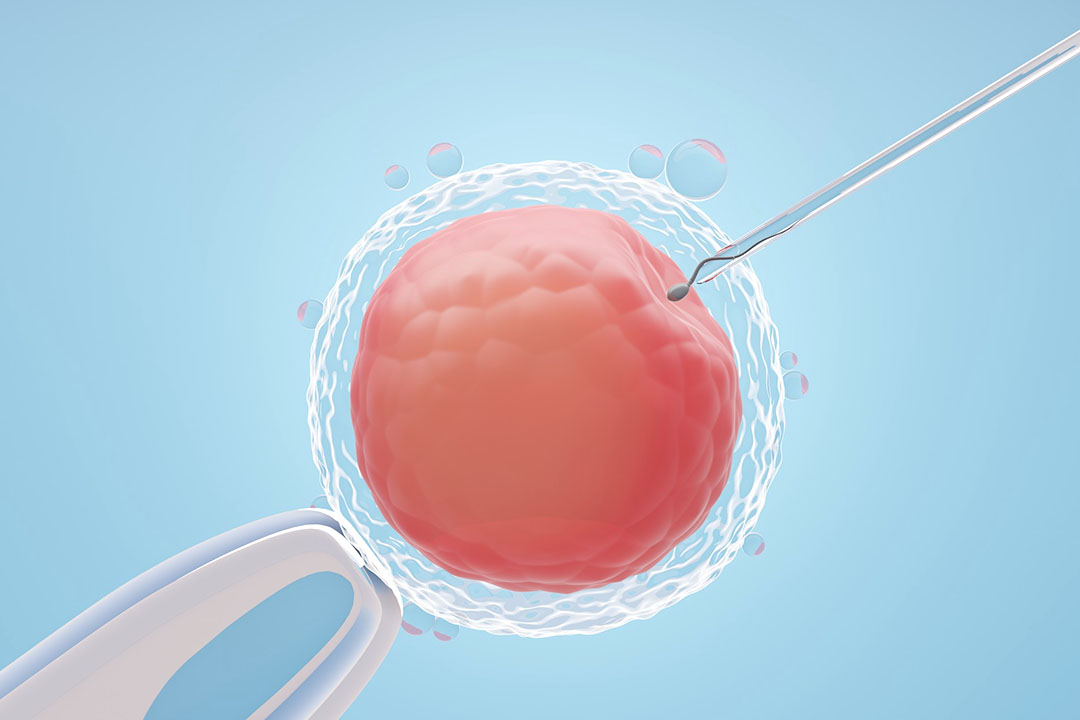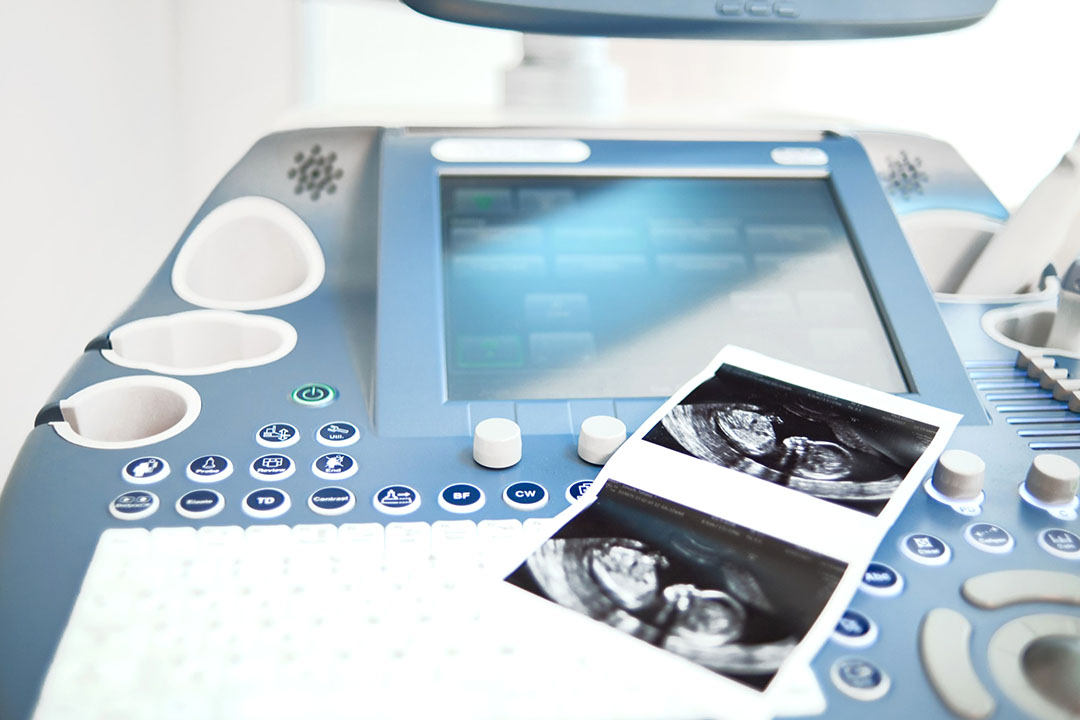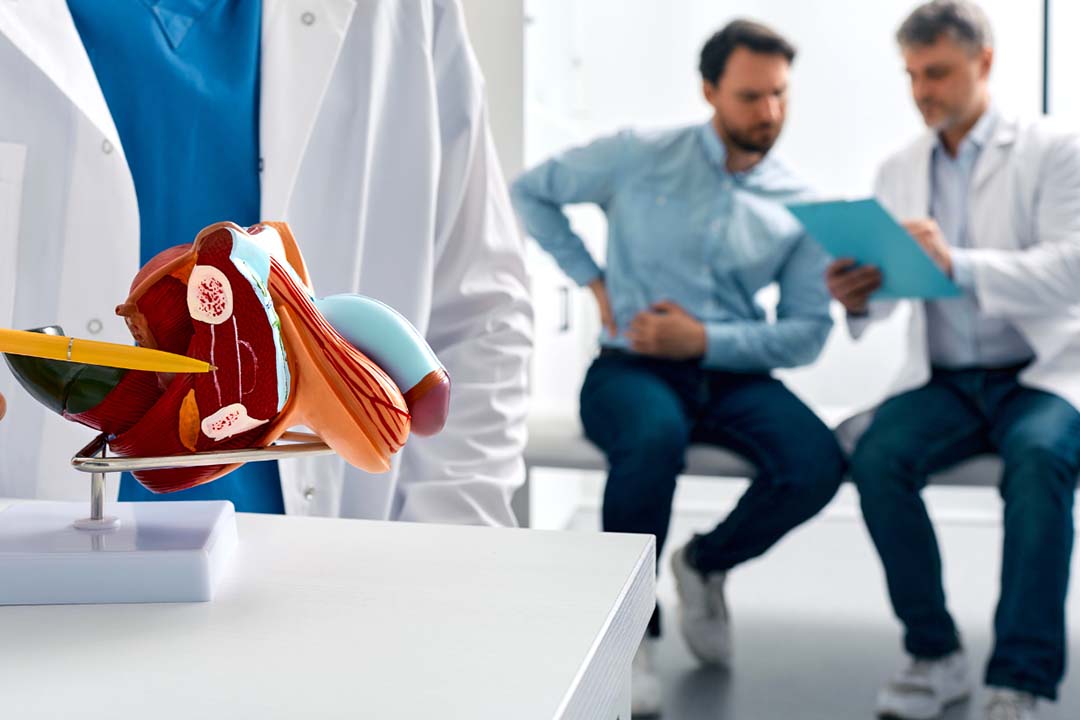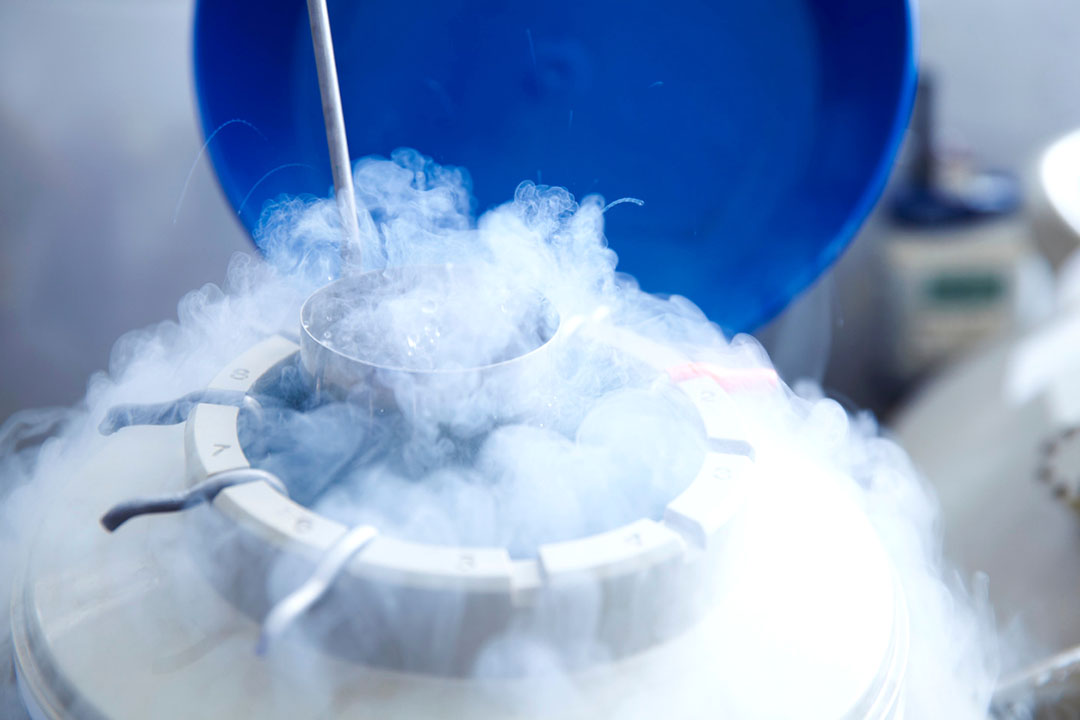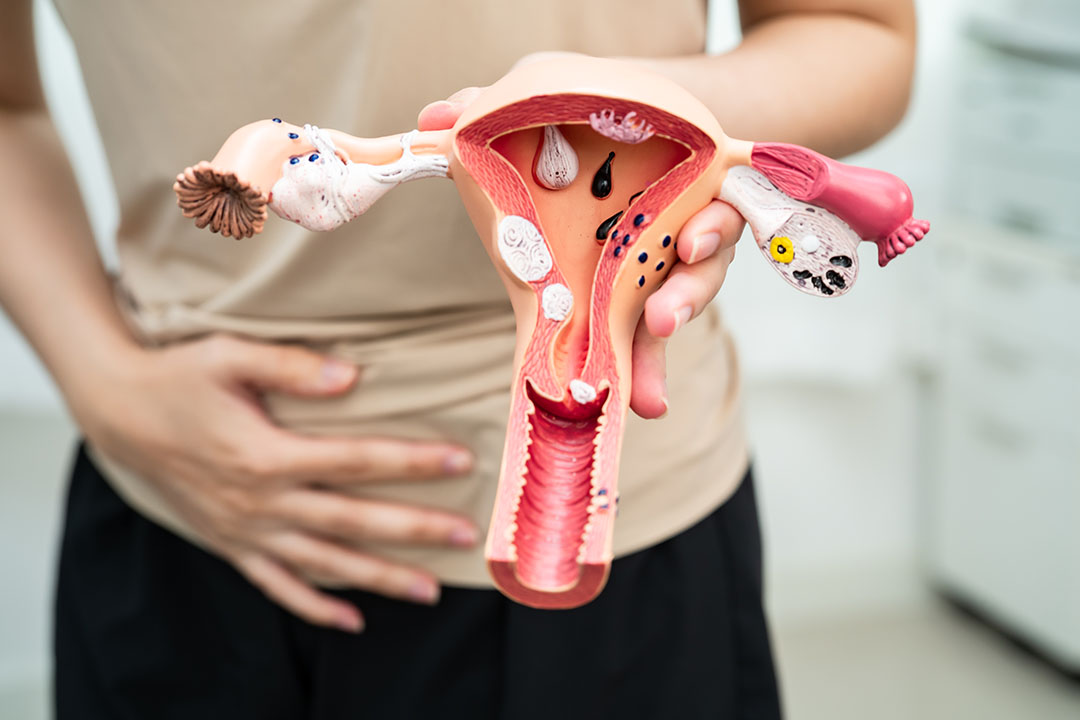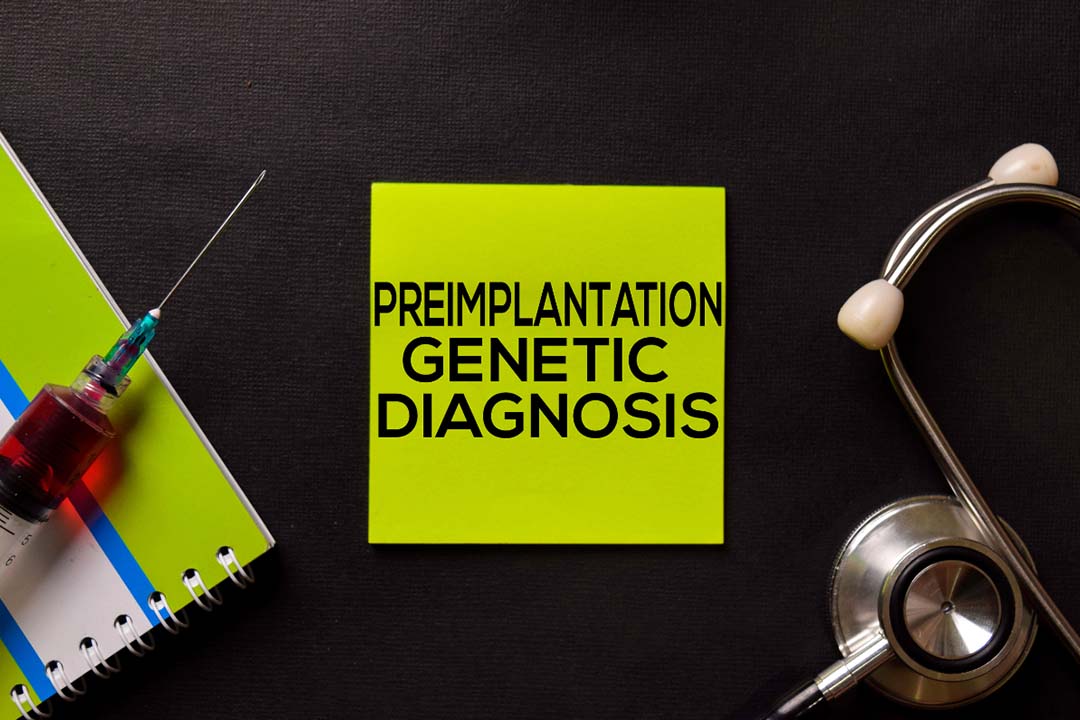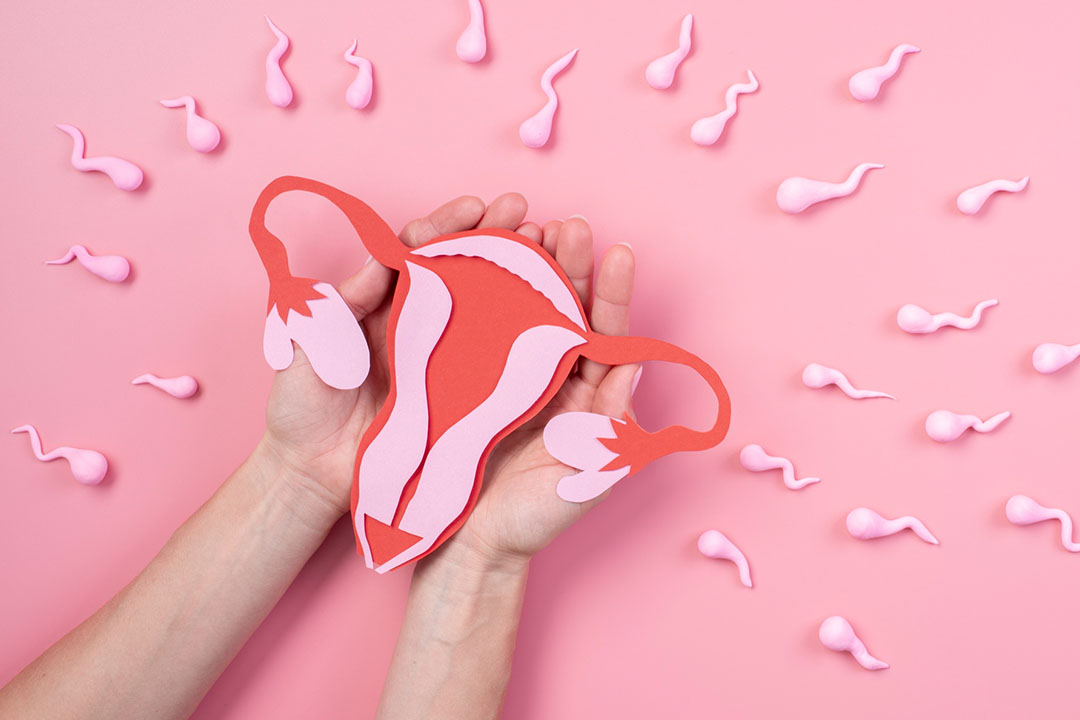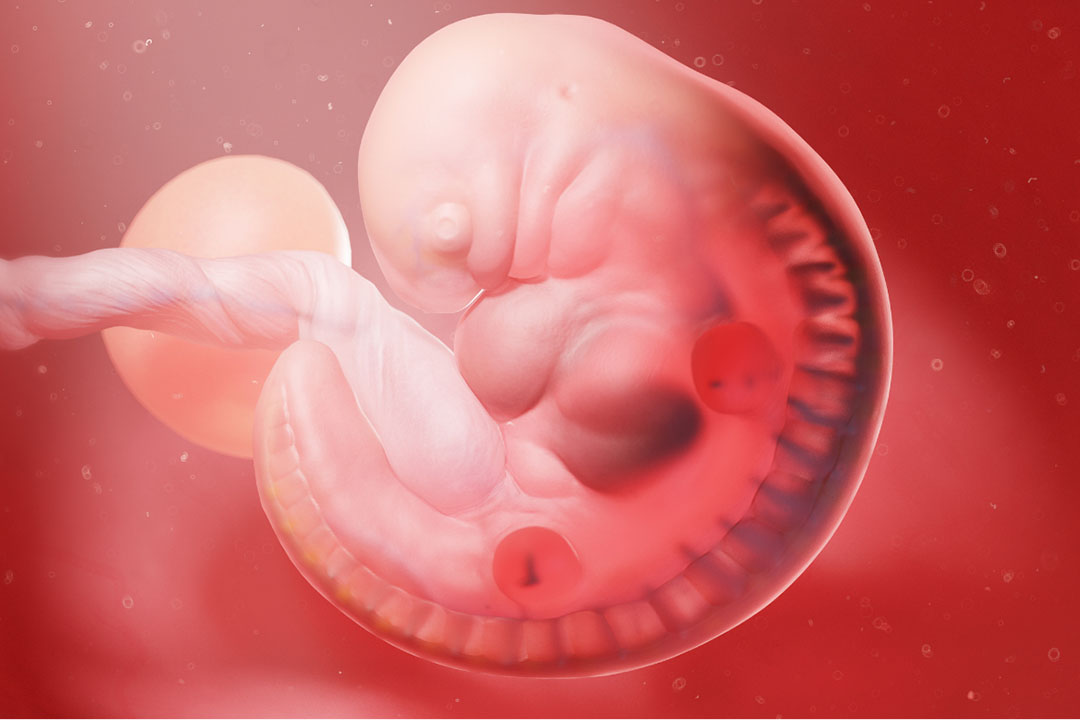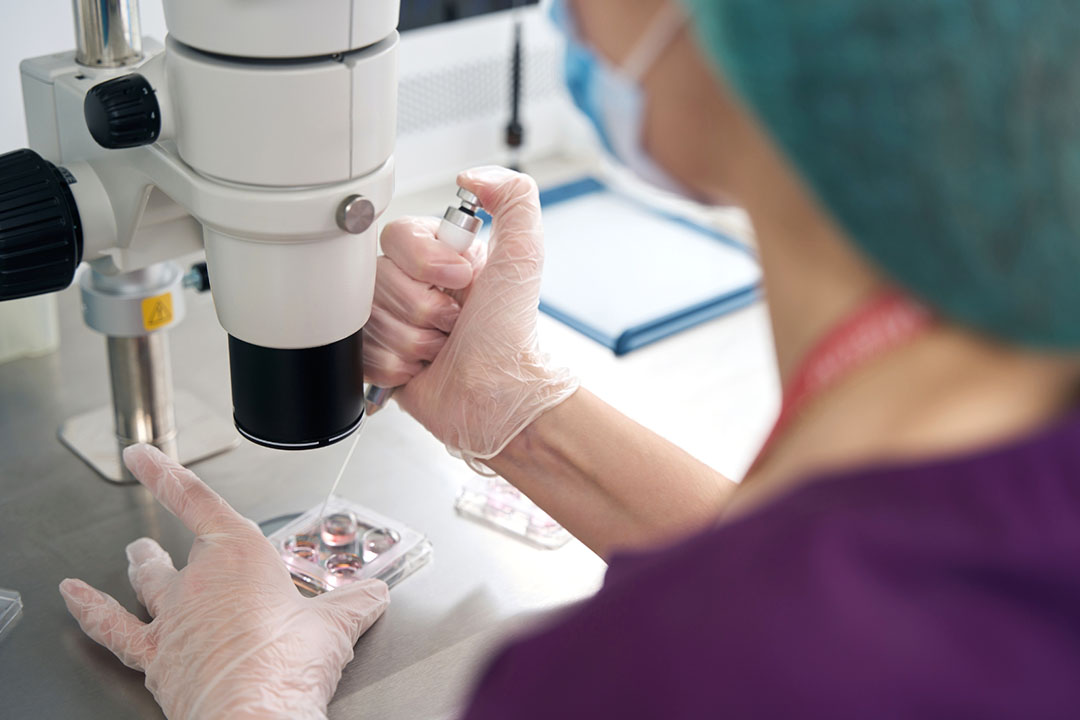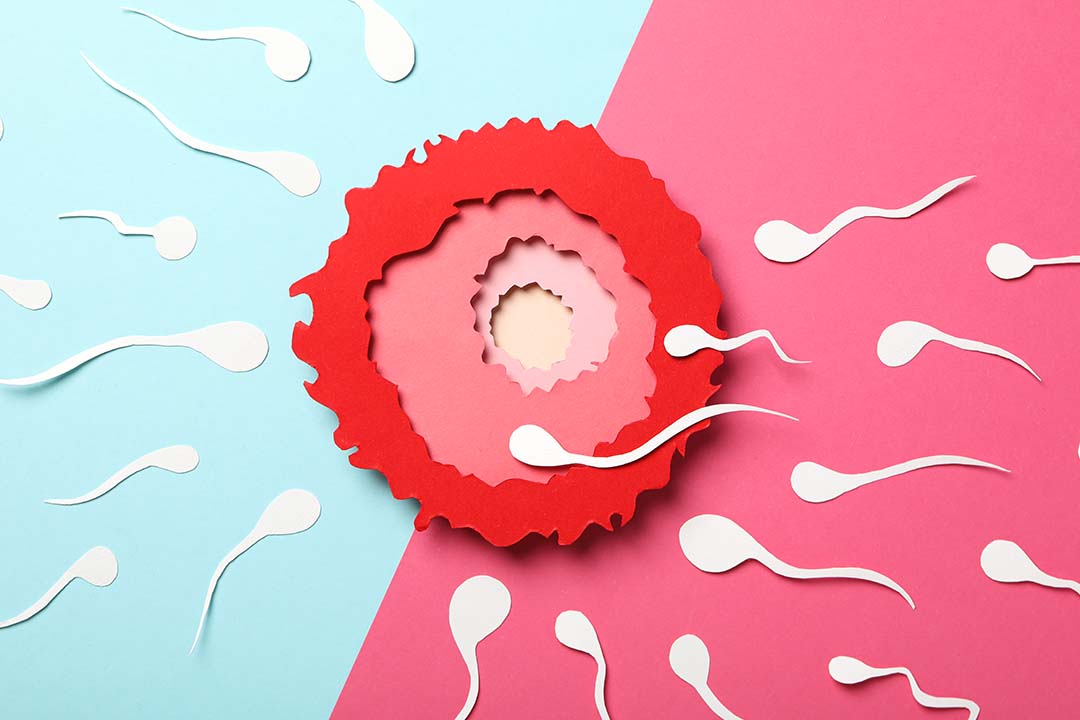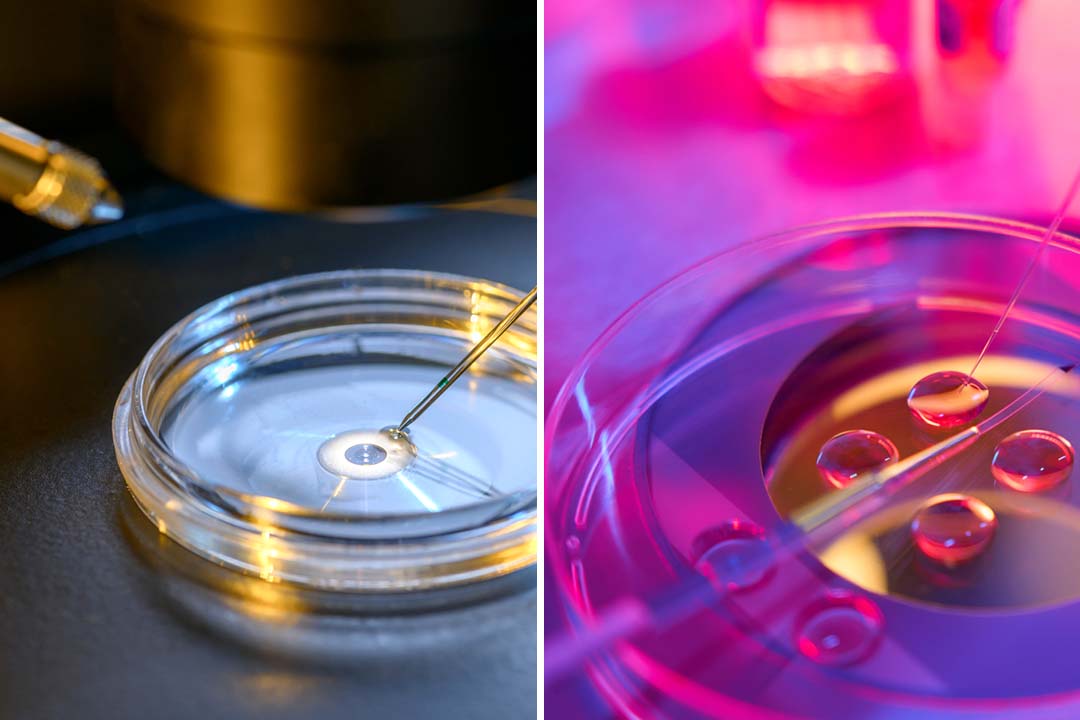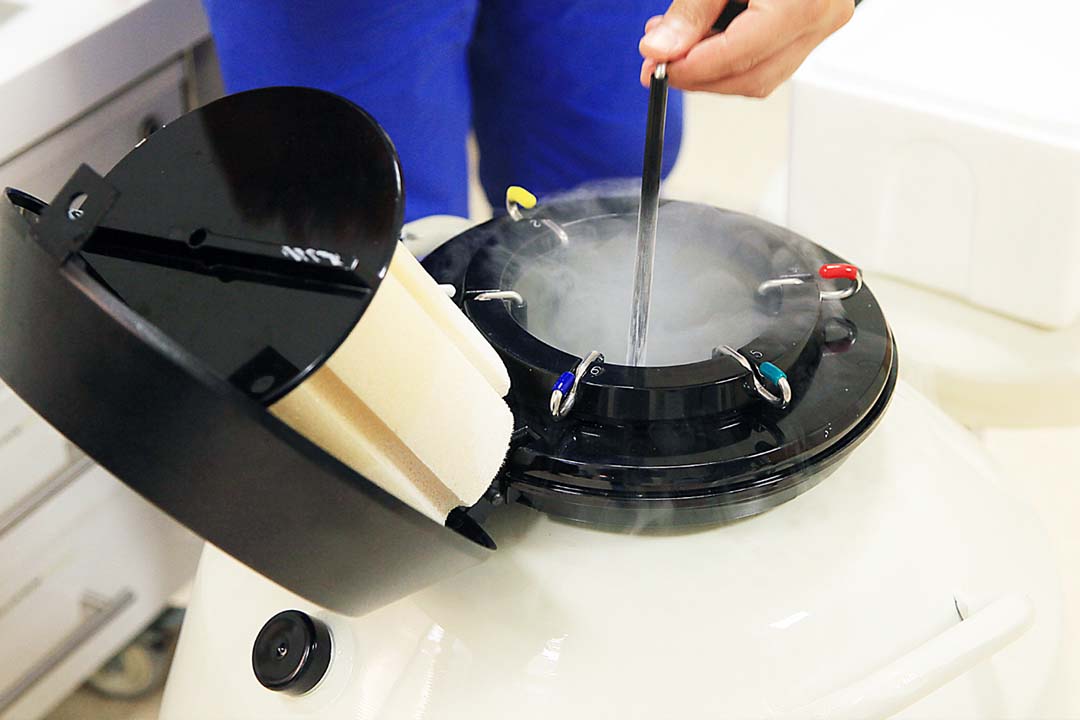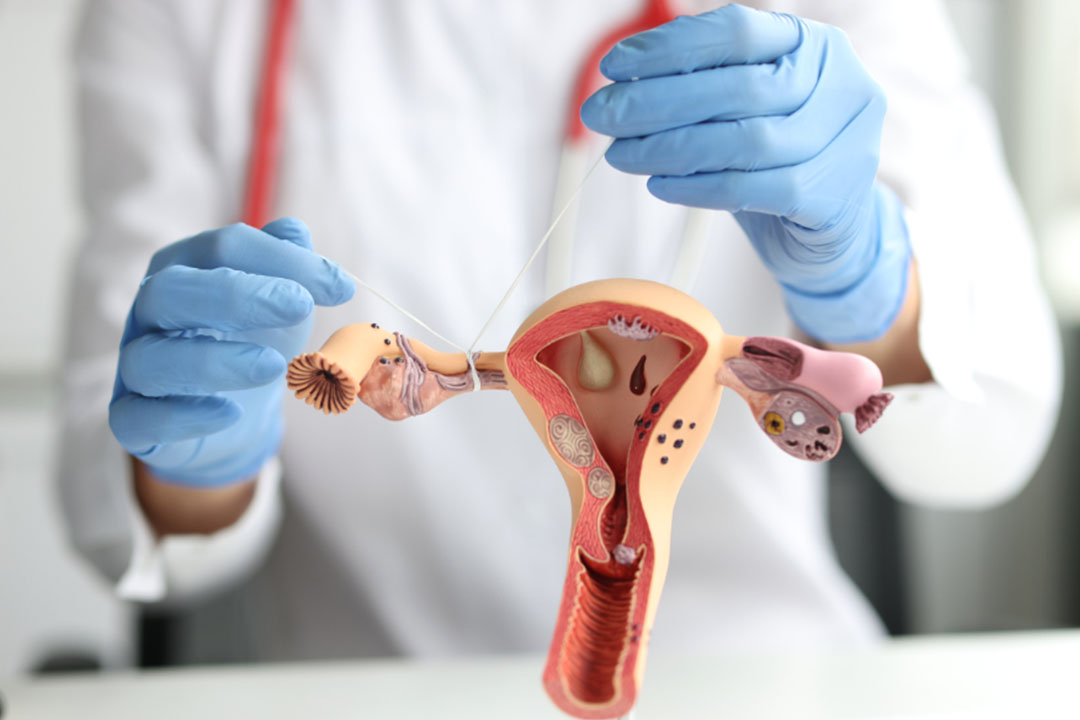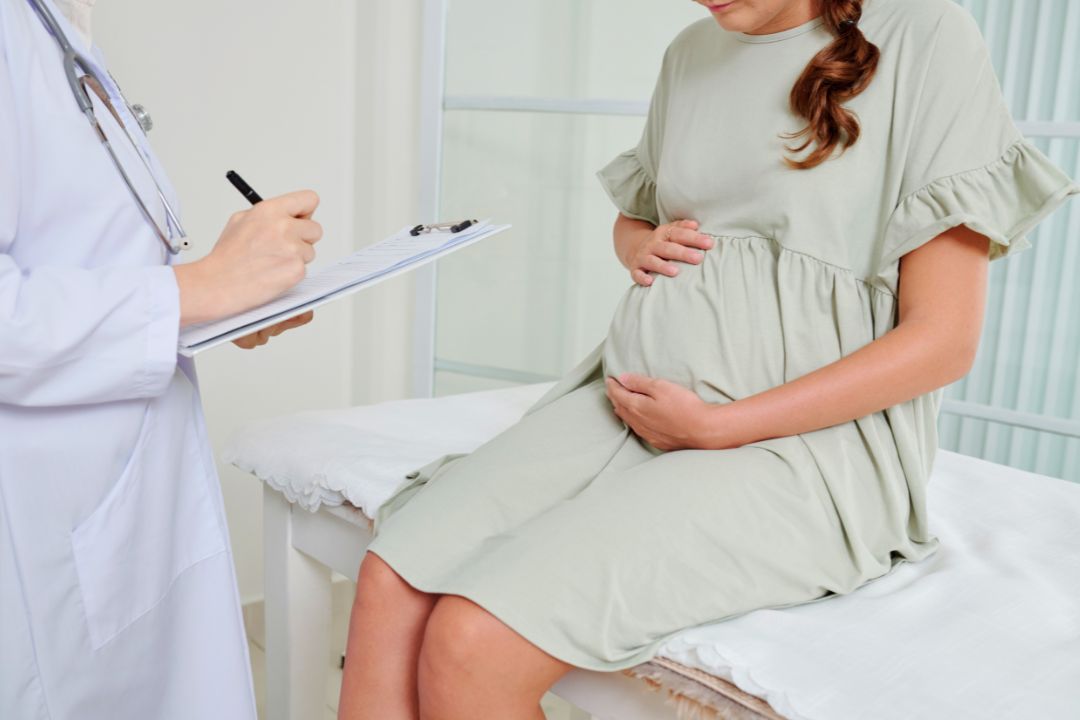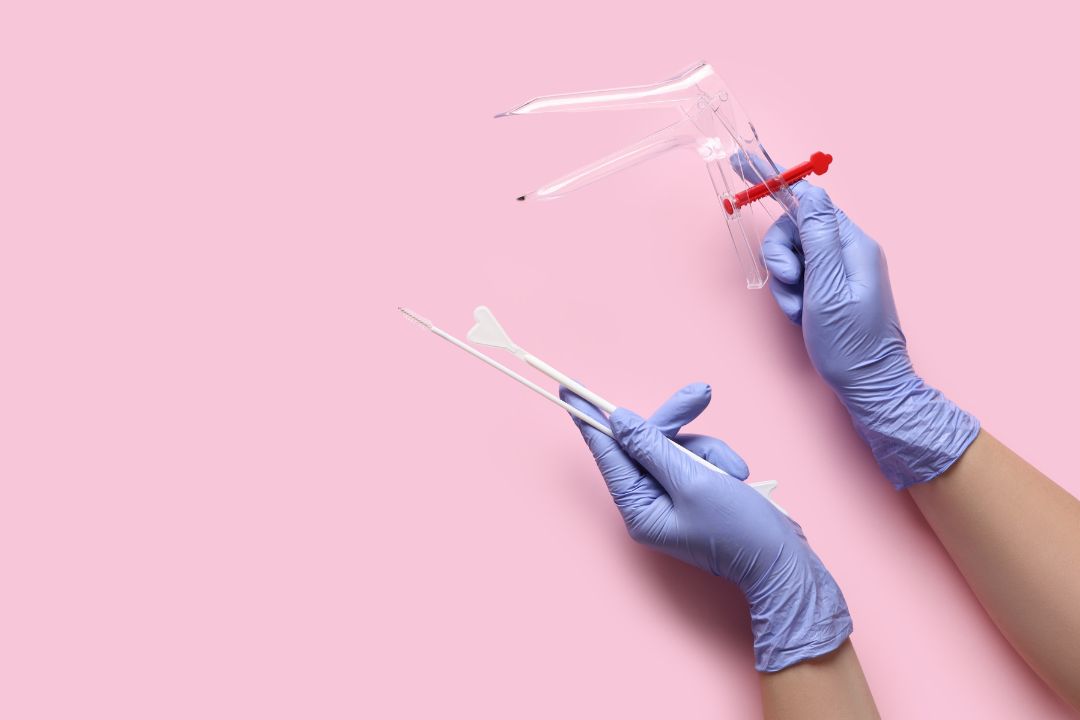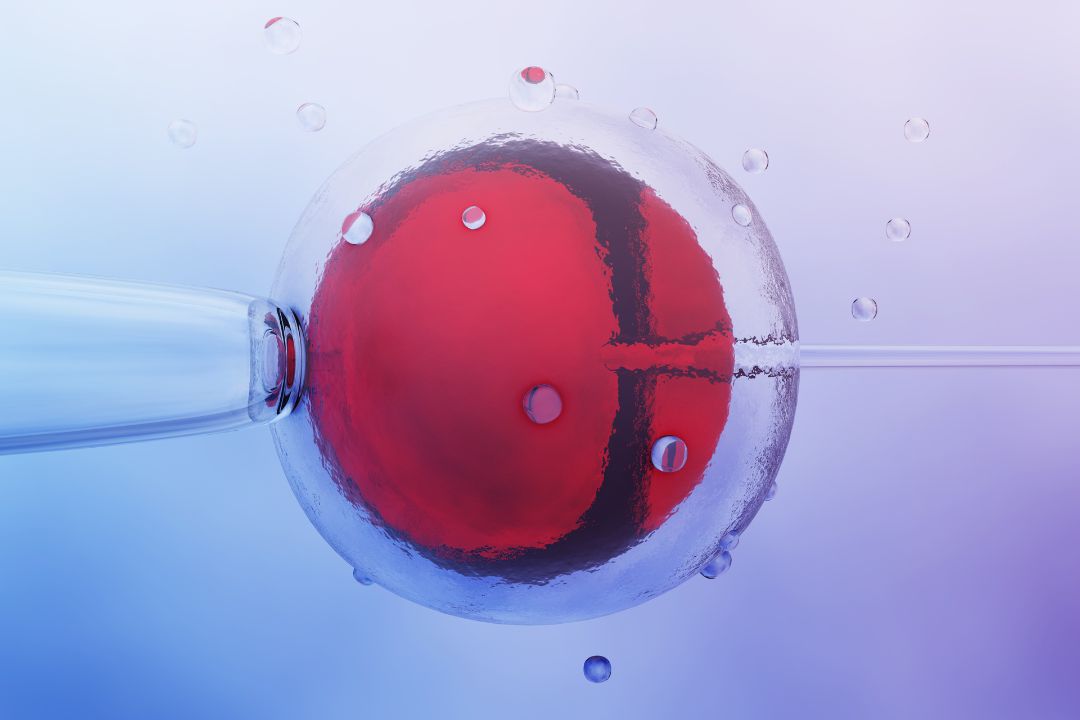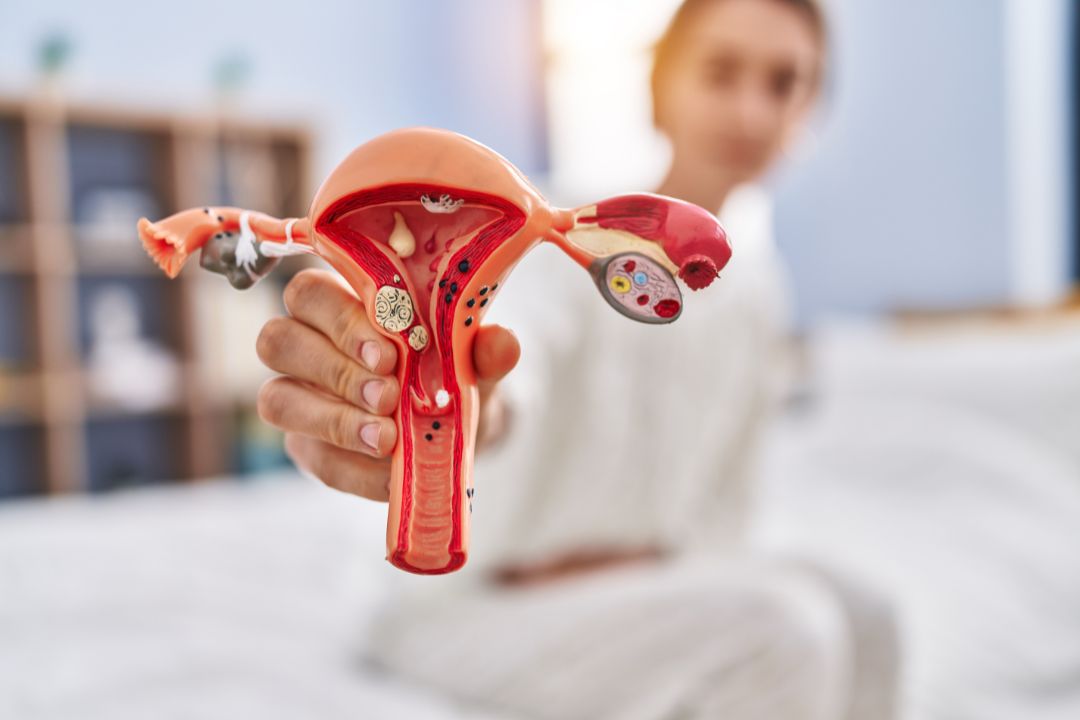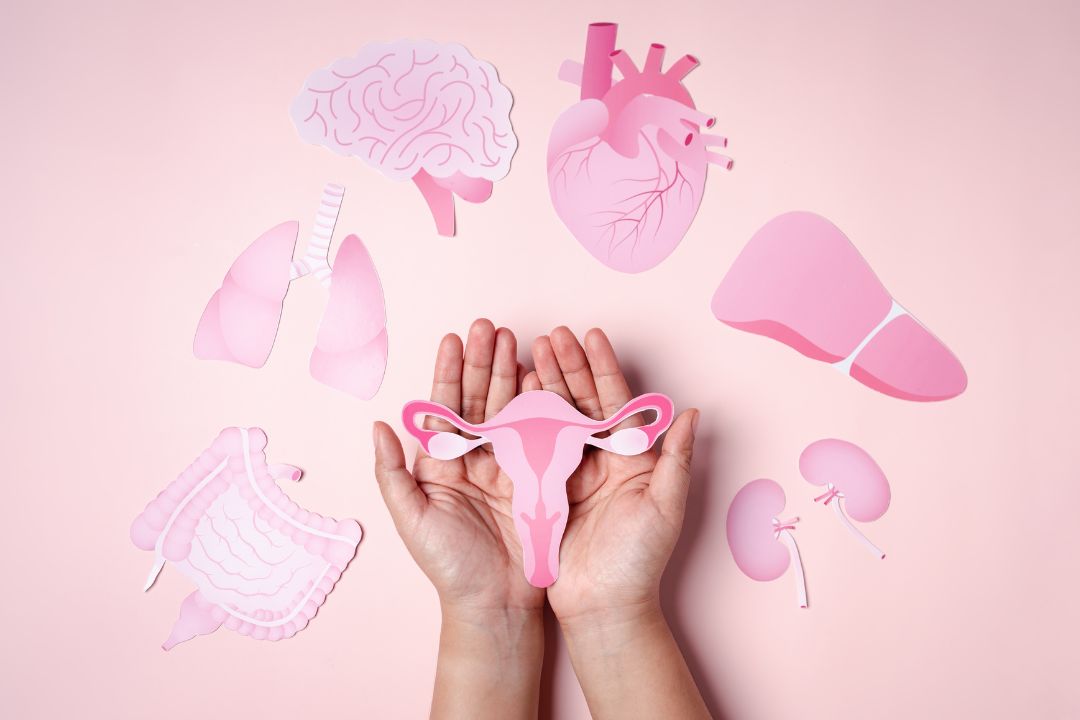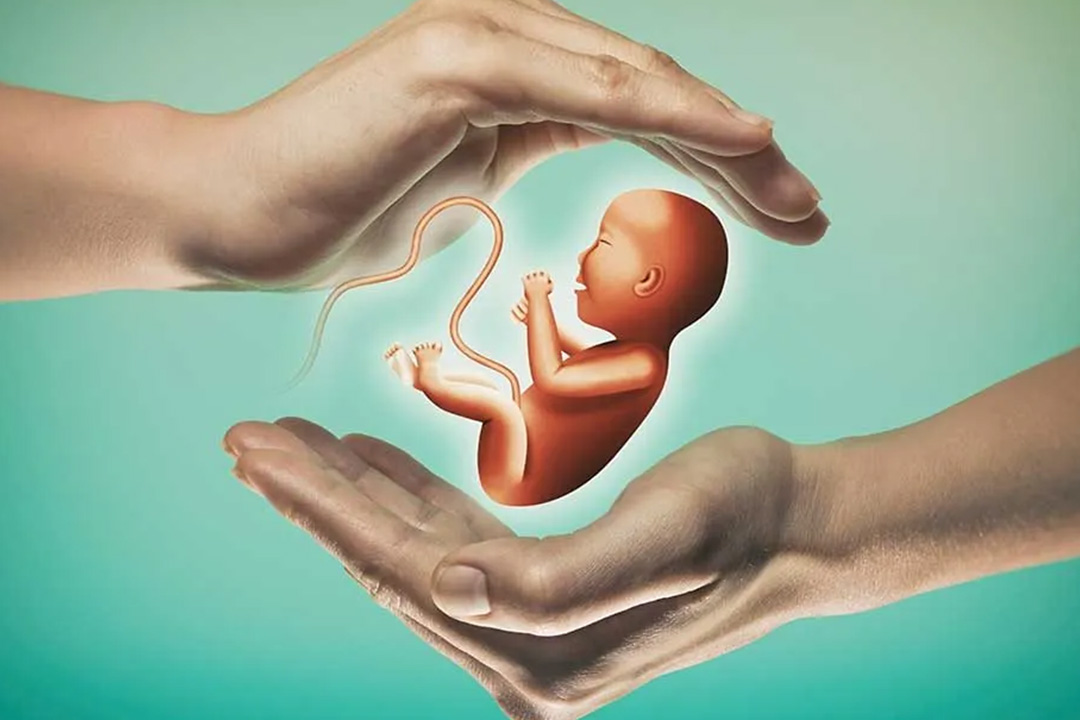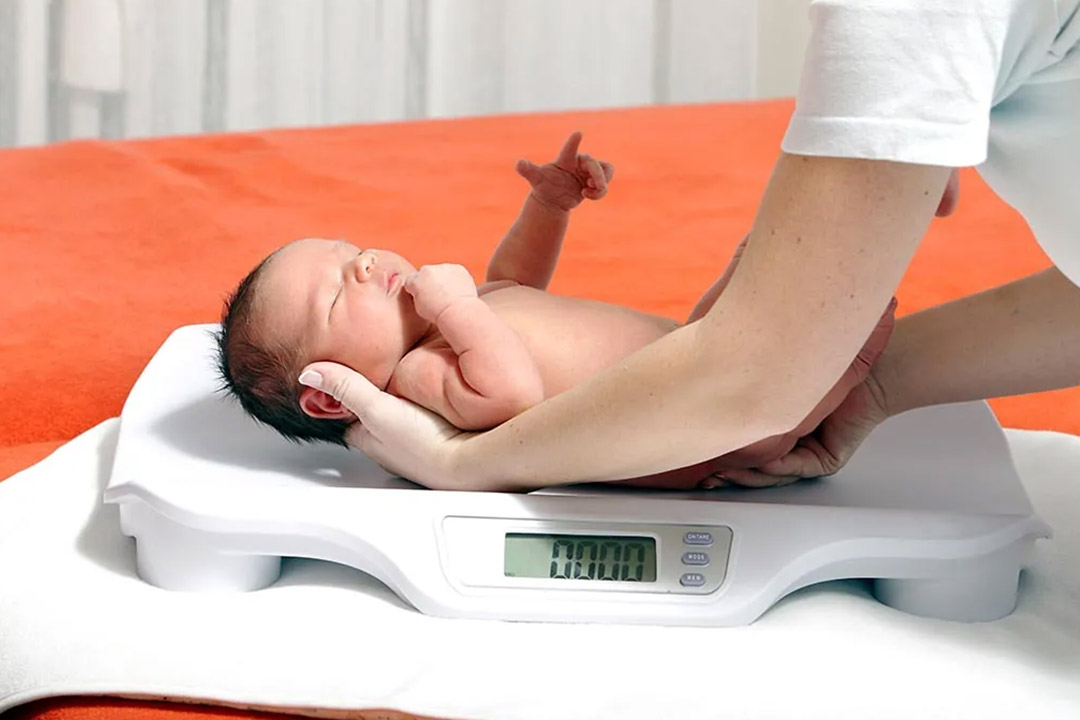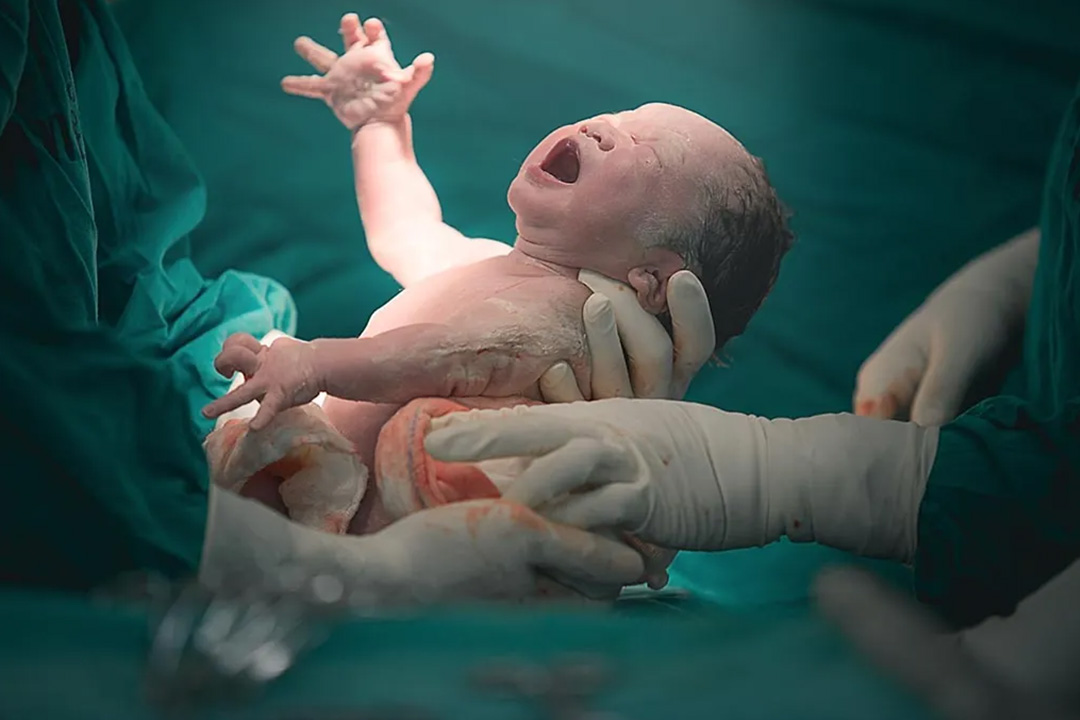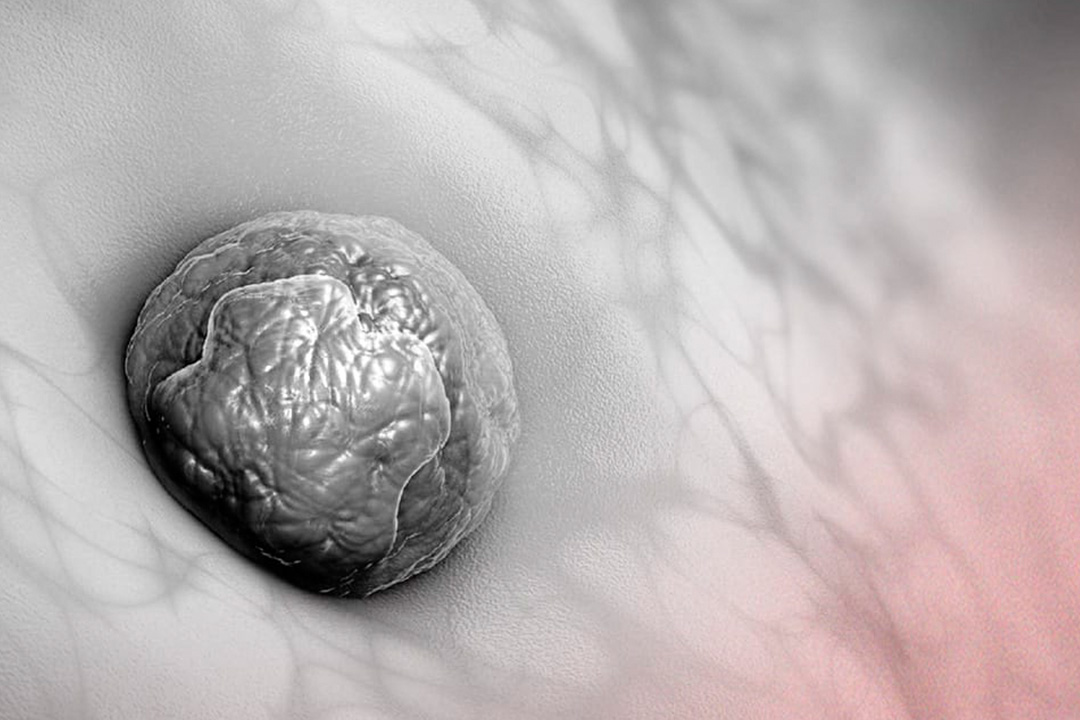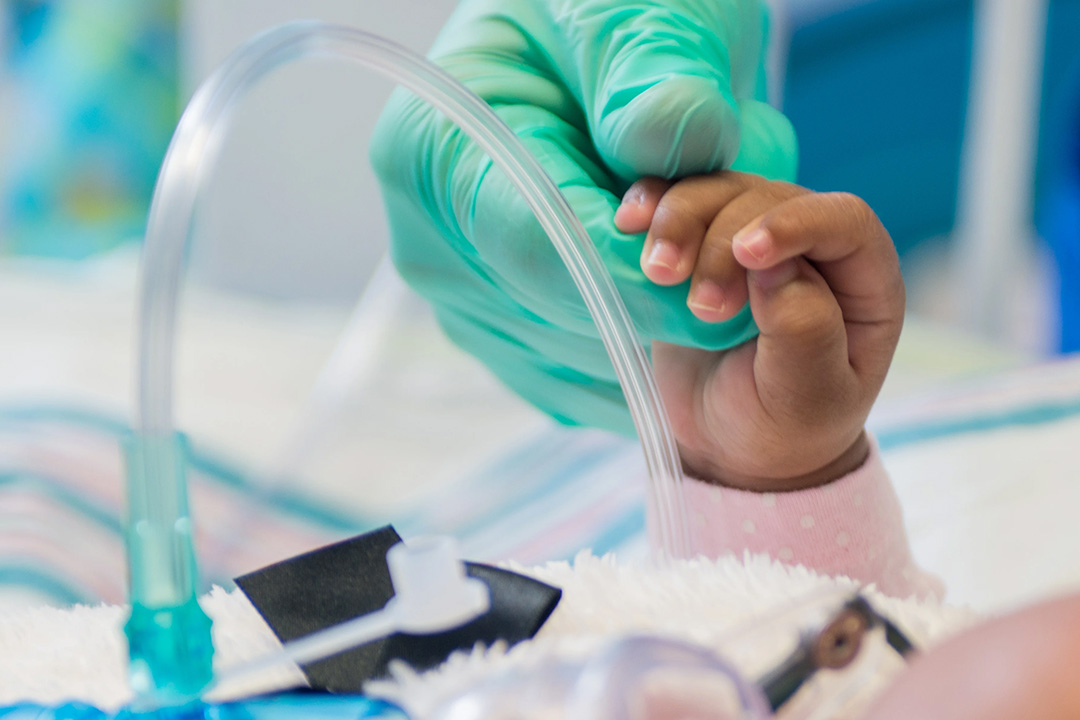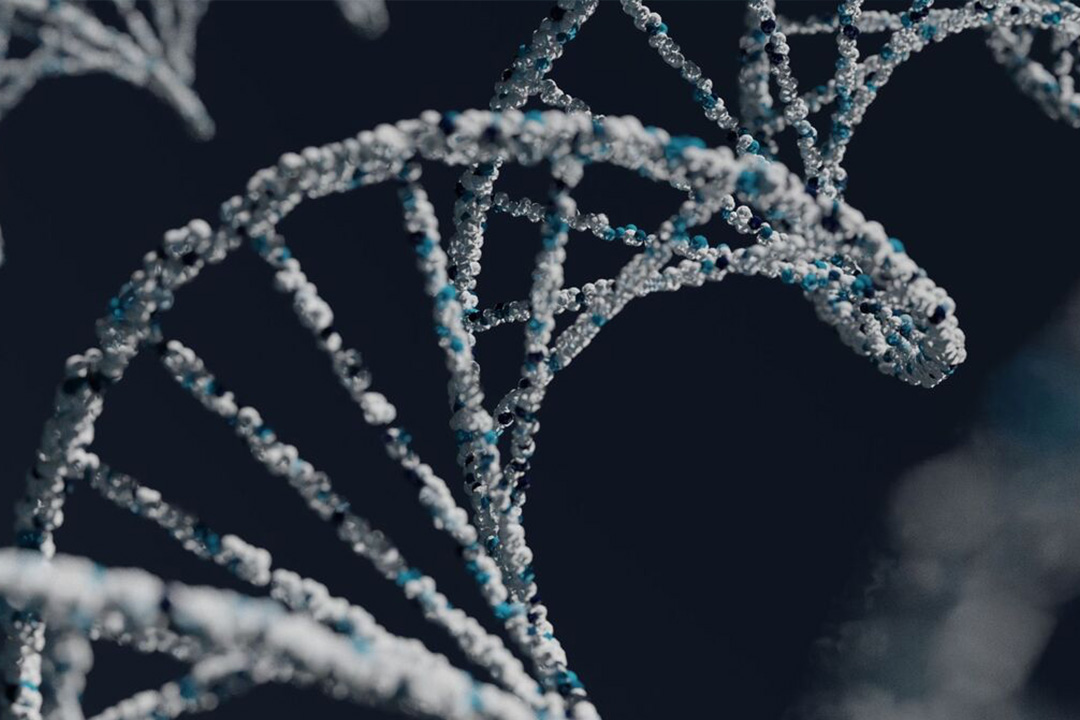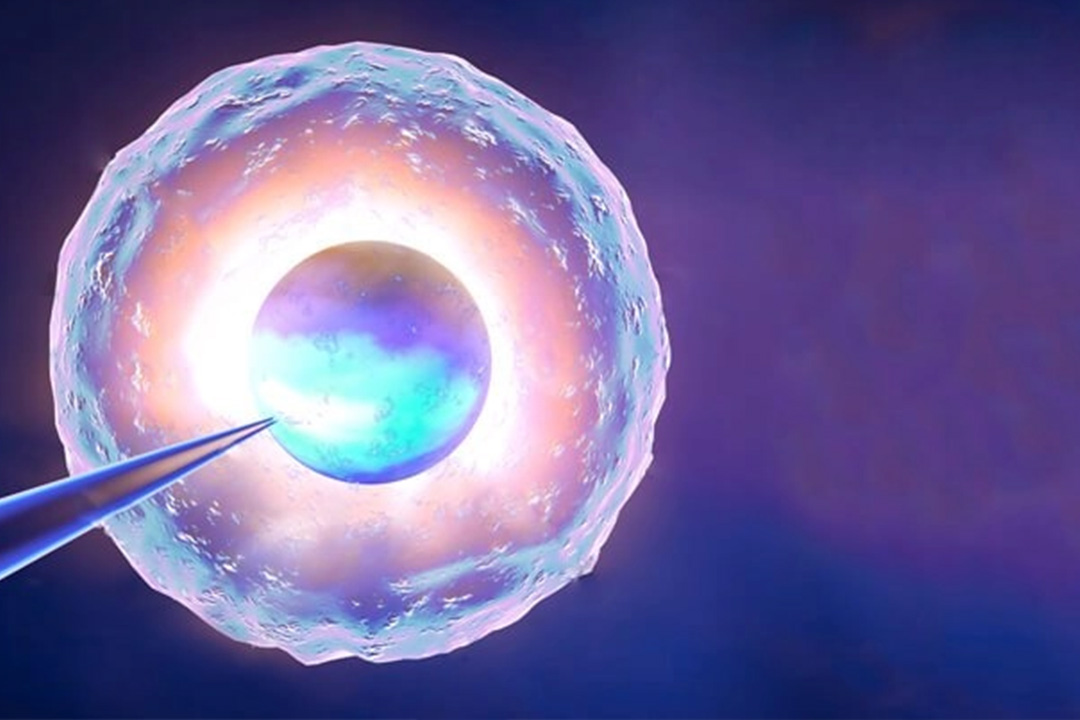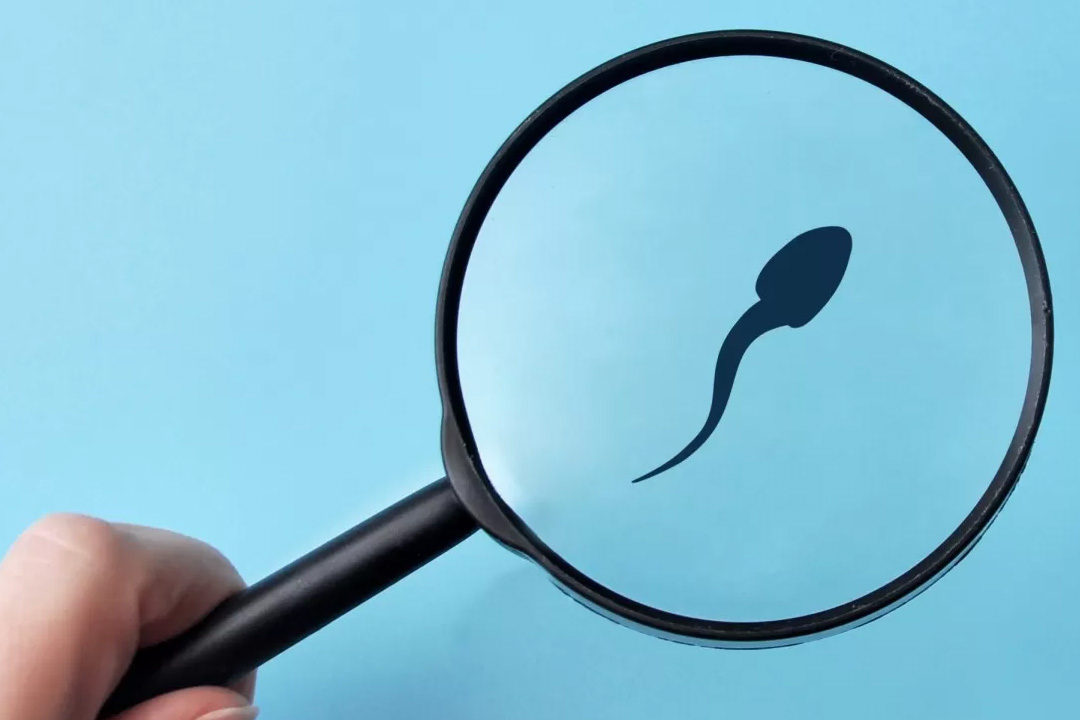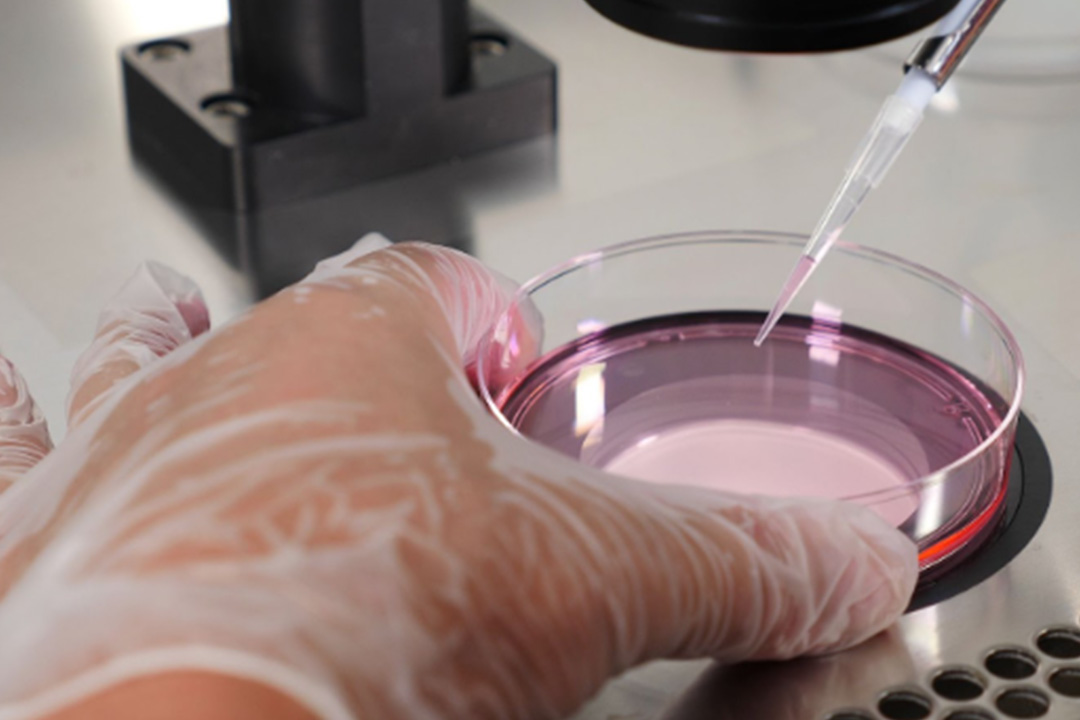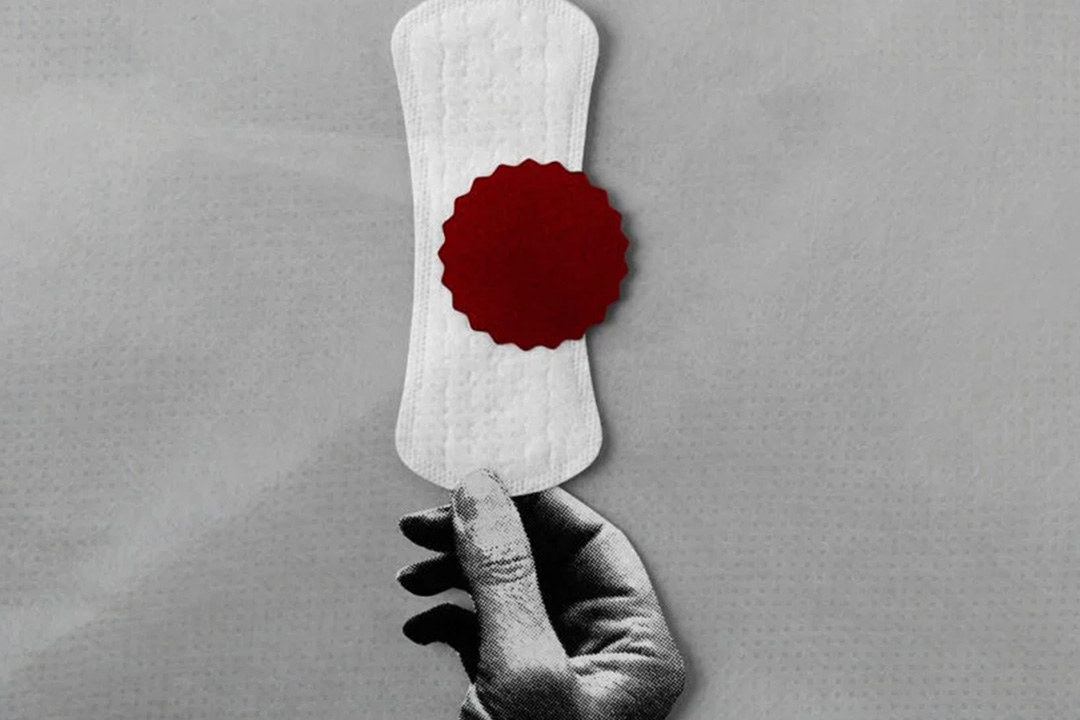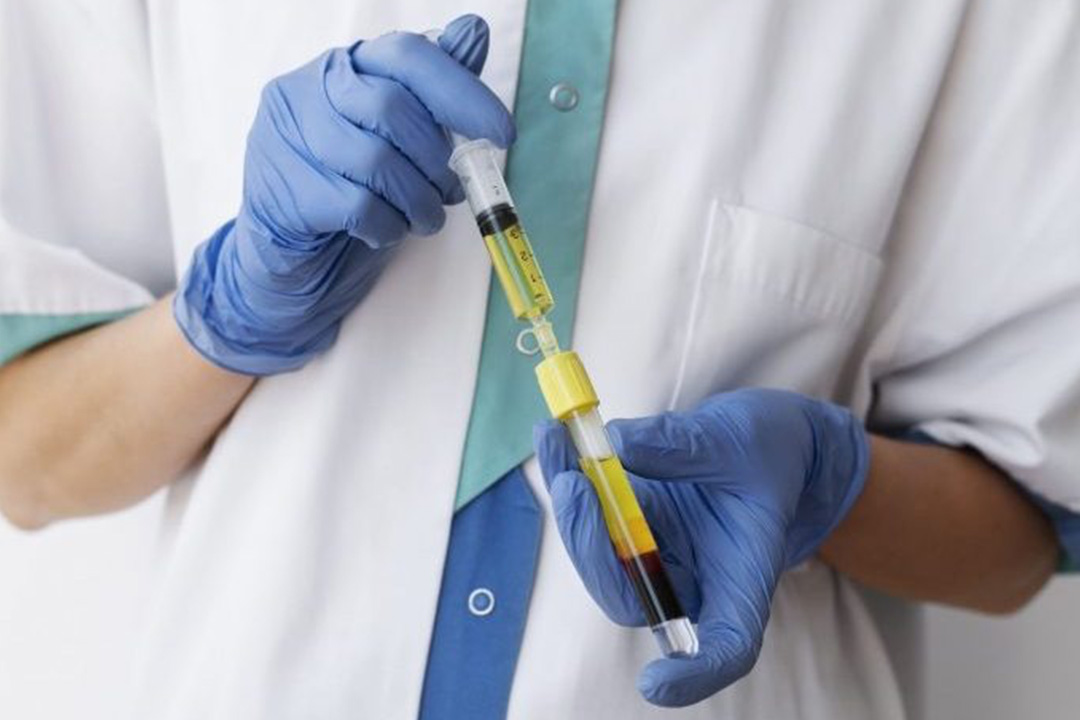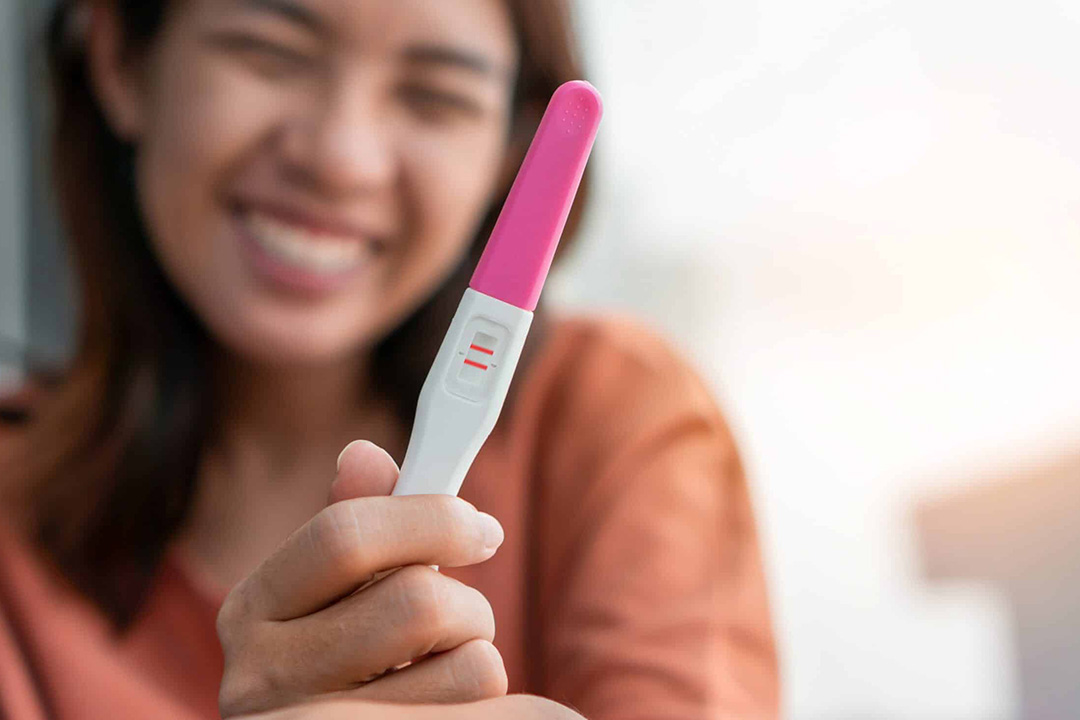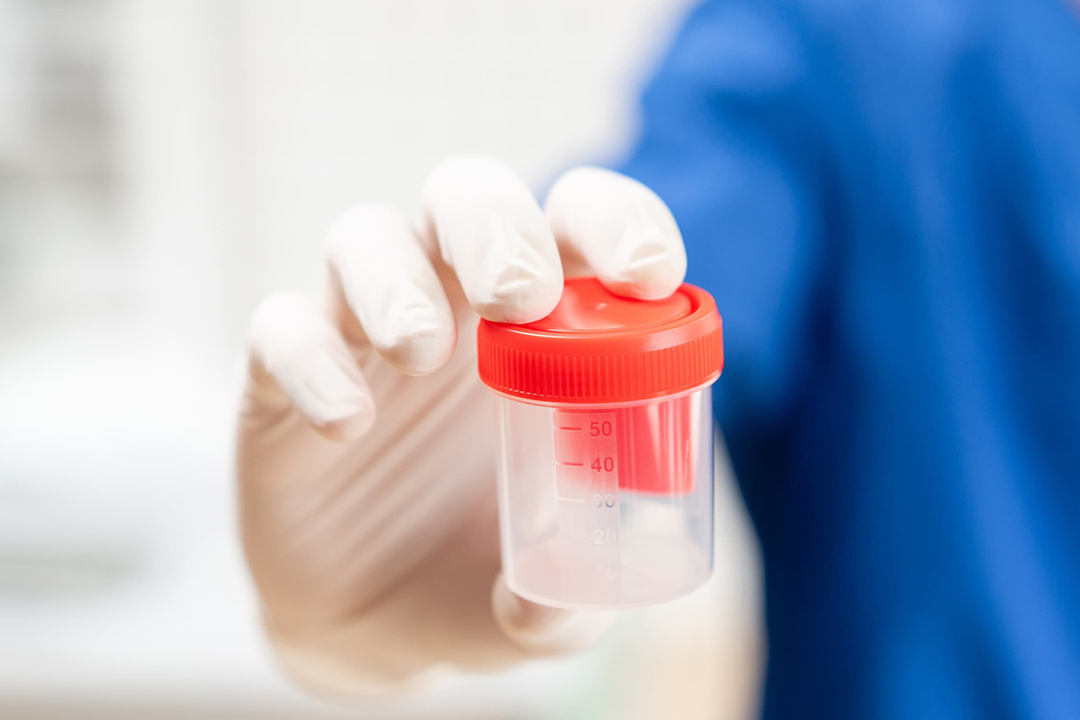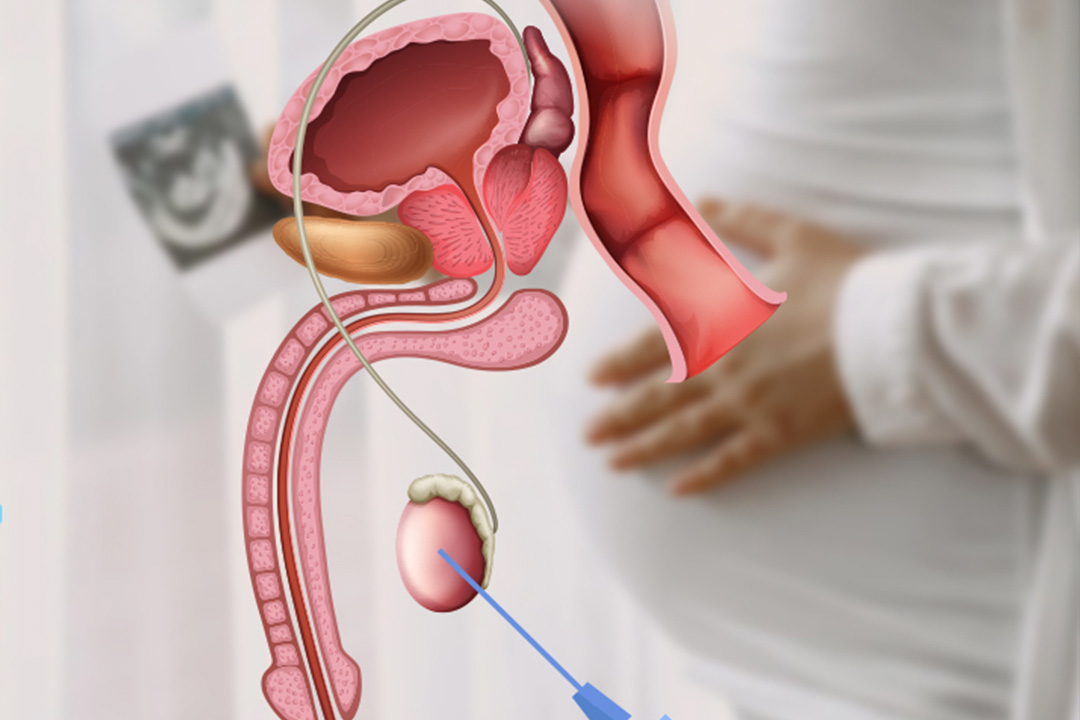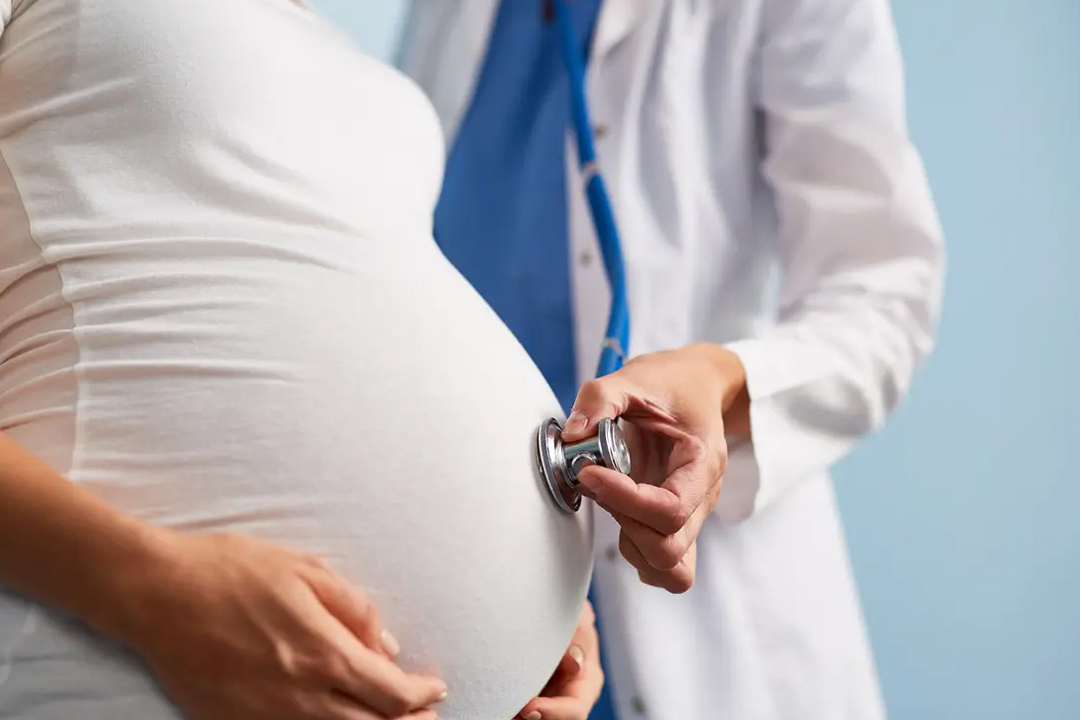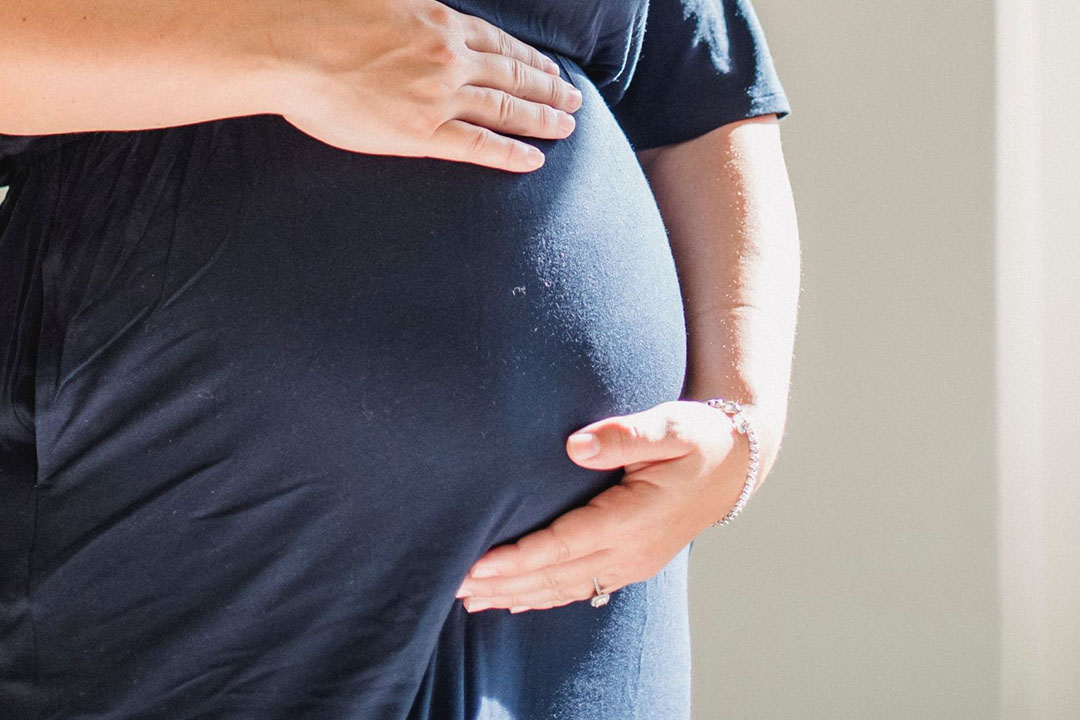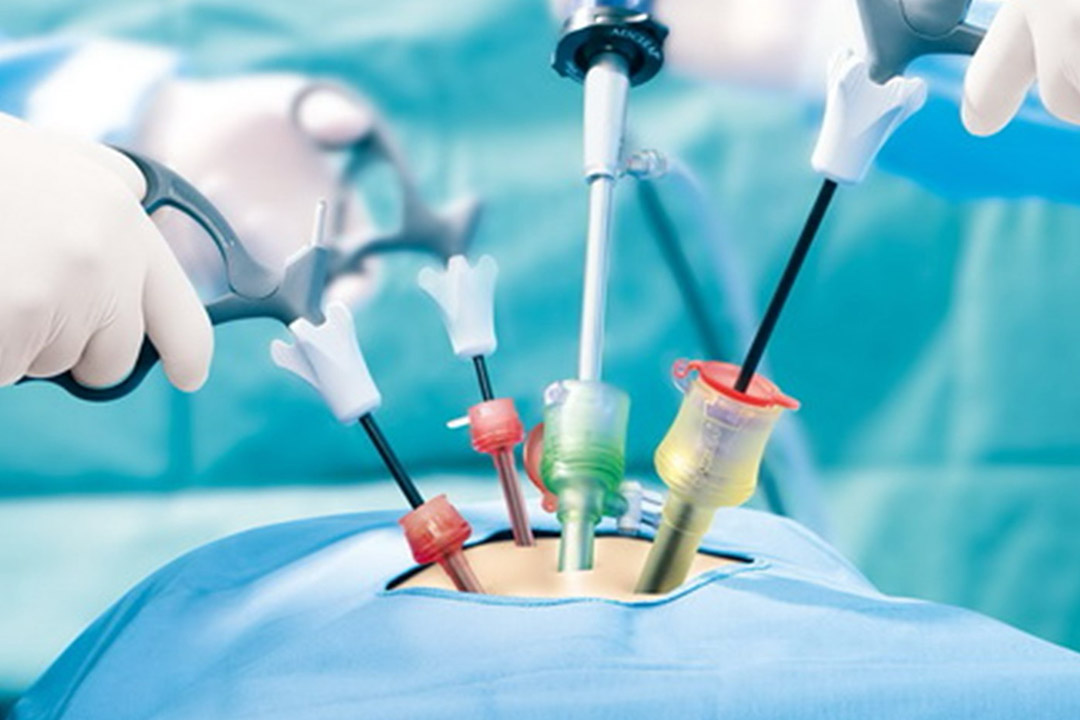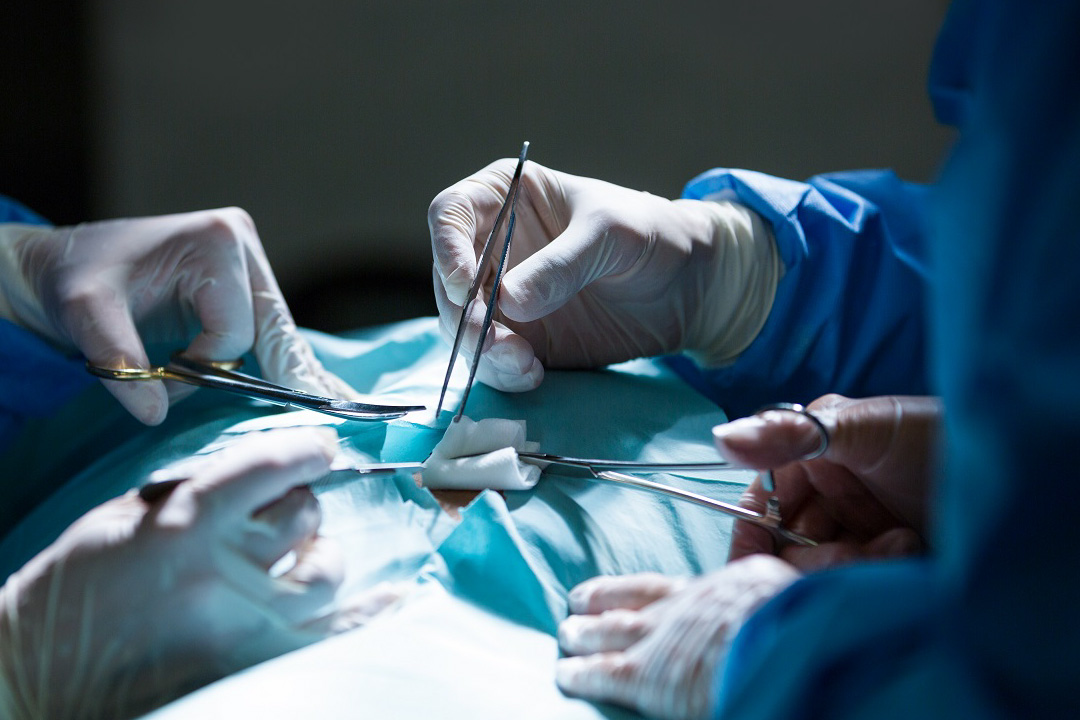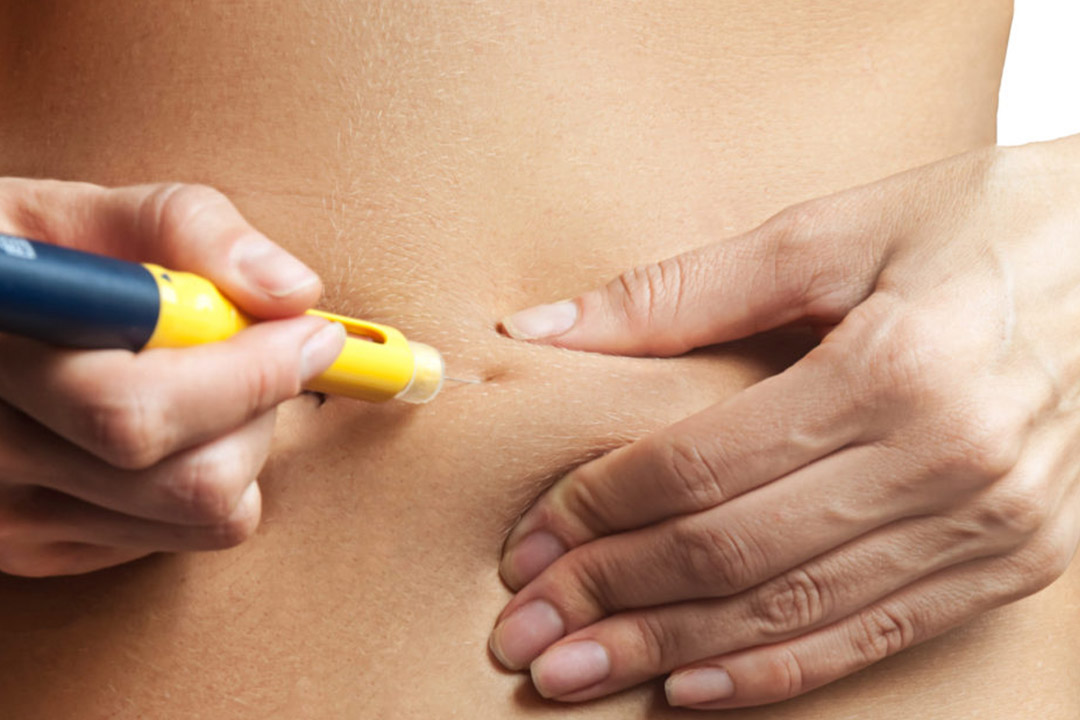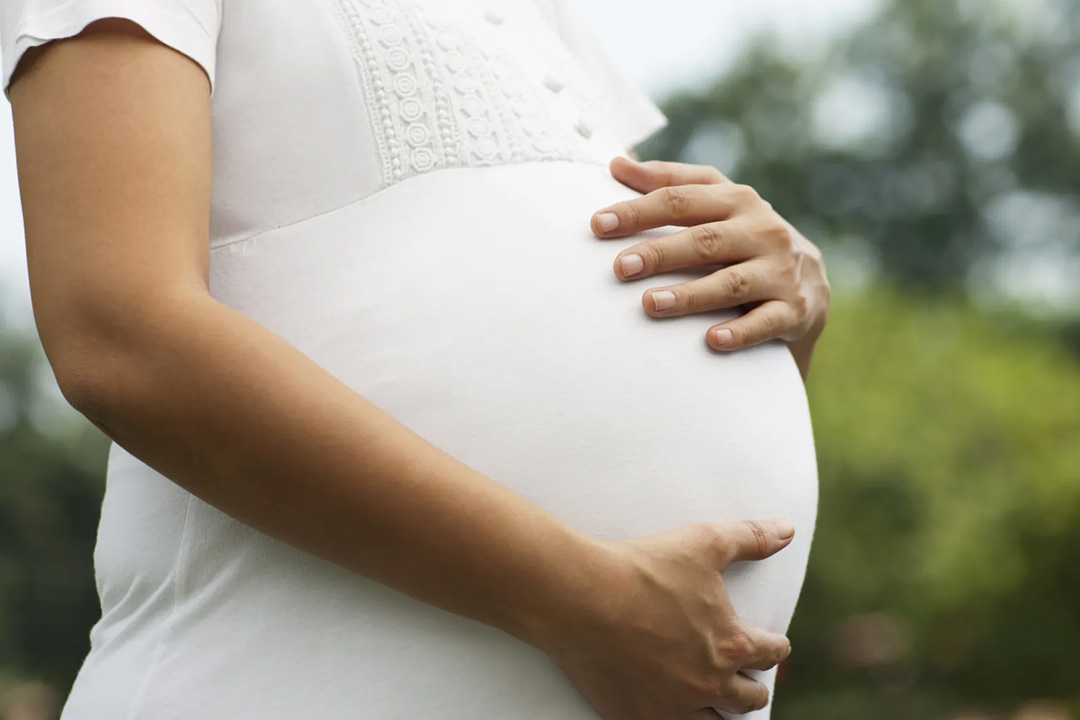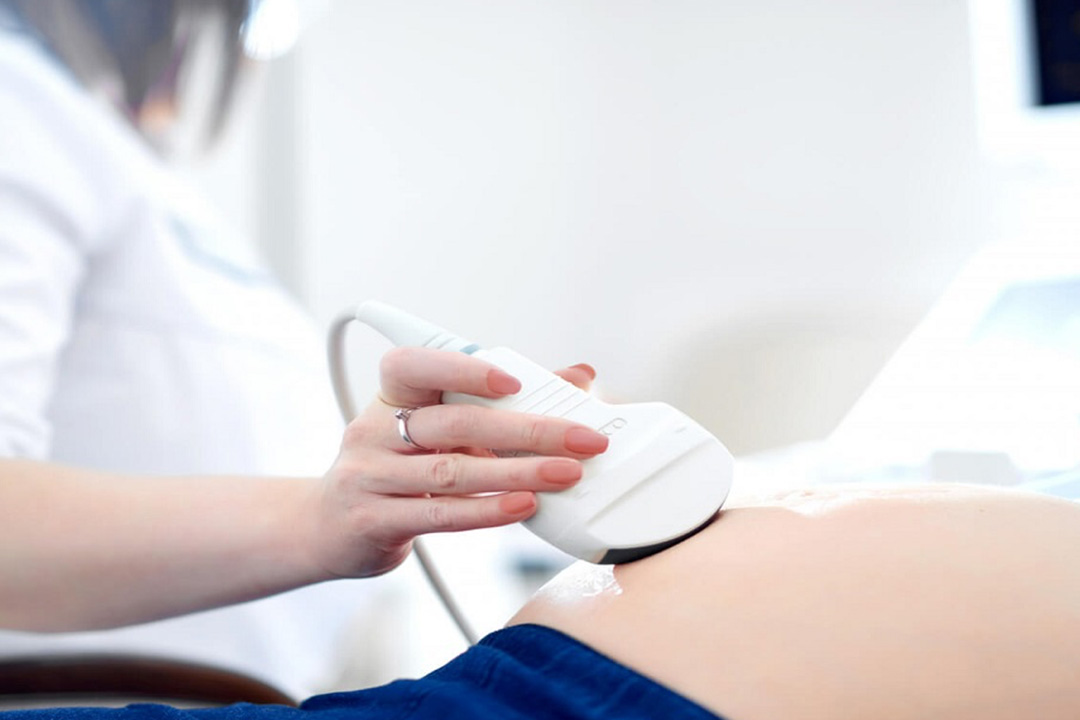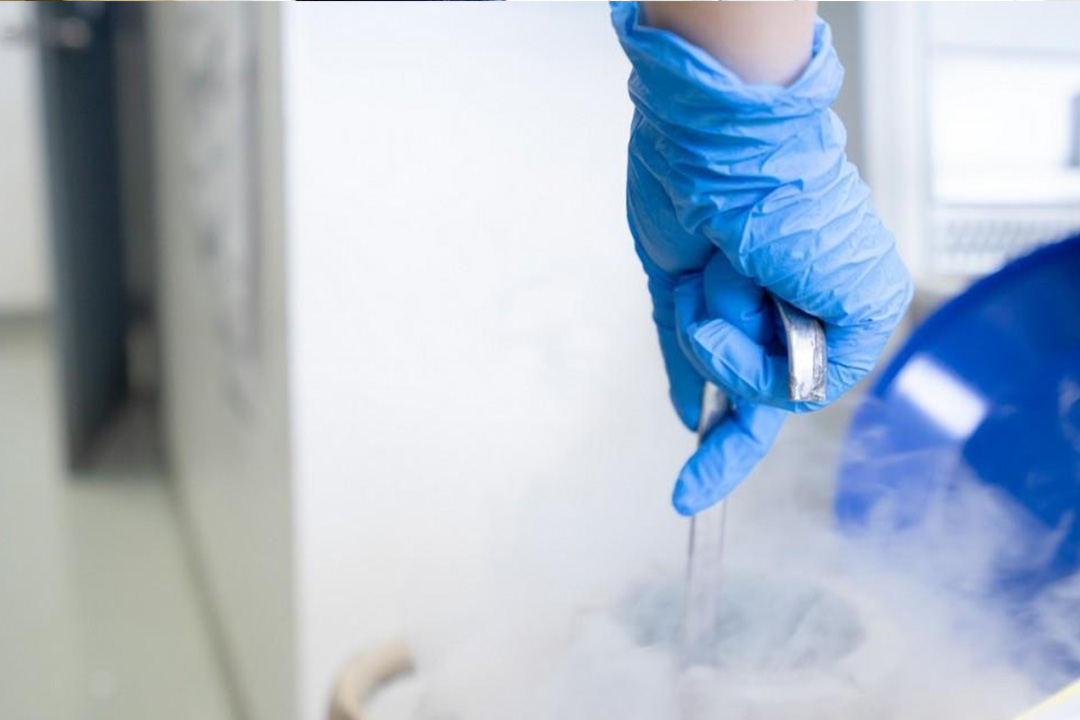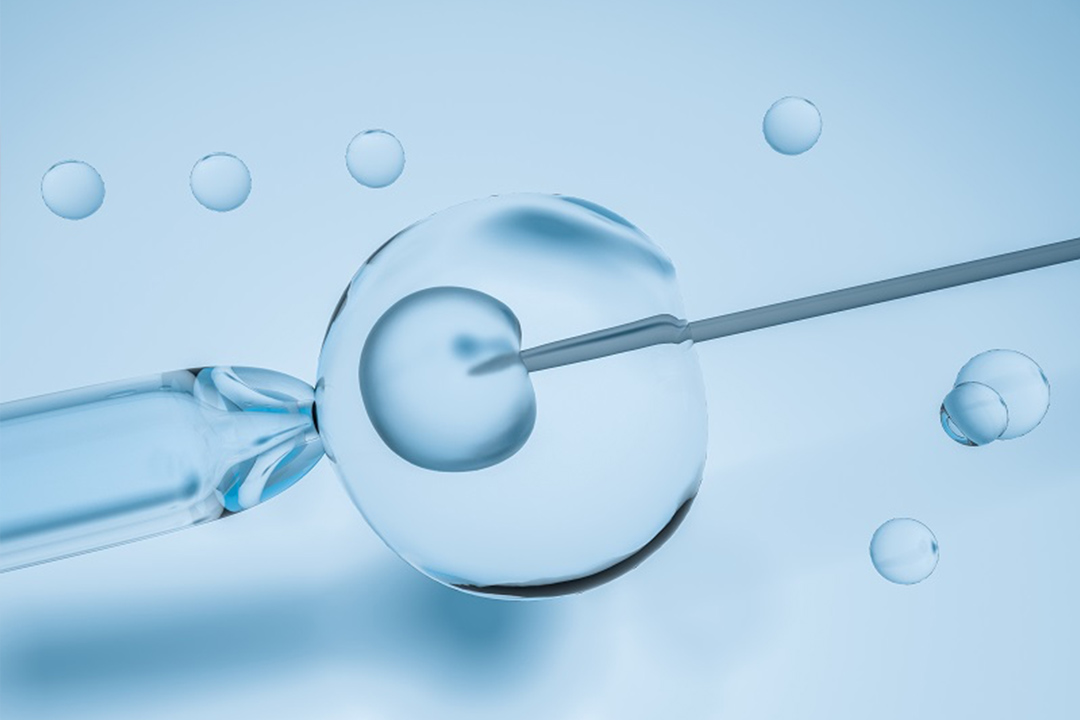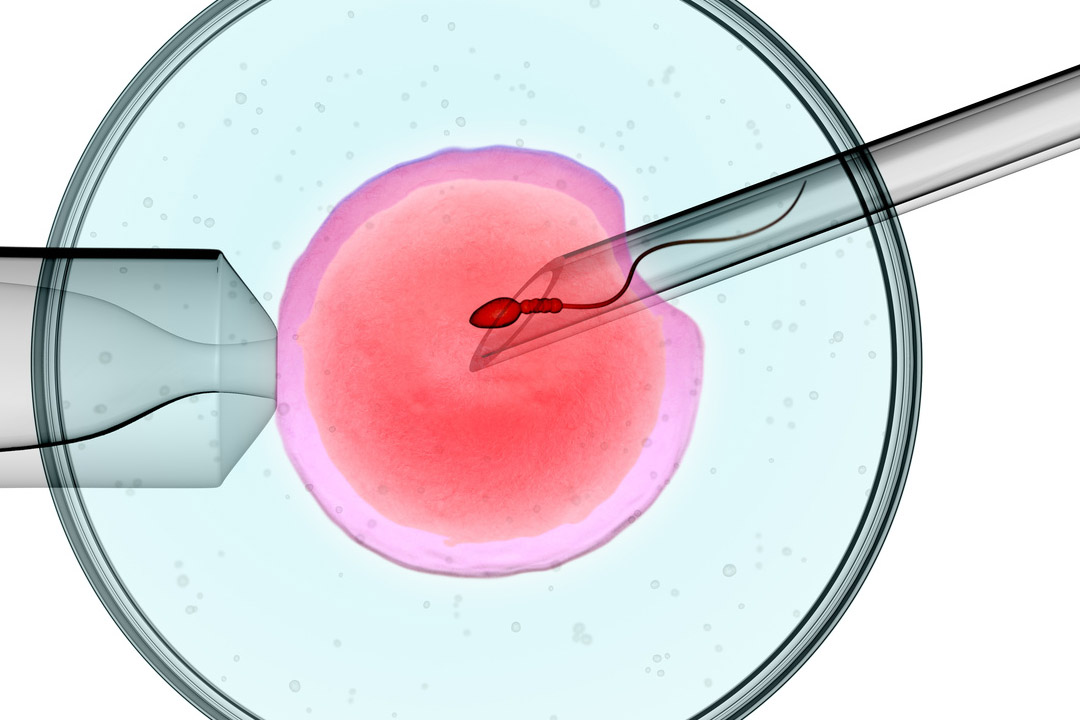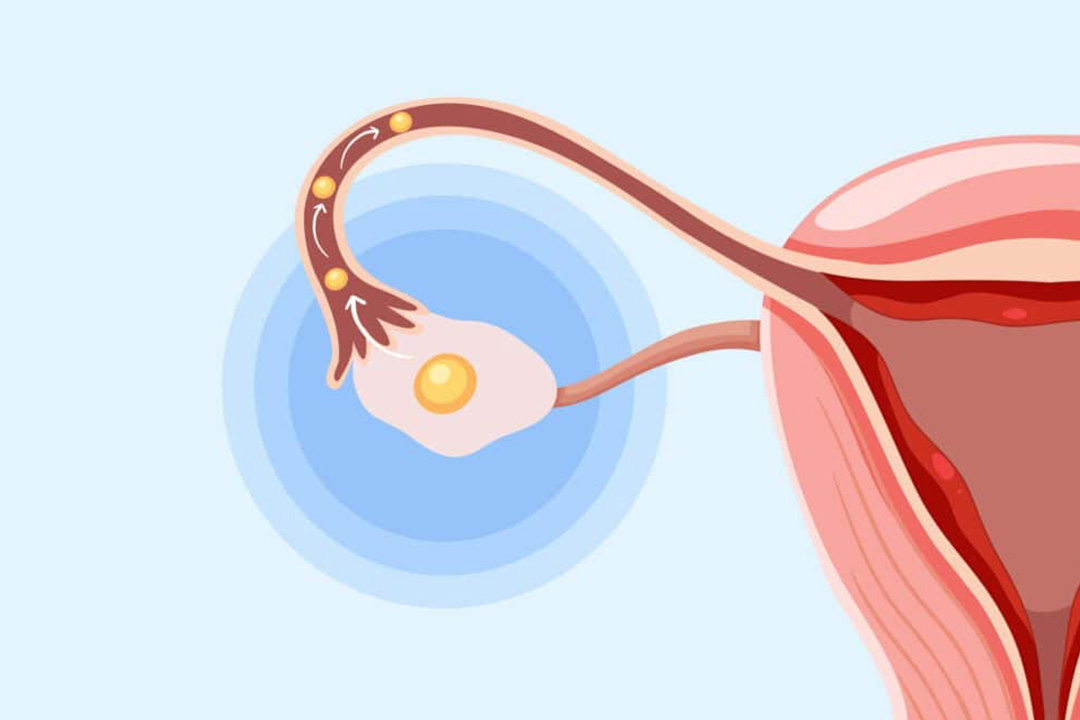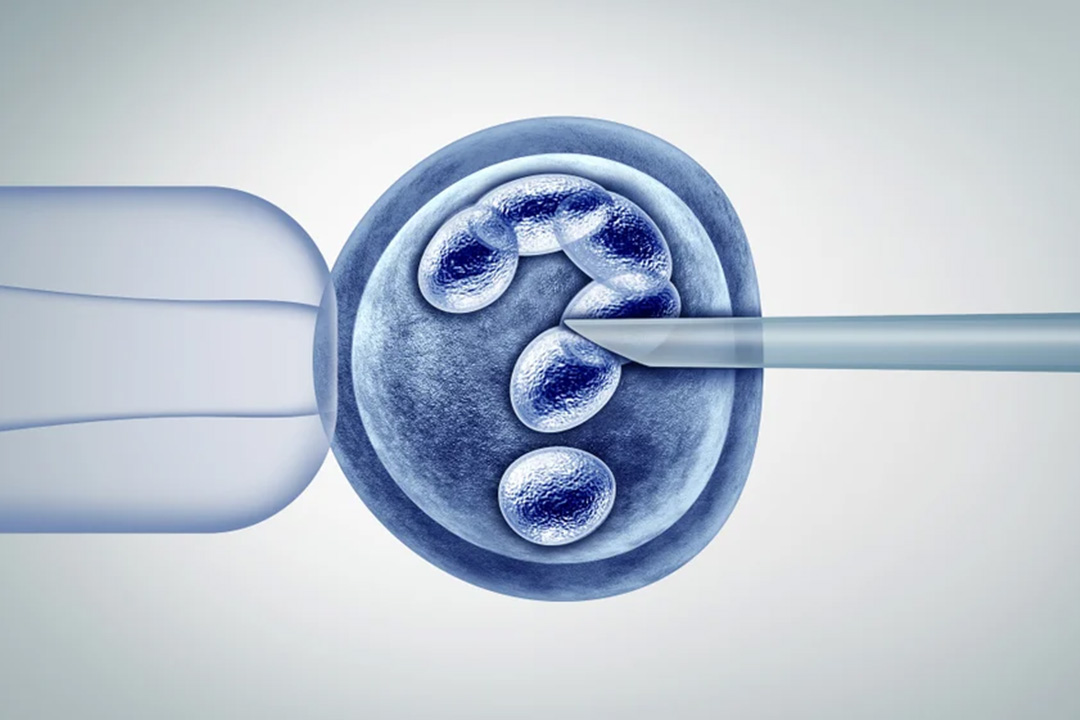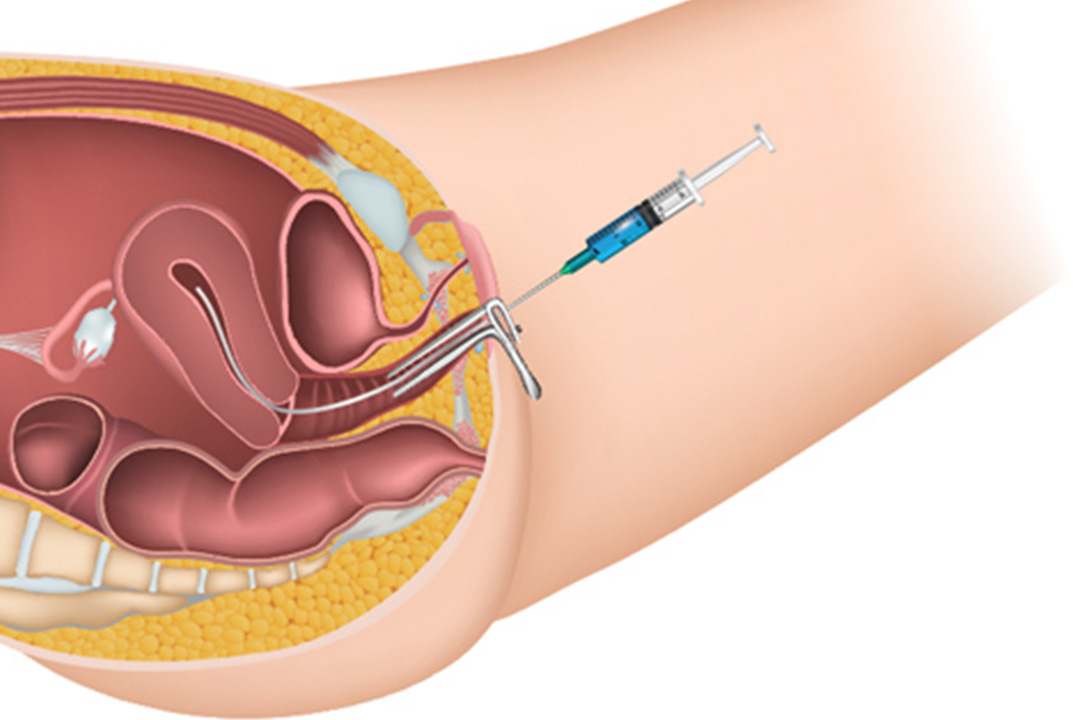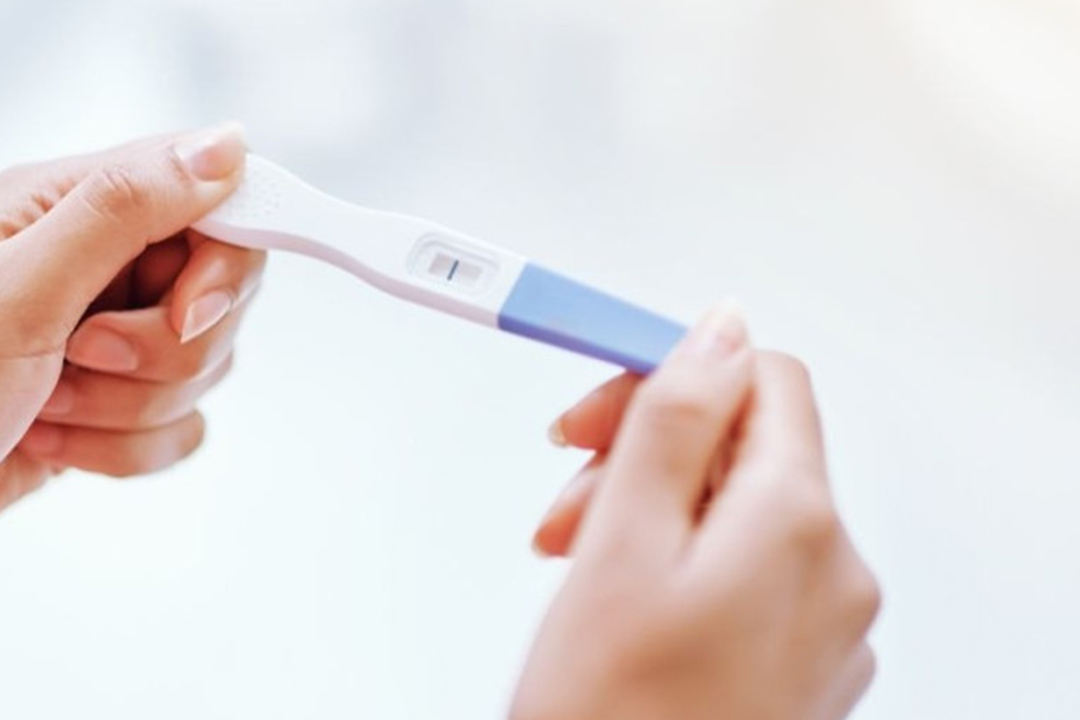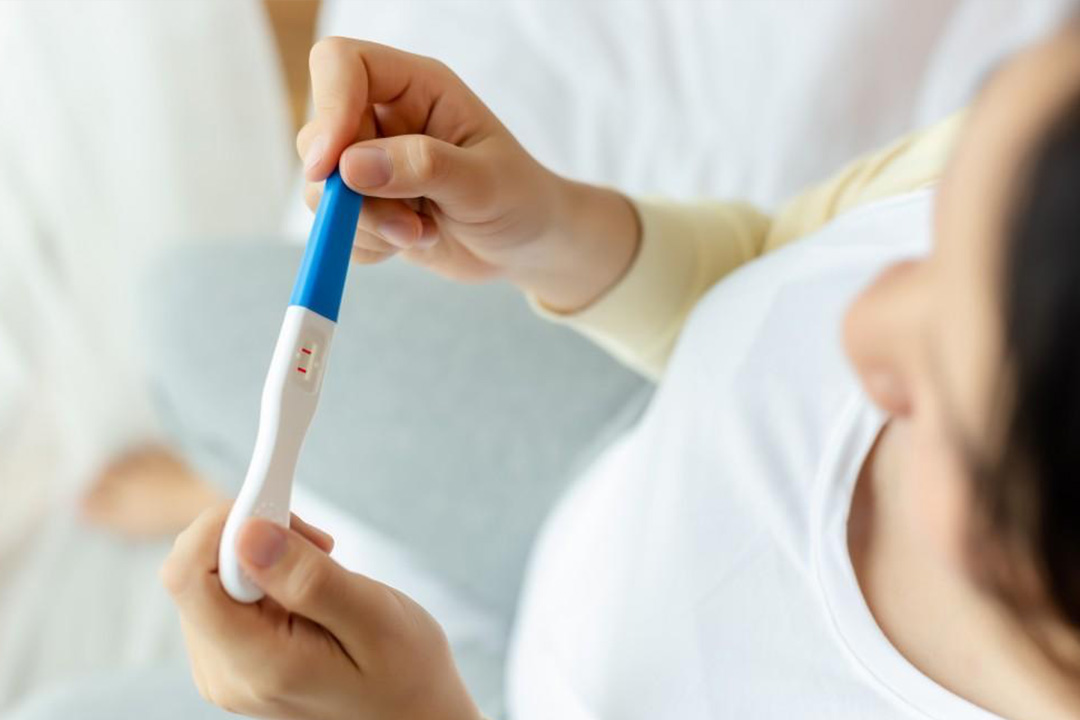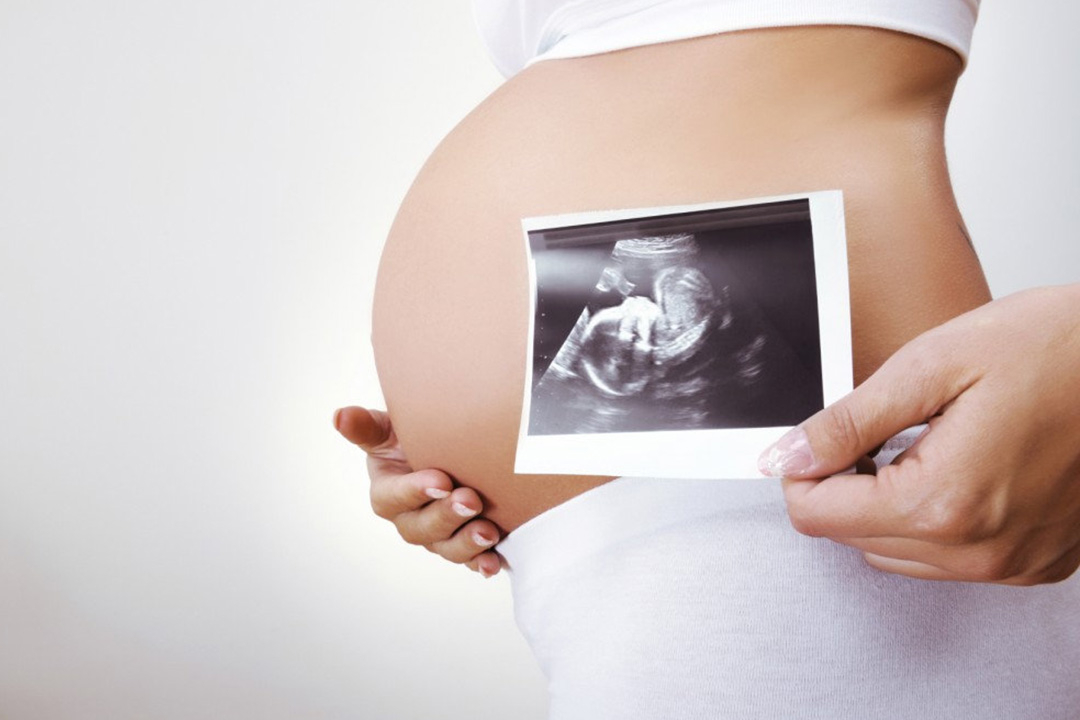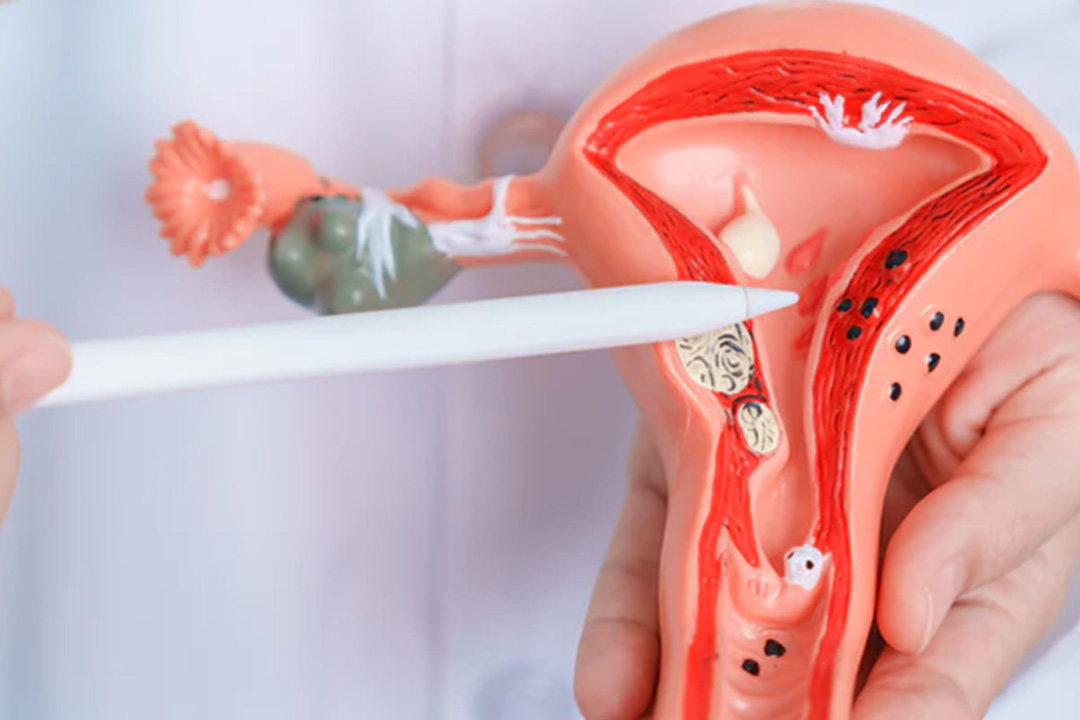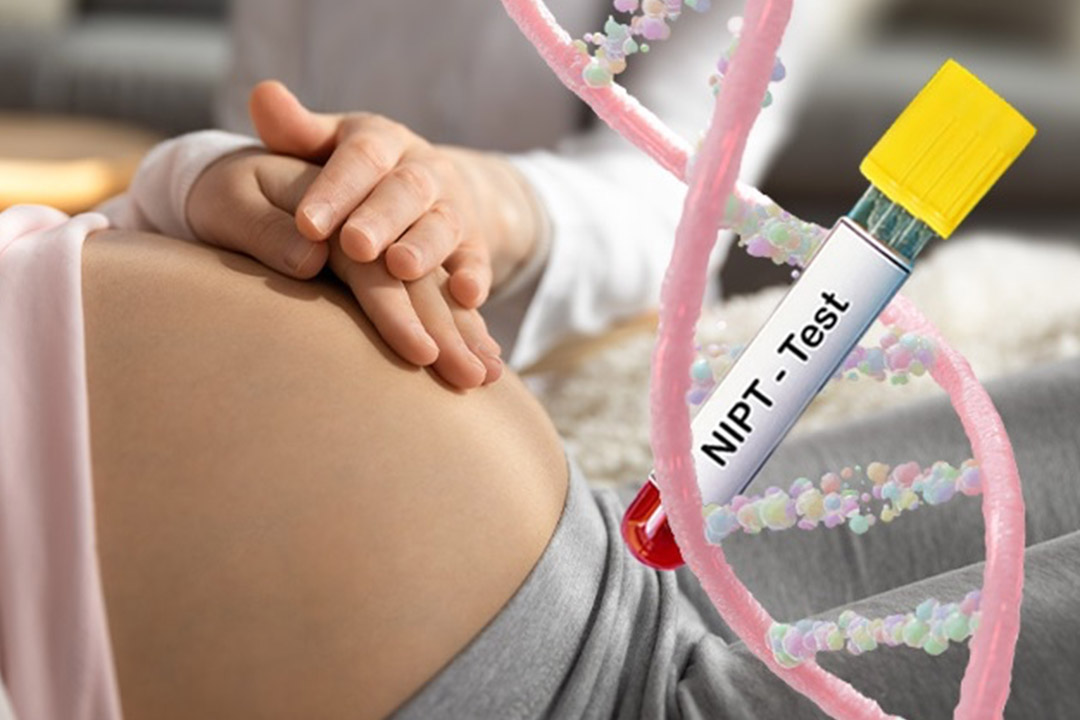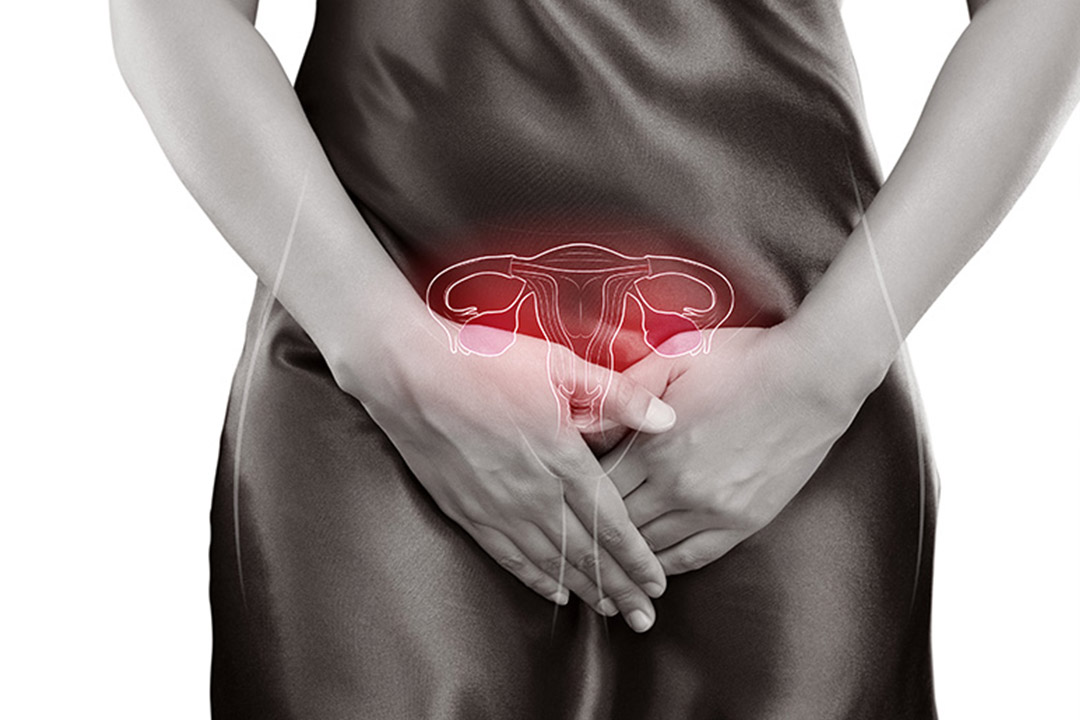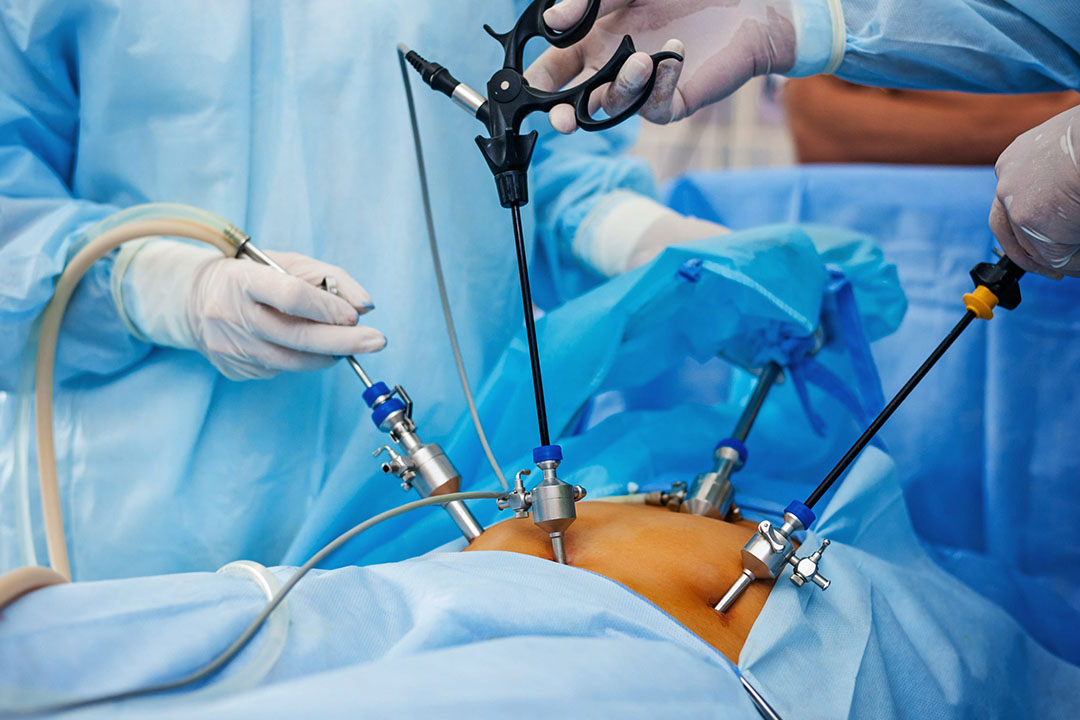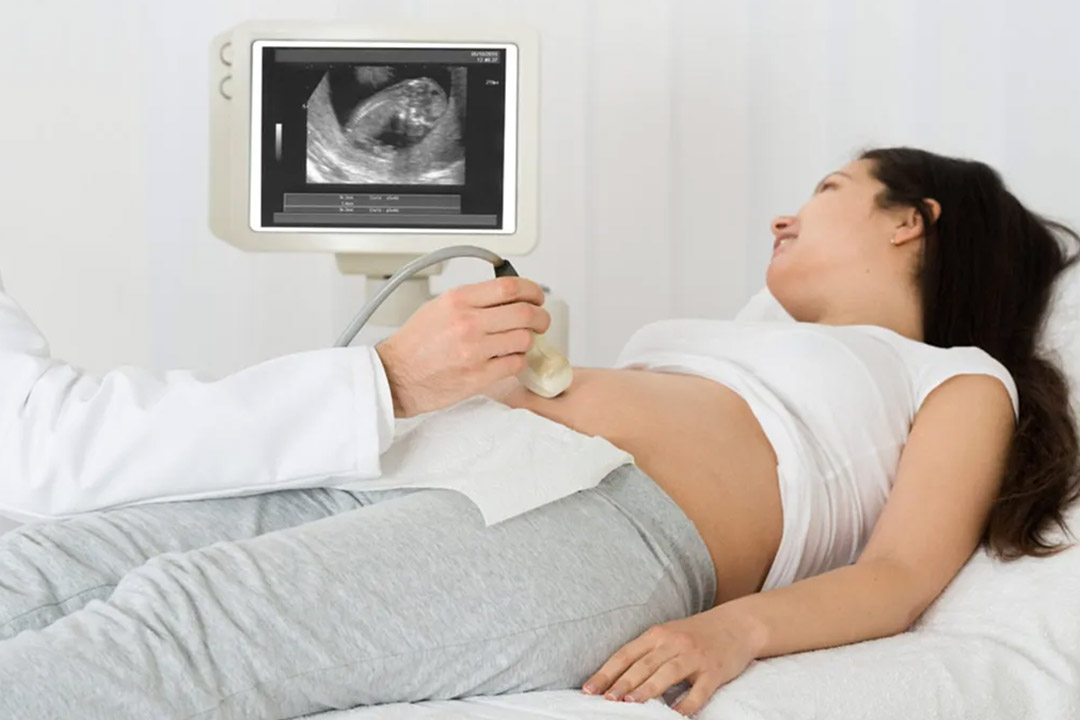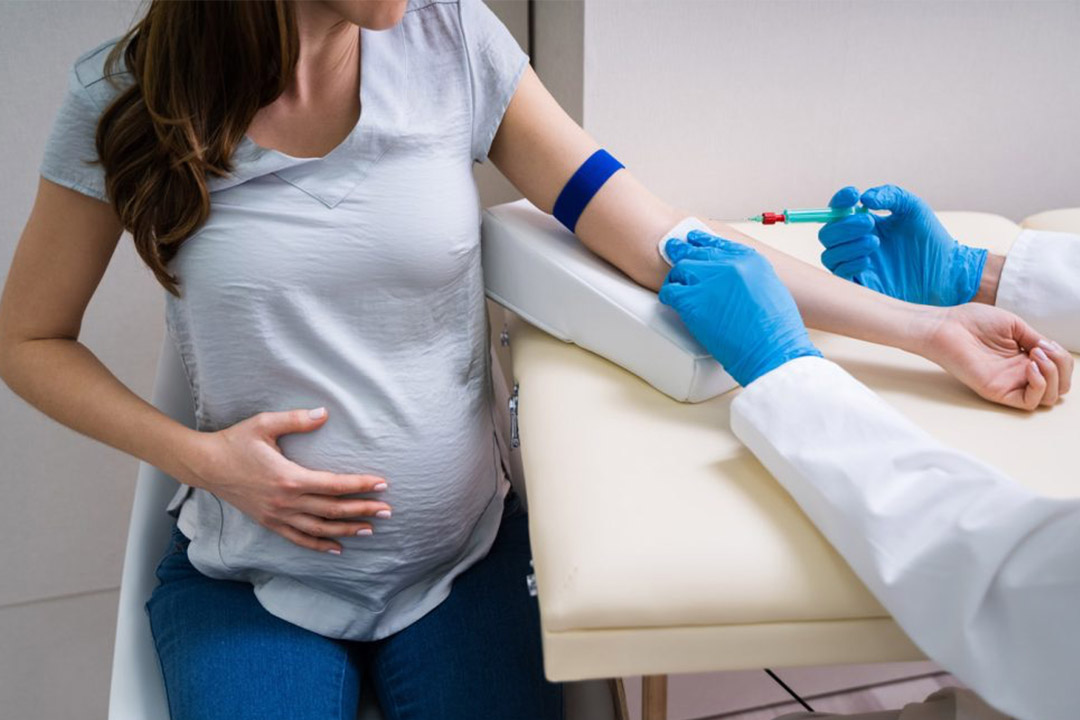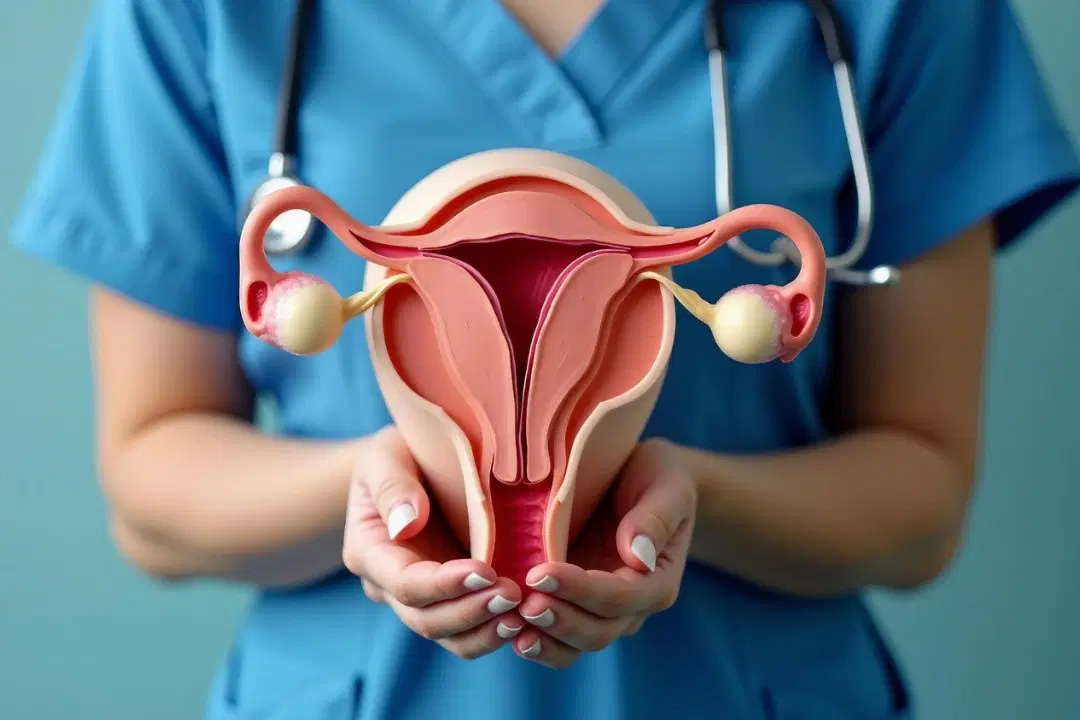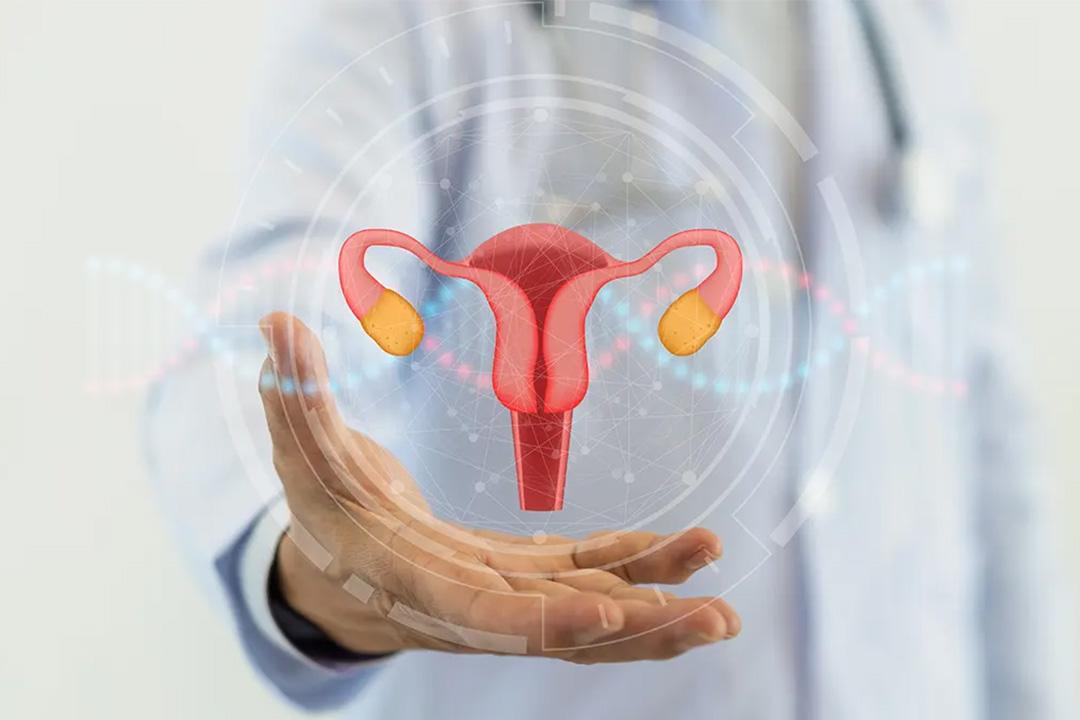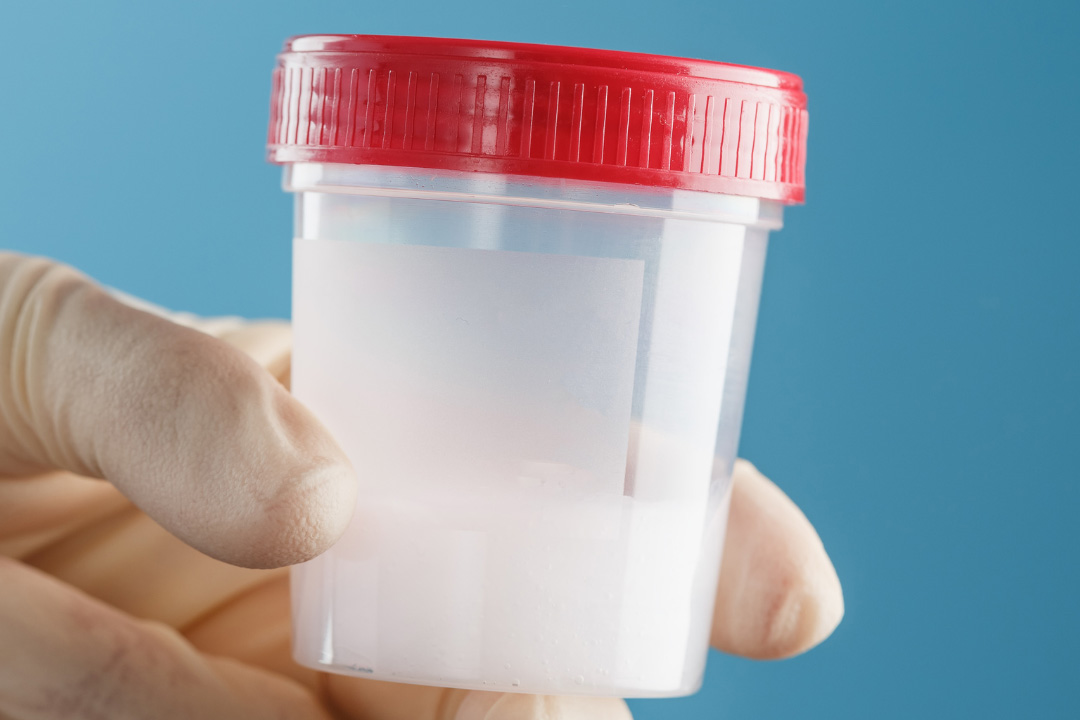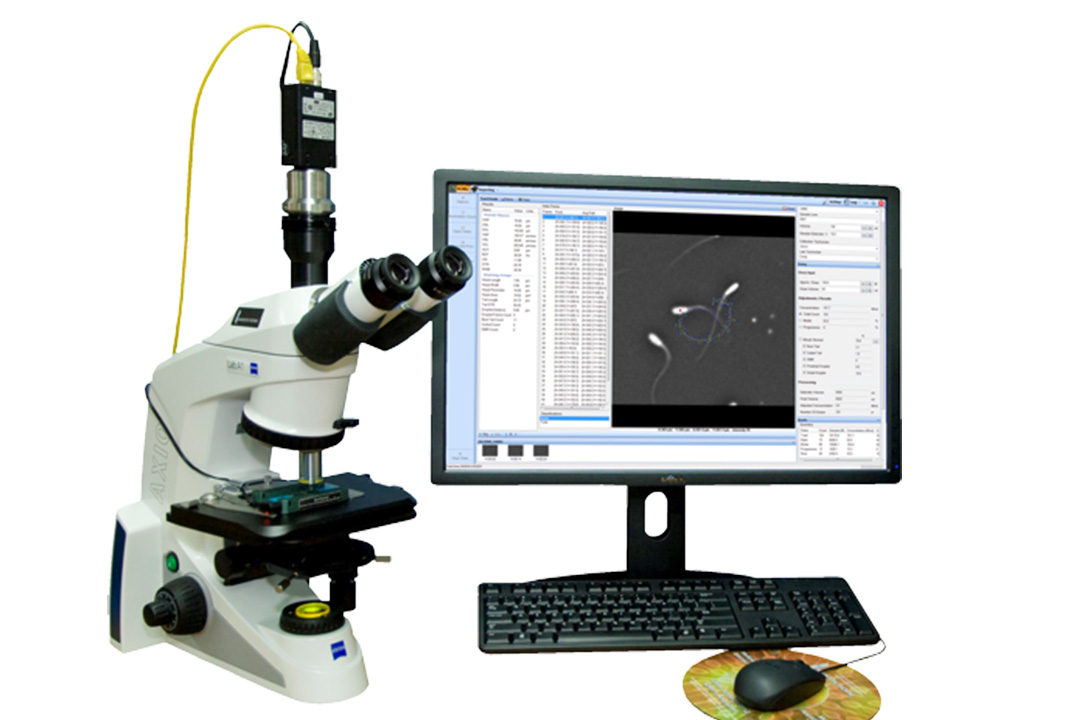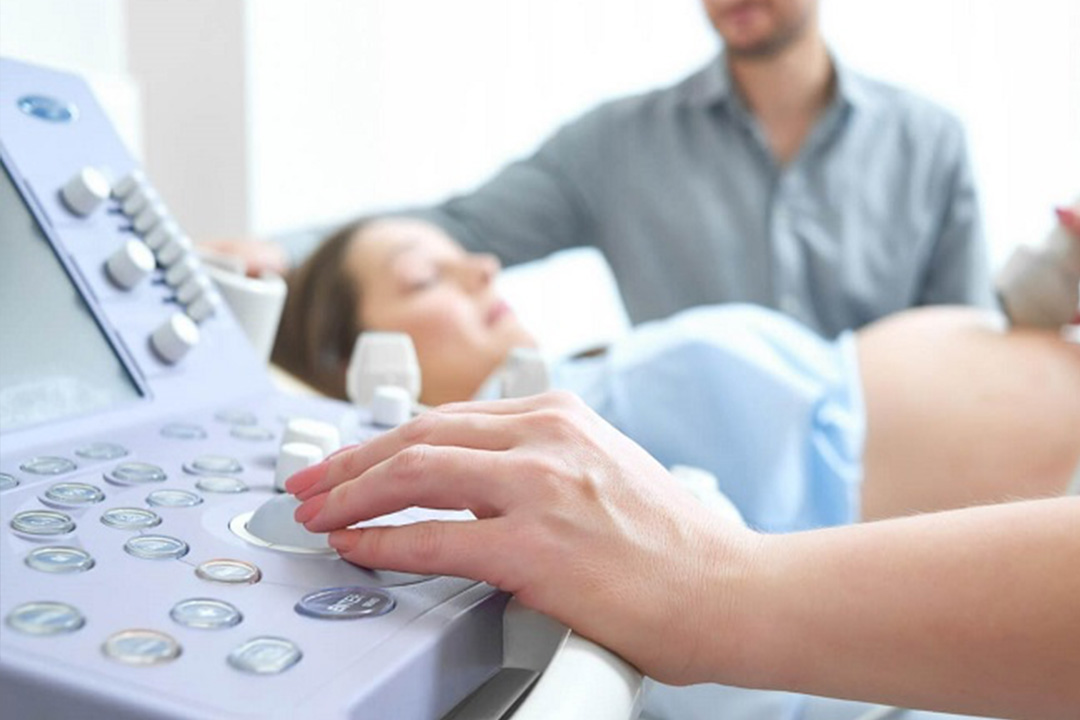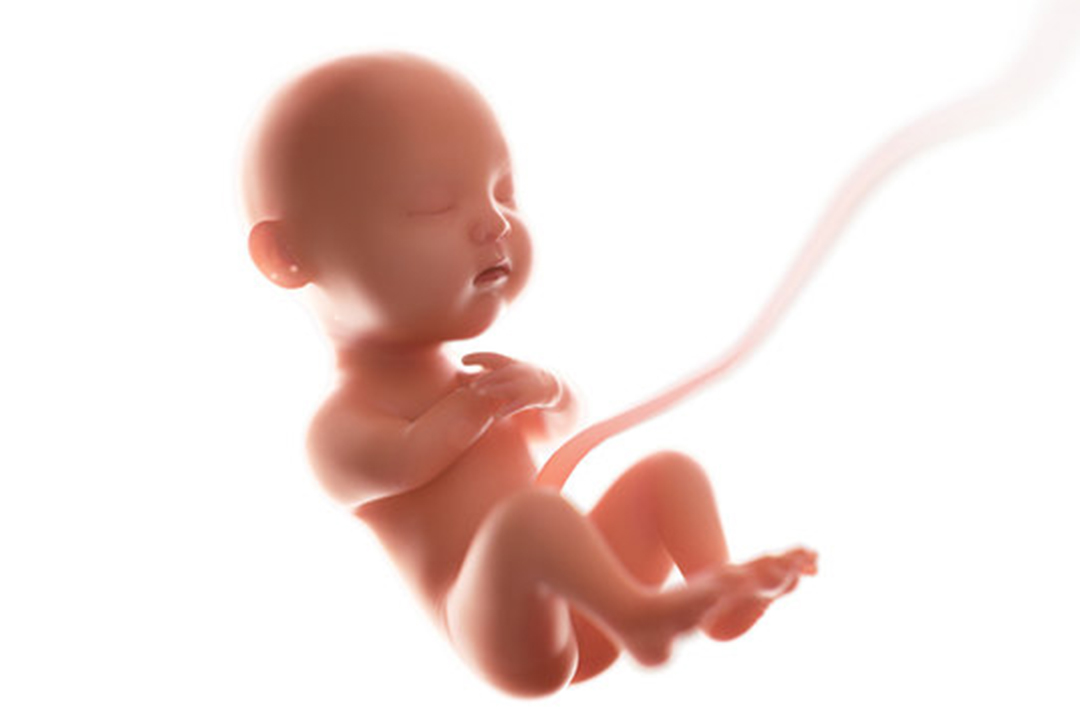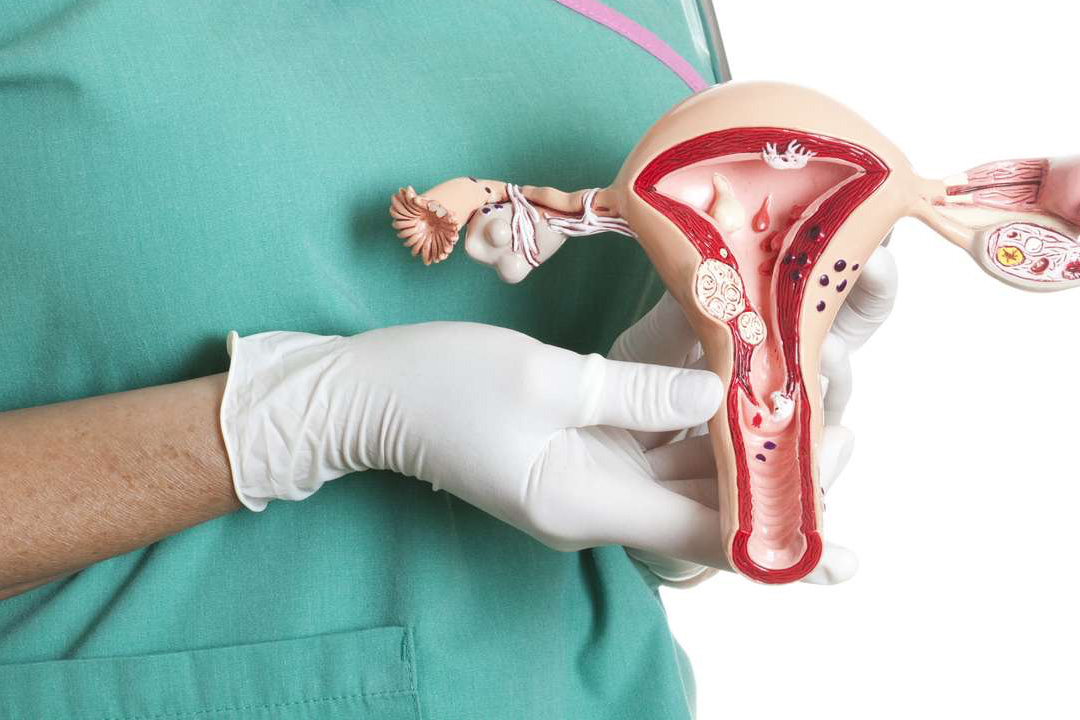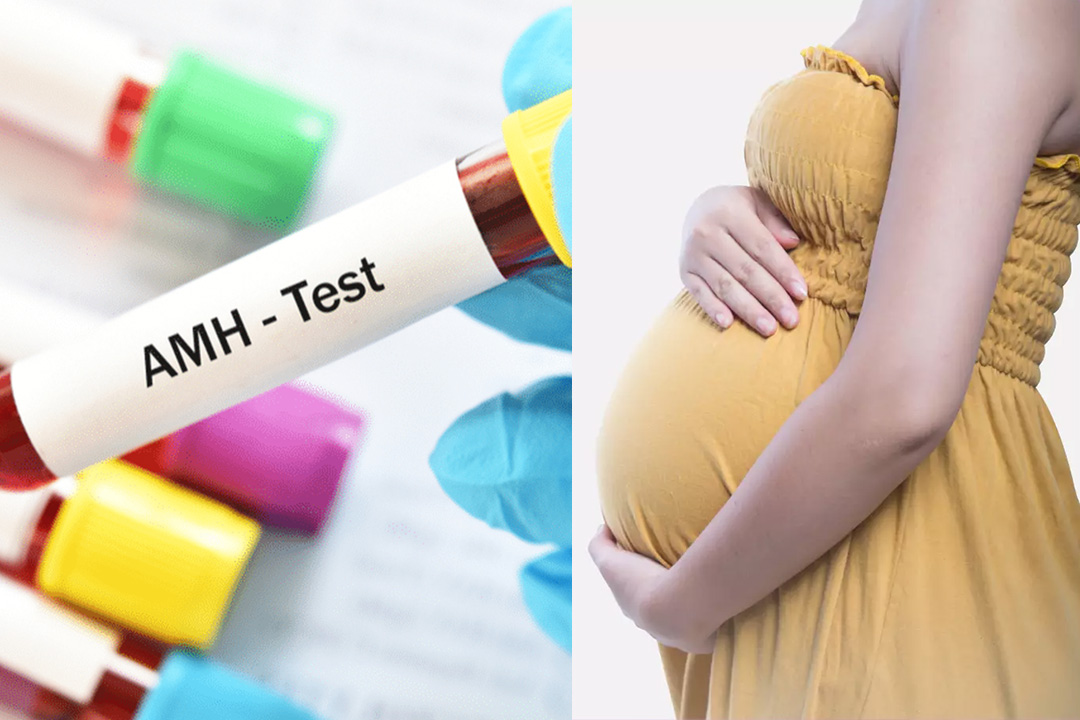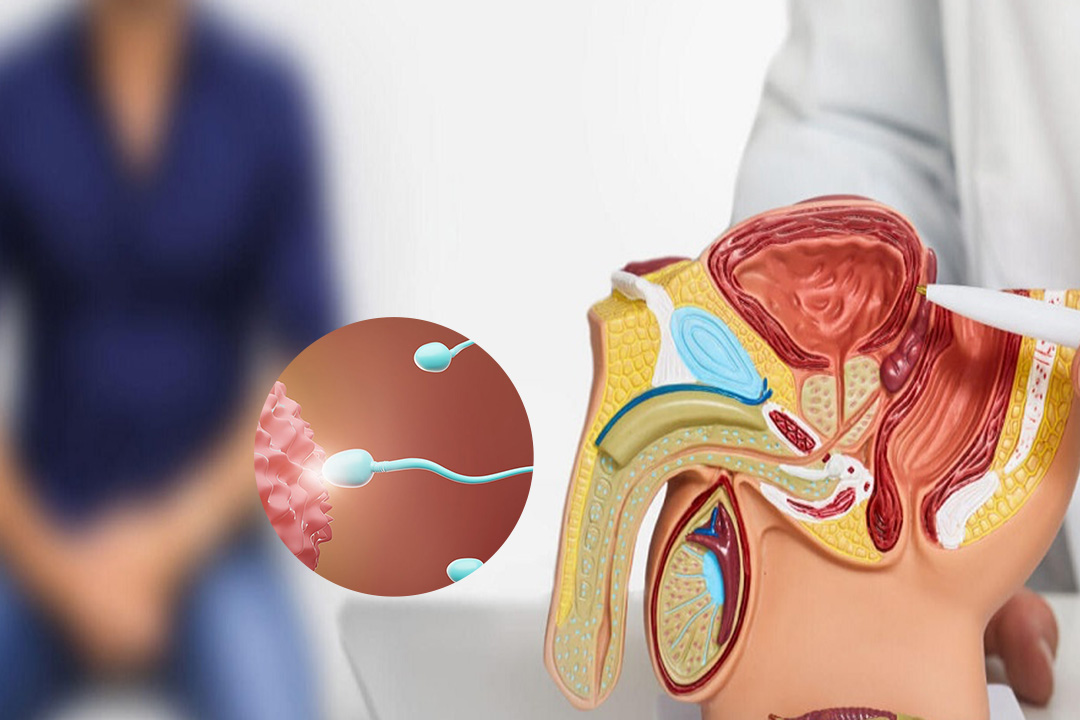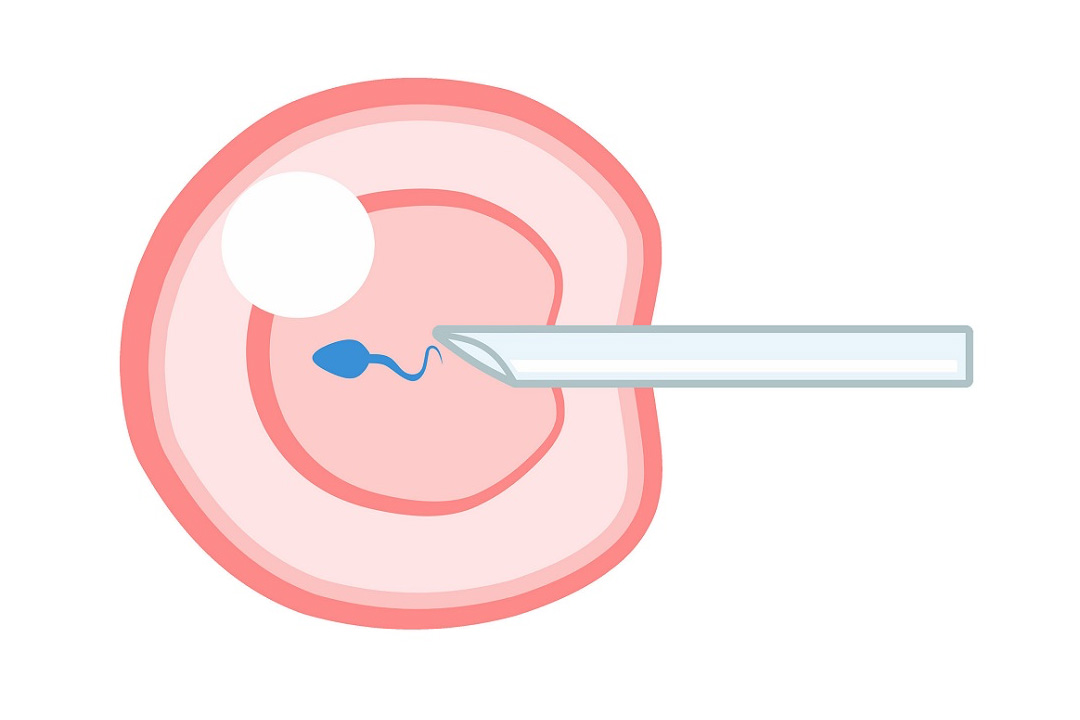IVF Process Timeline: A Step-by-Step Guide
Deciding to go for in vitro fertilization (IVF) is a significant step toward building your family. Many hopeful parents wonder how long the entire IVF process will take, from the initial consultation to finding out if you are pregnant. In this guide, we break down the IVF process timeline into clear, easy-to-follow steps.
You will learn what to expect before, during, and after each phase of treatment. This article is to help you feel more prepared and less anxious as you move through your fertility journey.
Preparation Before IVF
Before you even start the IVF cycle itself, you must prepare your body for treatment. This preparation can take several weeks or even months. It is an important stage where you complete various tests and make lifestyle changes to improve your chances for success.
Initial Consultation and Fertility Assessment
Your journey begins with an initial consultation with a fertility specialist or reproductive endocrinologist. During this appointment, your doctor reviews your medical history and discusses any previous fertility issues. The consultation also includes several important tests to assess your reproductive health. Common tests include:
- Comprehensive blood work
- Genetic carrier screening
- Transvaginal ultrasound to check ovarian reserve
- Evaluations of the uterus and fallopian tubes
- Semen analysis (for male partners)
These tests help create a complete picture of your fertility health. They allow the doctor to design a treatment plan that is tailored specifically for you. This phase may last about three to four weeks, depending on your unique situation.
Focusing on Preconception Health
Good preconception health is essential for successful IVF outcomes. It is best to start optimizing your health approximately three months before beginning an IVF cycle. You should follow a physician-approved health regimen, which might include:
- Taking prenatal vitamins
- Drinking plenty of water
- Improving your sleep habits
- Eating a balanced, nutritious diet
- Limiting alcohol and caffeine
- Stopping smoking
These lifestyle changes help reduce stress on your body and prepare your cells for the demands of fertility treatment. You may also want to assemble a strong emotional support network and review your insurance benefits to understand coverage.
The Eight Stages of the IVF Cycle
Once your pre-IVF testing and preparations are complete, the actual IVF cycle starts. The cycle is divided into several stages. Although the detailed timeline varies for each person, here is an outline of a typical IVF process.
Stage 1: Oral Contraceptives (Approximately 10-14 Days)
It might seem unusual, but many IVF patients begin by taking oral contraceptives for about 10 to 14 days. This step prepares your ovaries for the upcoming treatment. The contraceptives help control the timing of your cycle. They encourage your follicles to grow together evenly during the next stage, which in turn supports ovarian health and improves the outcomes during stimulation.
Stage 2: Ovarian Stimulation (Approximately 10 to 14 Days)
After stopping the oral contraceptives, you start ovarian stimulation. During this stage, you take fertility medications to encourage your ovaries to produce multiple eggs. In a natural cycle, your body normally releases only one egg, but IVF requires several eggs to improve the chances of successful fertilization.
During ovarian stimulation, you will visit your fertility clinic every other day. These visits involve transvaginal ultrasounds and blood tests to monitor the development of your follicles. The results help your doctor determine when your eggs are ready for retrieval. This phase usually lasts between 10 to 14 days.
Stage 3: Egg Retrieval (Approximately 20 Minutes)
When your follicles have reached the proper size, your doctor will give you a trigger shot to help mature the eggs for retrieval. About 36 hours after this shot, you will undergo the egg retrieval procedure. Egg retrieval is a relatively short process, often lasting around 20 minutes.
During the procedure, you are given anesthesia to ensure comfort. A fine needle is used to extract the eggs from your ovaries. After the procedure, you spend time in a recovery area until you are well enough to go home, usually within an hour or so. Many patients take the rest of the day off and return to their normal activities the next day.
Stage 4: Sperm Collection and Fertilization (Same Day as Egg Retrieval)
On the day of egg retrieval, the male partner (or a sperm donor) provides a semen sample. If necessary, the sperm may be collected using surgical methods, especially if there are issues with natural ejaculation. Once collected, the sample is processed in a specialized laboratory. Here, embryologists separate and activate the healthiest sperm.
Fertilization happens in one of two ways. In conventional IVF, the processed sperm is mixed with the retrieved eggs and allowed to fertilize naturally. Alternatively, in intracytoplasmic sperm injection (ICSI), a single sperm is directly injected into an egg. These techniques are performed outside the body in a controlled laboratory setting.
Stage 5: Embryo Culture and Development (5 to 6 Days)
After fertilization, the resulting embryos are cultured in the laboratory for about 5 to 6 days. During this time, embryologists carefully monitor the embryos as they grow from the single-cell stage into more complex structures.
The goal is to allow them to reach the blastocyst stage, which is generally considered the best stage for transferring an embryo back into the uterus. Patients who have fewer high-quality embryos may have an earlier transfer, around 2 or 3 days after fertilization, if needed.
Stage 6: Genetic Testing (Optional; Adds 4 to 6 Weeks)
Some patients choose to have their embryos tested for genetic abnormalities before transfer. This process, known as preimplantation genetic testing (PGT), involves sampling a few cells from each embryo to check for chromosomal normality or specific genetic conditions.
Although this step adds an extra 4 to 6 weeks to the overall timeline, it offers the highest certainty for a genetically healthy pregnancy. Meanwhile, the embryos not immediately transferred are safely frozen until the results are ready.
Stage 7: Embryo Transfer (Approximately 5-30 Minutes)
After the embryos have been cultured and, if chosen, genetically tested, it is time for the embryo transfer. The transfer is a simple, usually pain-free procedure that takes only about 5 to 30 minutes.
During this process, a selected embryo is placed into the uterus using a thin catheter. Unlike the egg retrieval, no anesthesia is required for the embryo transfer. You are awake during the procedure and can resume normal activities immediately afterward.
After the transfer, there is a waiting period of about 9 to 13 days. This time is often referred to as the “two-week wait,” during which the embryo either implants in the uterus or does not.
Stage 8: Pregnancy Test and Follow-Up (Approximately 2 Weeks After Transfer)
About 11 to 13 days after the embryo transfer, you will return to the clinic for a pregnancy test. A blood test will measure the levels of the hormone hCG (human chorionic gonadotropin). The presence of hCG in your bloodstream indicates that the embryo has implanted and a pregnancy has begun. This period is a mix of anticipation and nervousness, as you wait for the results that will determine if your IVF journey has succeeded.
When Should You Consider Preconception Counseling?
Ideally, you should book your preconception counseling appointment at least three months before you start trying to get pregnant. This gives you enough time to make any lifestyle changes, complete any tests, or start treatments that might be recommended.
Even if you’re not planning to conceive right away, it’s a good idea for anyone with the potential to become pregnant to consider preconception counseling as part of their regular healthcare routine.
Reasons for Delays in the IVF Process
While the standard timeline provides a clear overview, sometimes the process can be delayed for various reasons. Understanding these factors can help you manage your expectations.
- Poor Ovarian Response;
Sometimes, the body does not respond as expected to fertility medications during ovarian stimulation. If fewer follicles develop than anticipated, the cycle may need to be adjusted or repeated to improve the odds of success. - Suboptimal Hormone Levels;
Hormone levels play a crucial role in the IVF process. If your hormone levels are not ideal, your doctor may postpone the cycle to achieve better conditions. While this delay can be disappointing, it is an important step to ensure the best chance for a healthy outcome in future cycles. - Embryo Screening;
If you opt for preimplantation genetic testing, this step can extend the timeline by several weeks. Although genetic testing adds time, it offers the advantage of ensuring that only genetically healthy embryos are used in the transfer process. This can significantly improve the success rates of the IVF cycle.
Conclusion
The IVF process timeline is a series of carefully planned stages, each designed to maximize your chances of achieving a successful pregnancy. From initial consultations and thorough preconception testing to ovarian stimulation, egg retrieval, fertilization, embryo culture, and finally the embryo transfer and pregnancy test, every step plays an important role.
About Us
AKsigen IVF is a premier center for advanced fertility treatments, with renowned fertility experts on our team. Specializing in IVF, ICSI, egg freezing, and other cutting-edge reproductive technologies, AKsigen IVF is committed to helping couples achieve their dream of parenthood. With personalized care and a patient-first approach, AKsigen IVF provides comprehensive fertility solutions under one roof.










